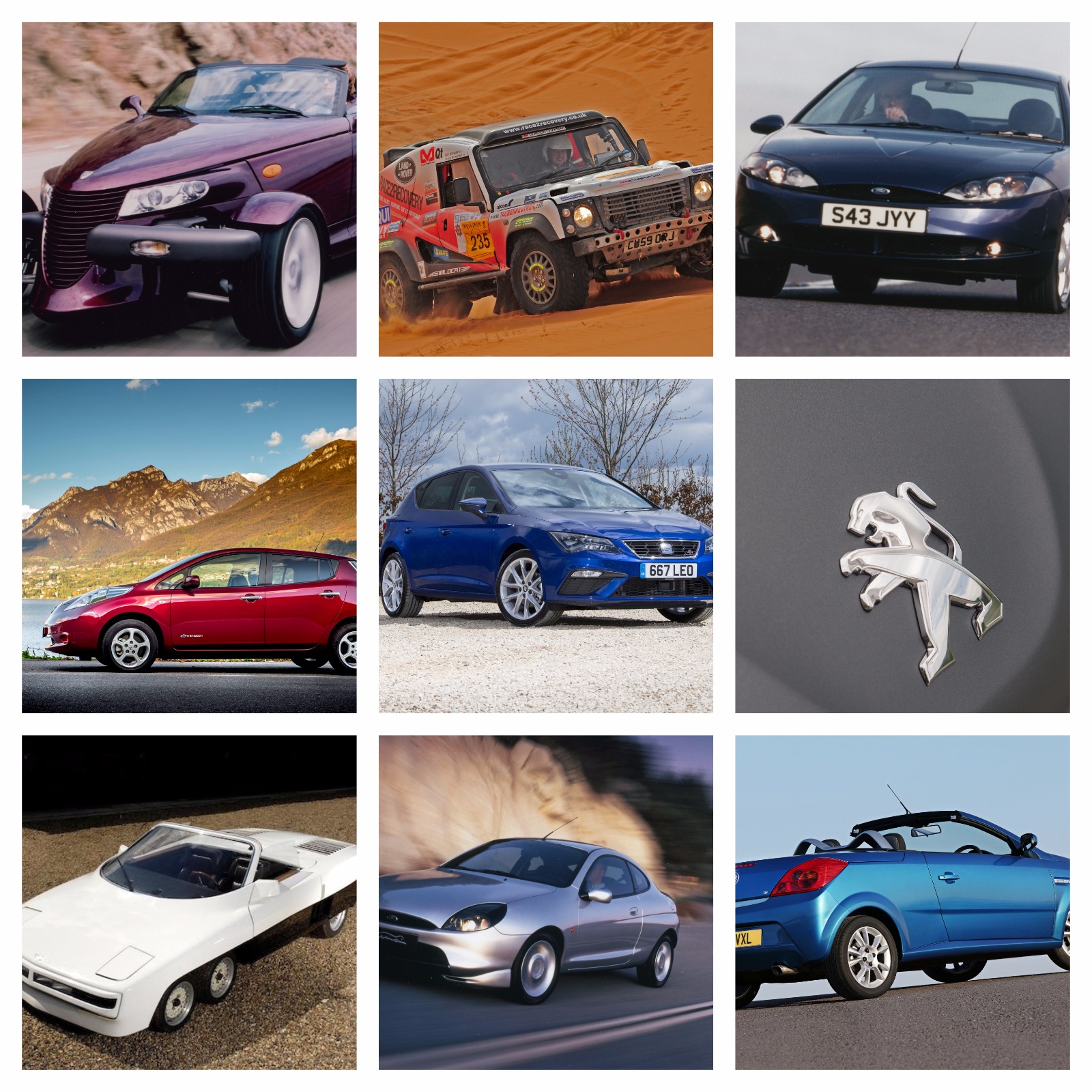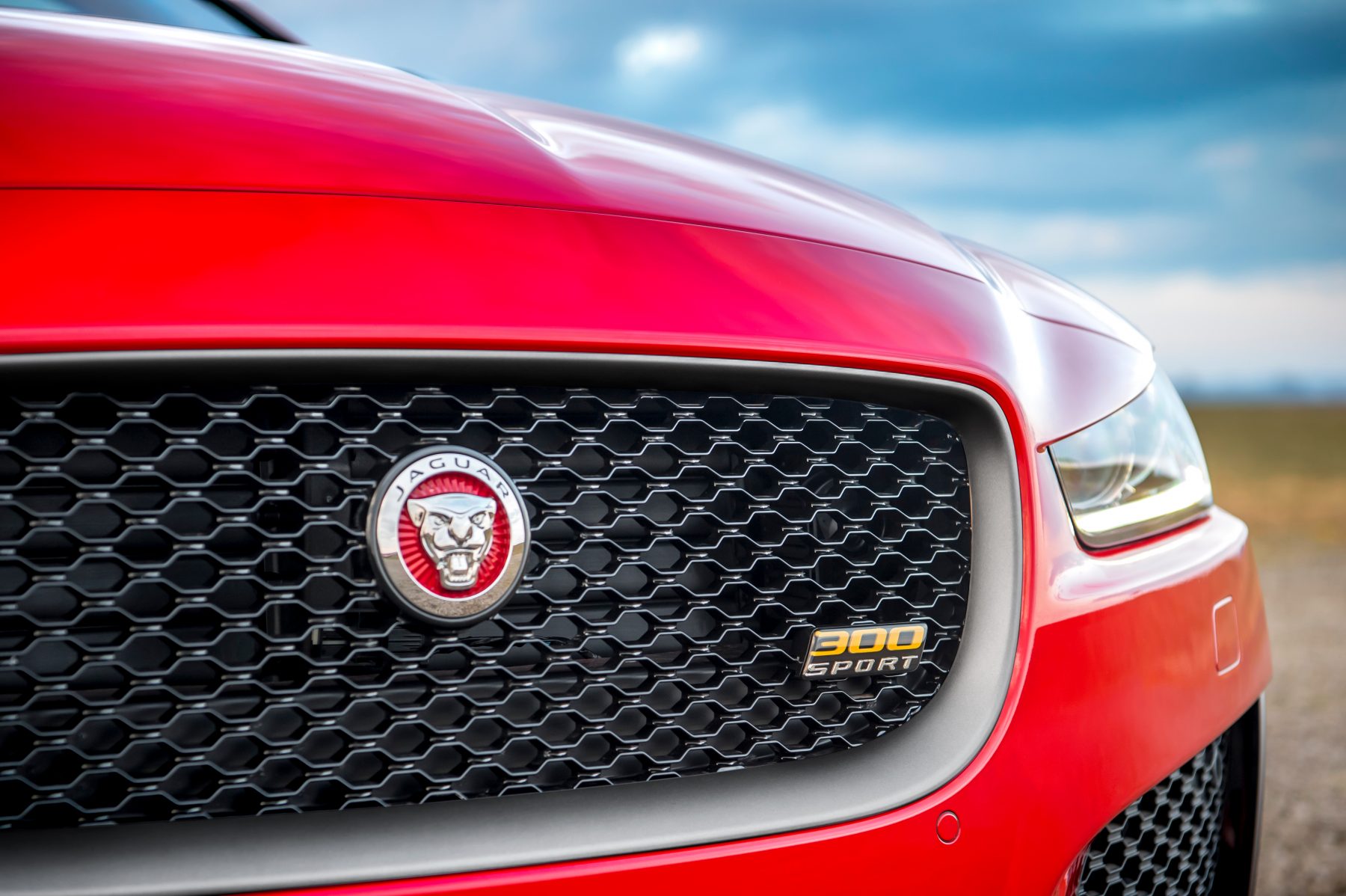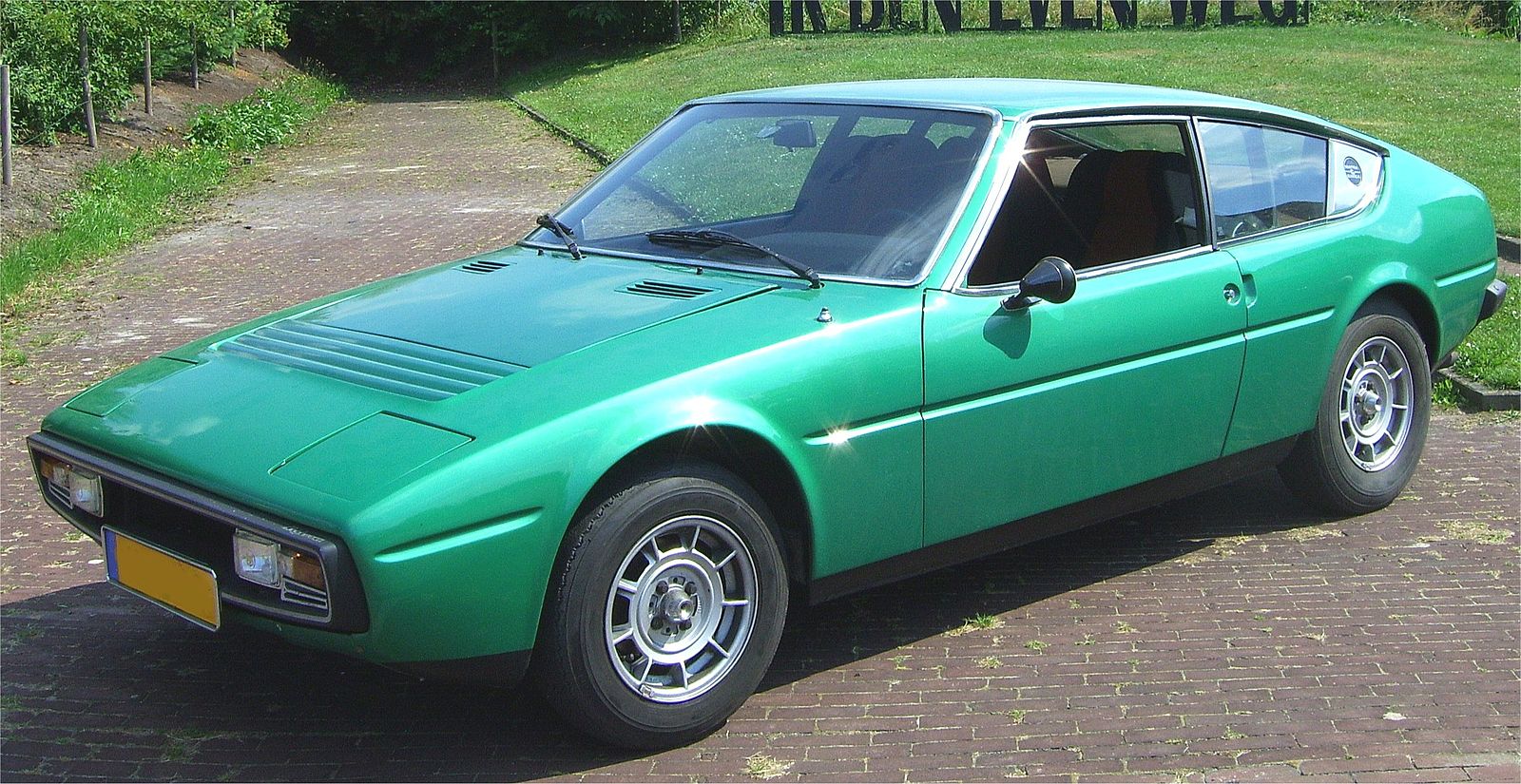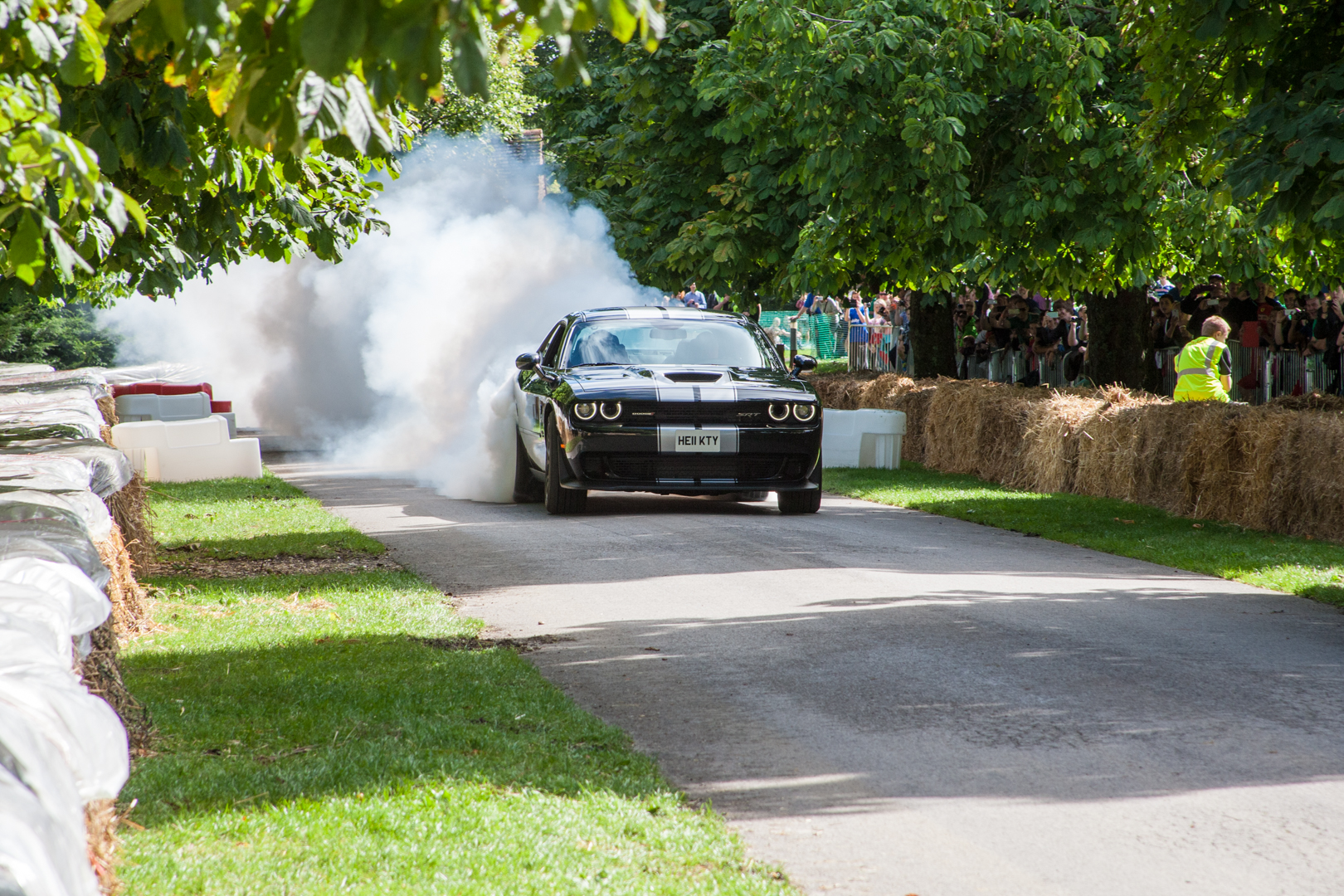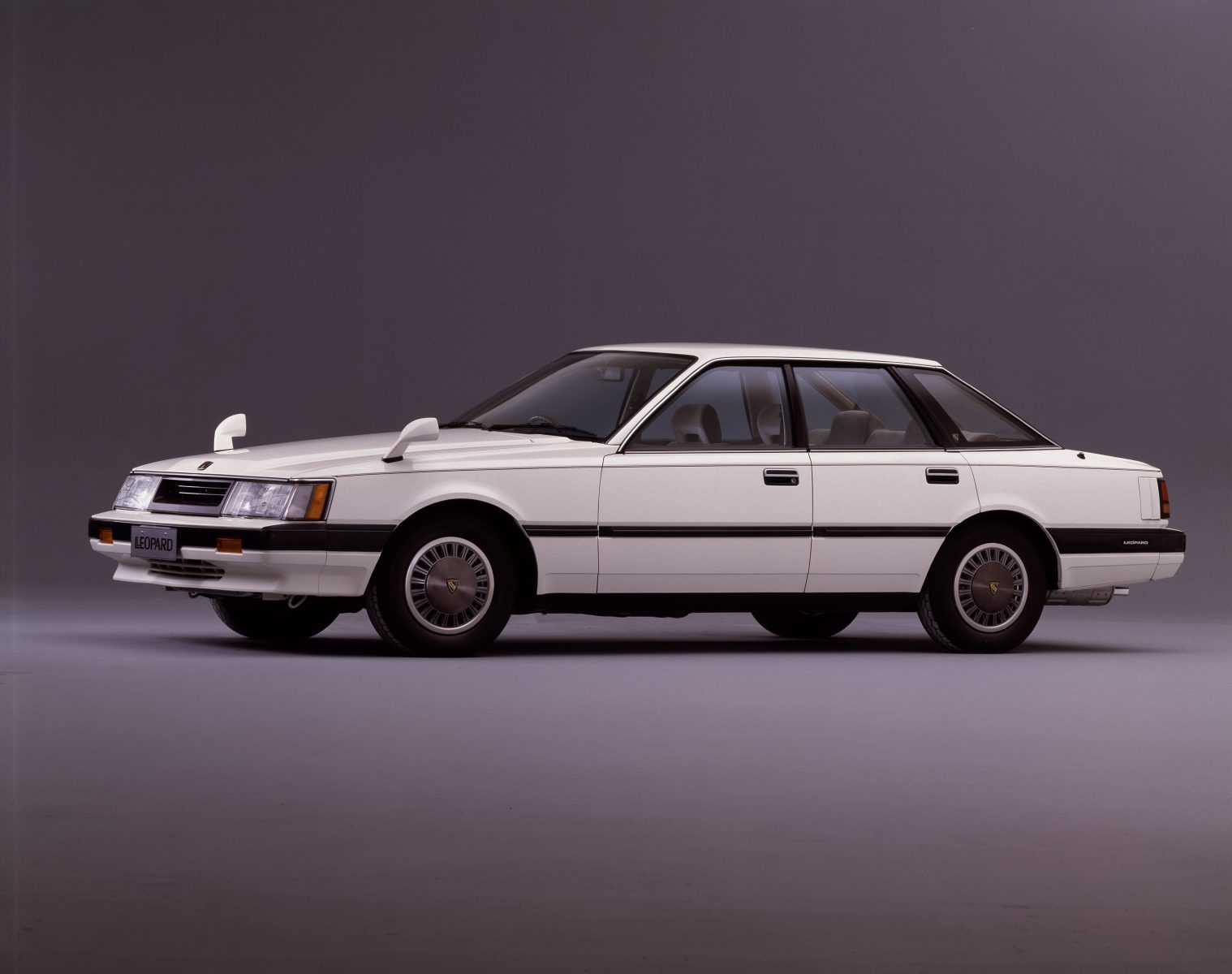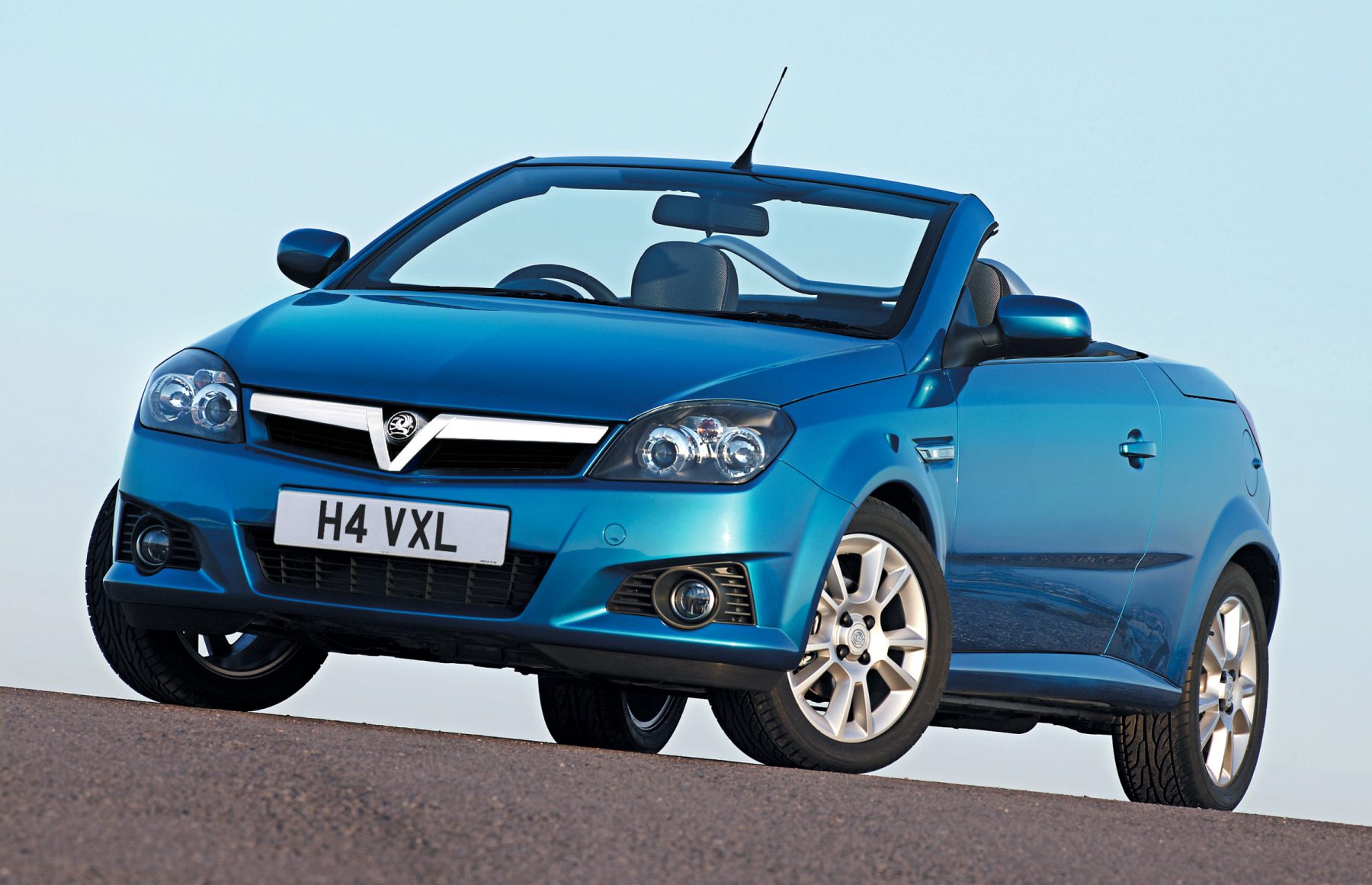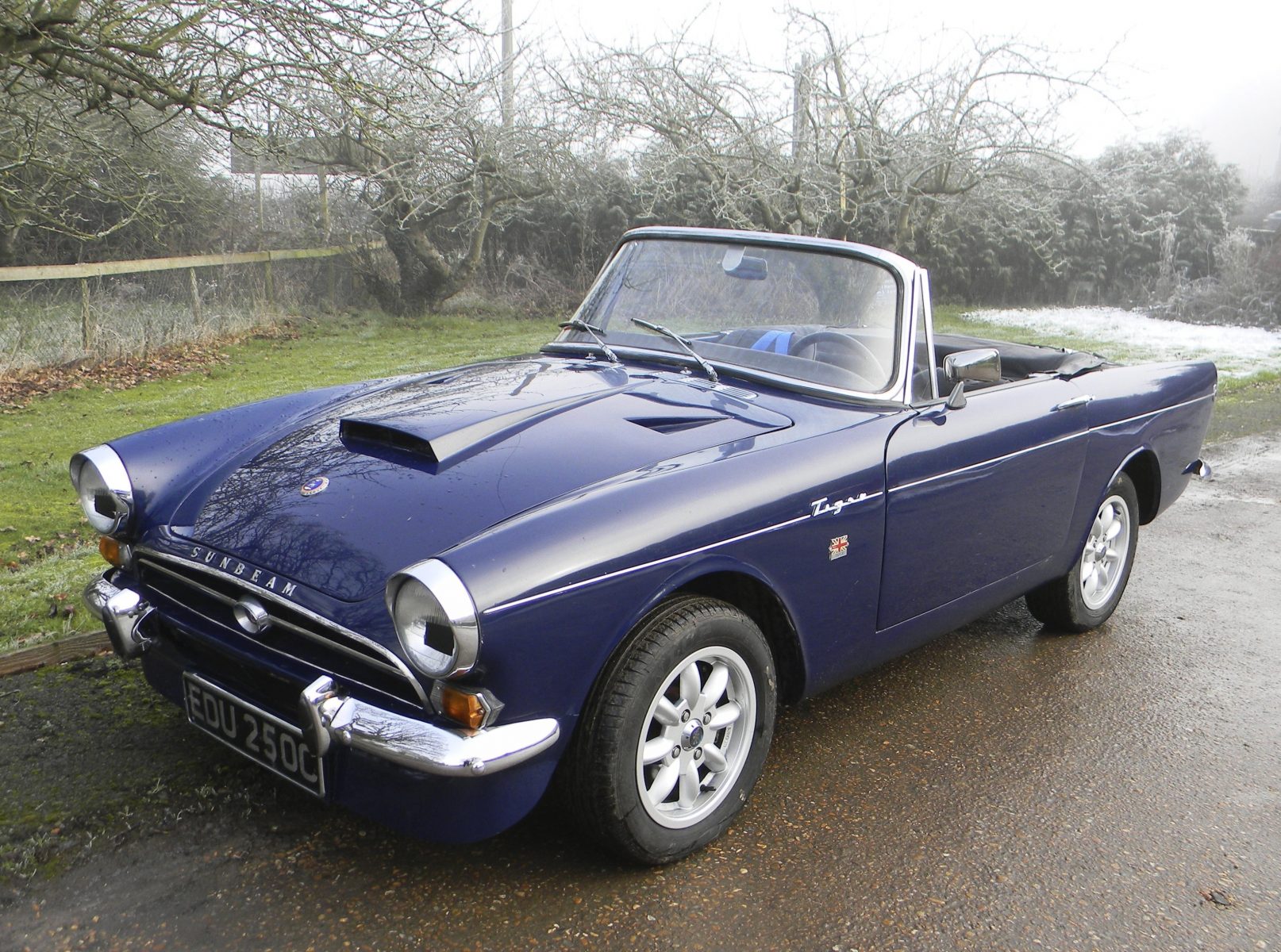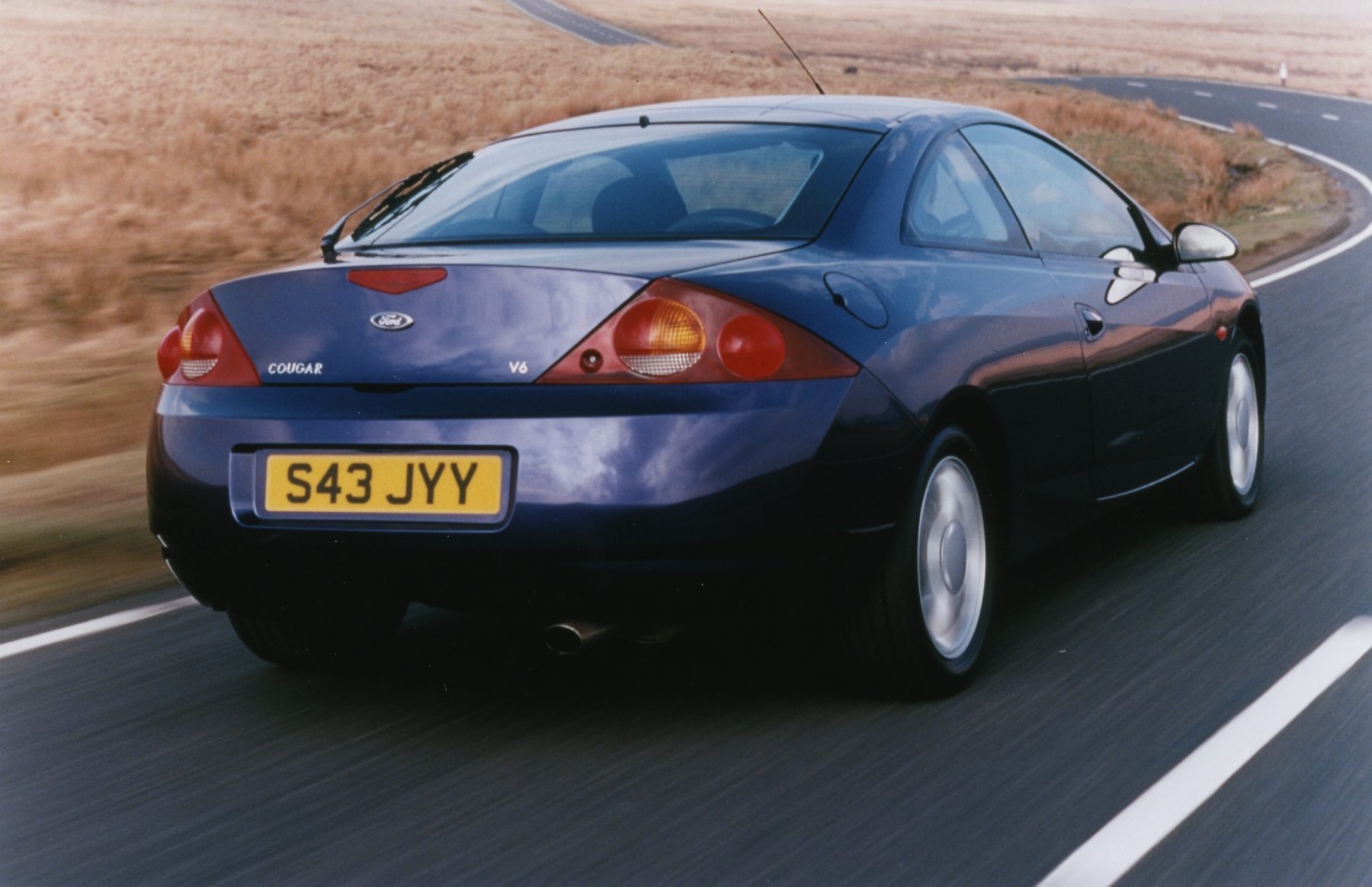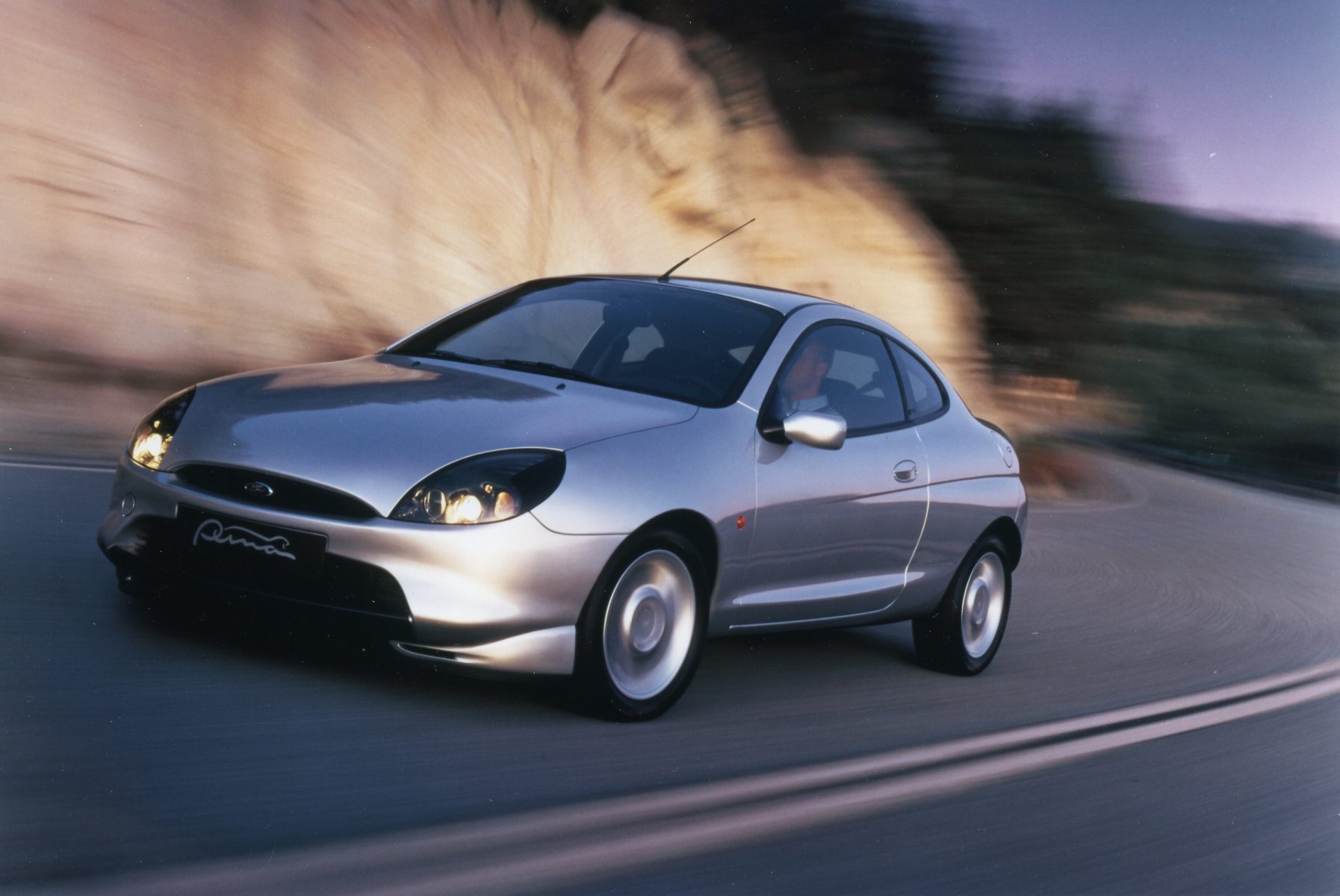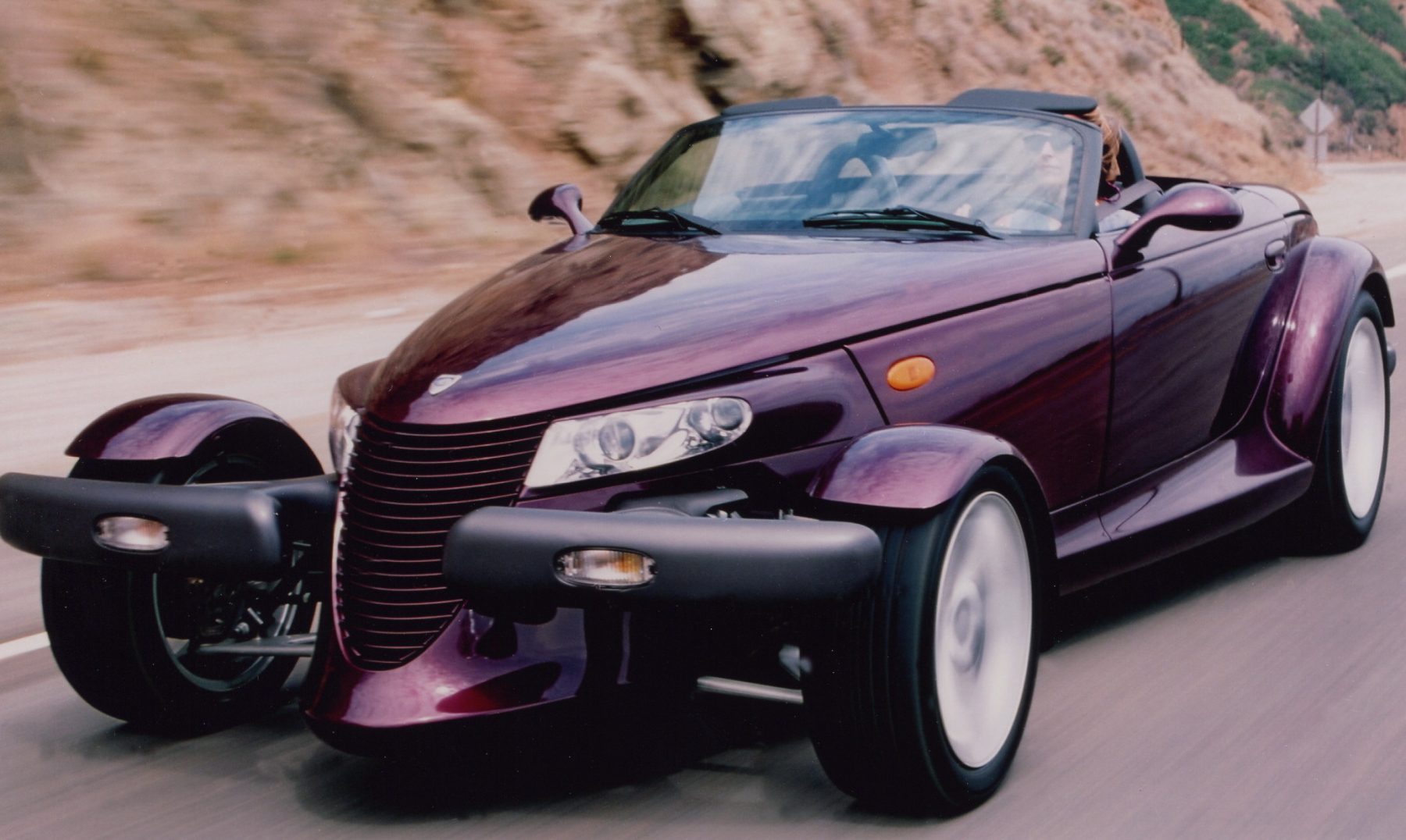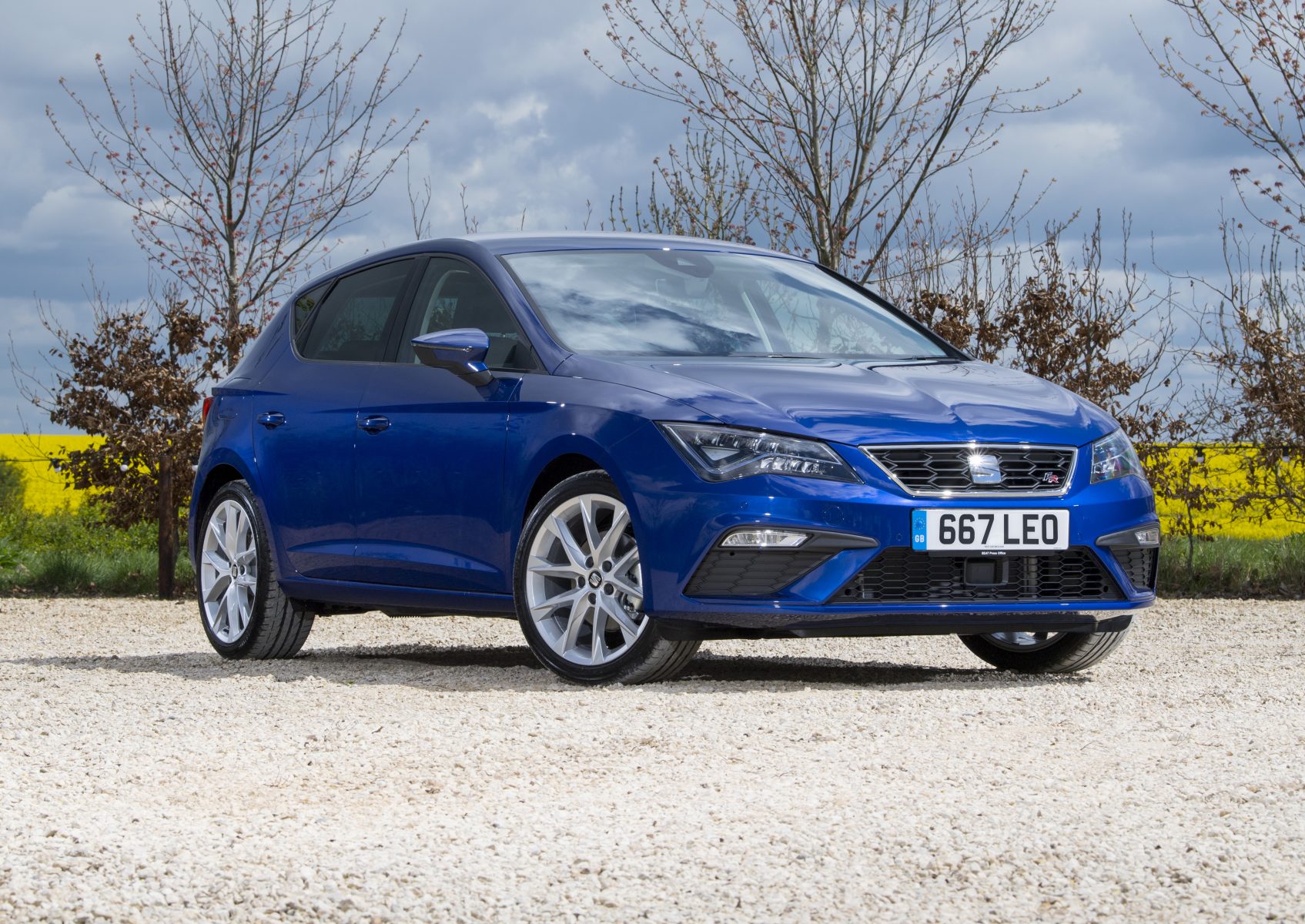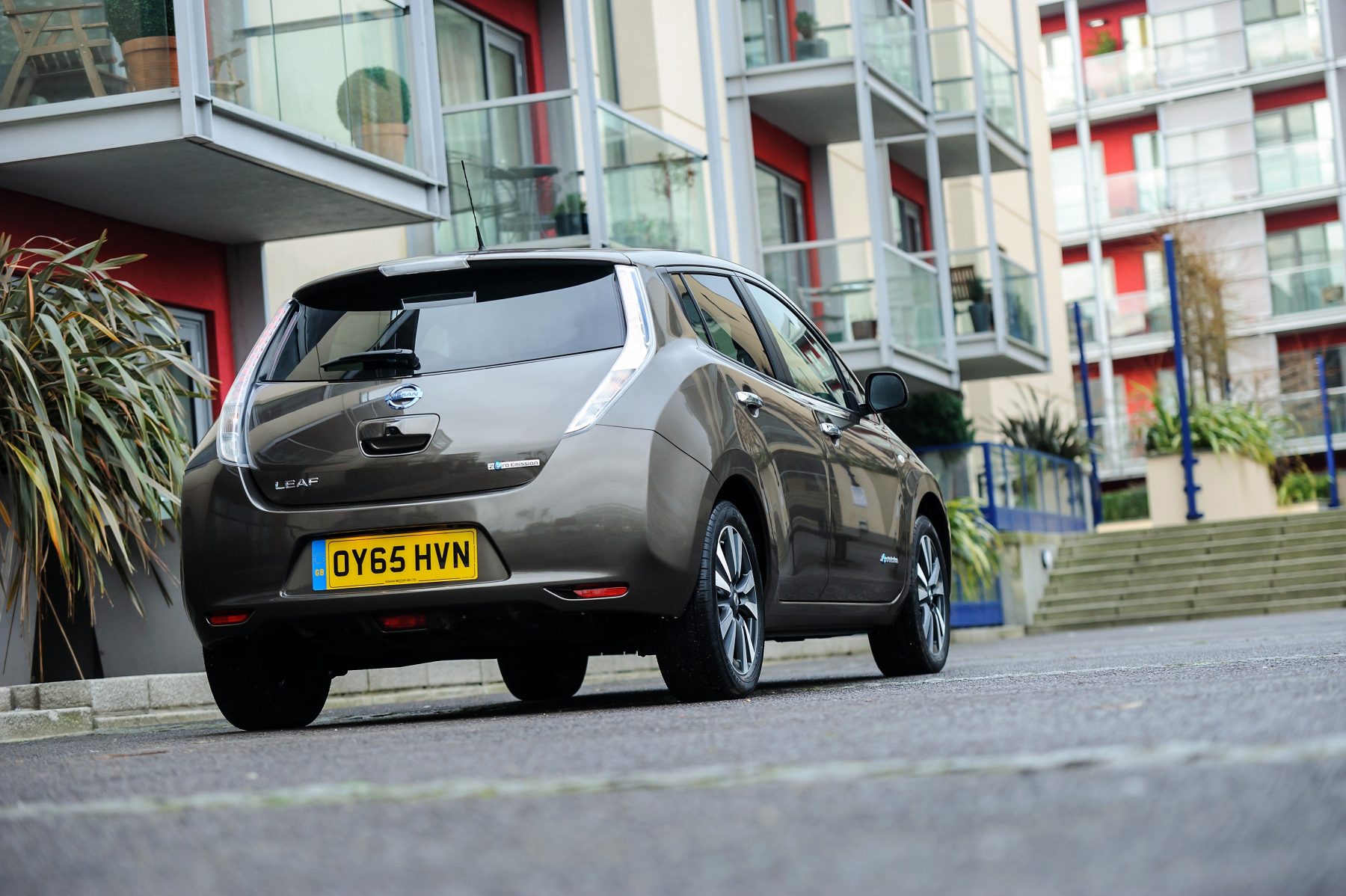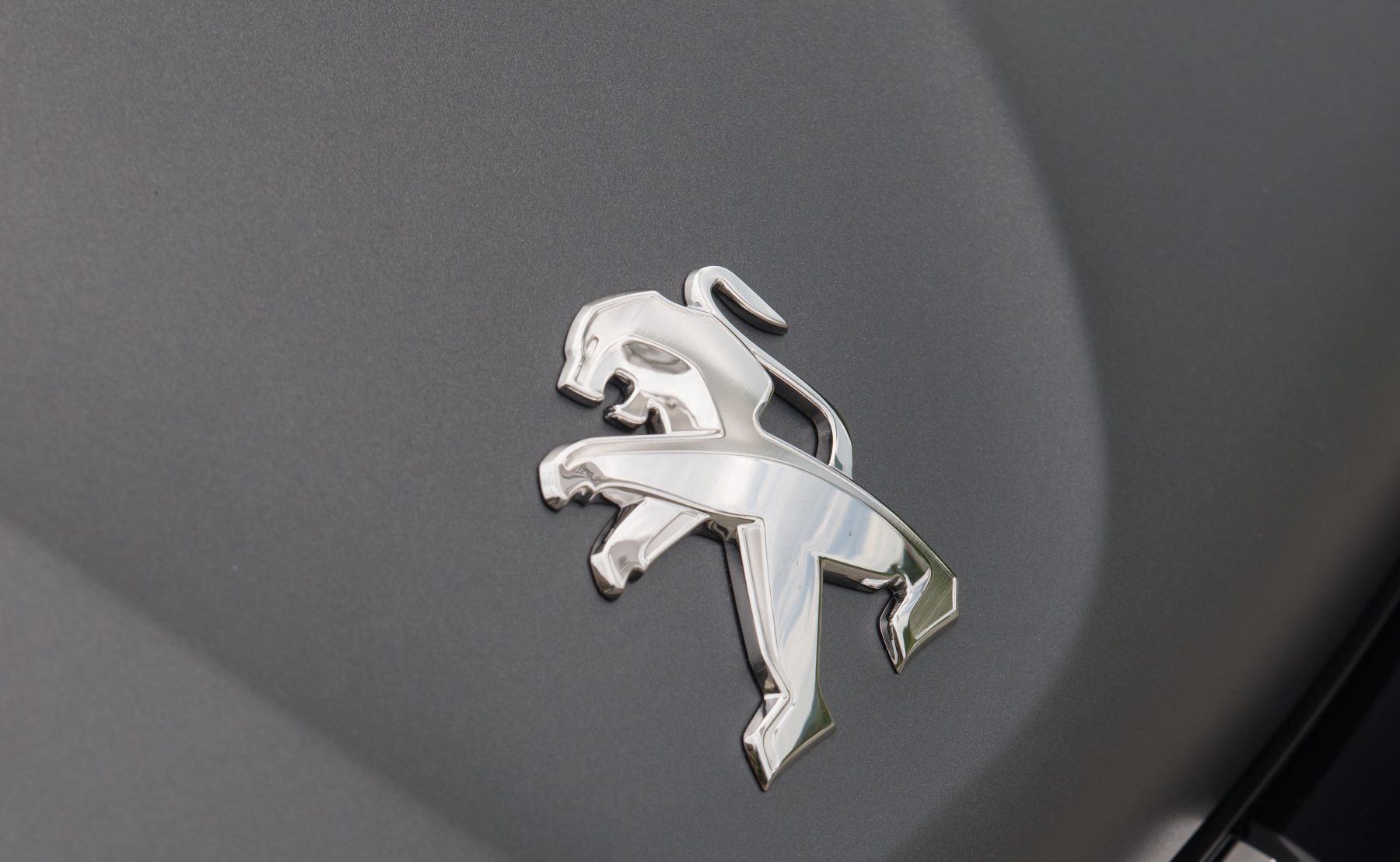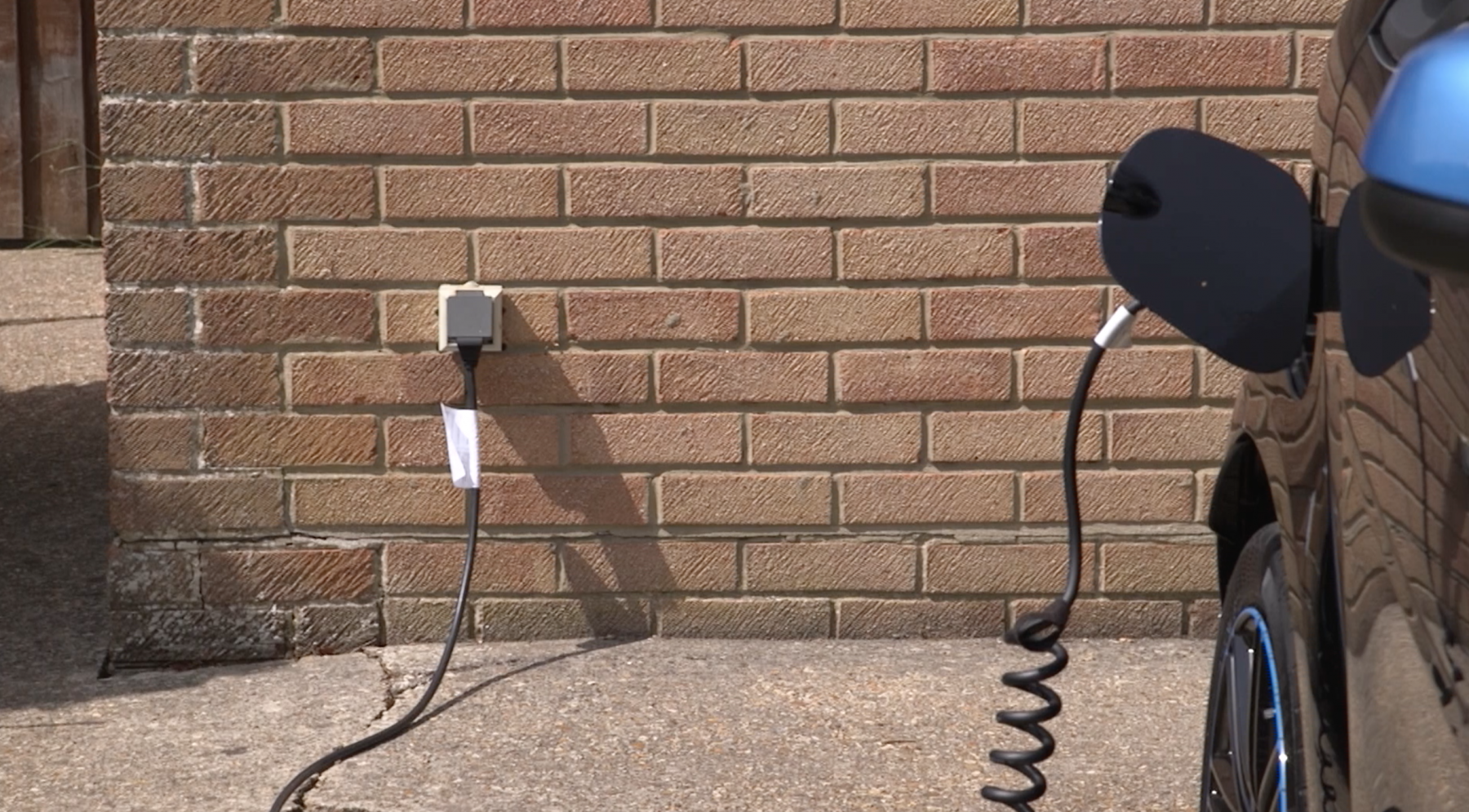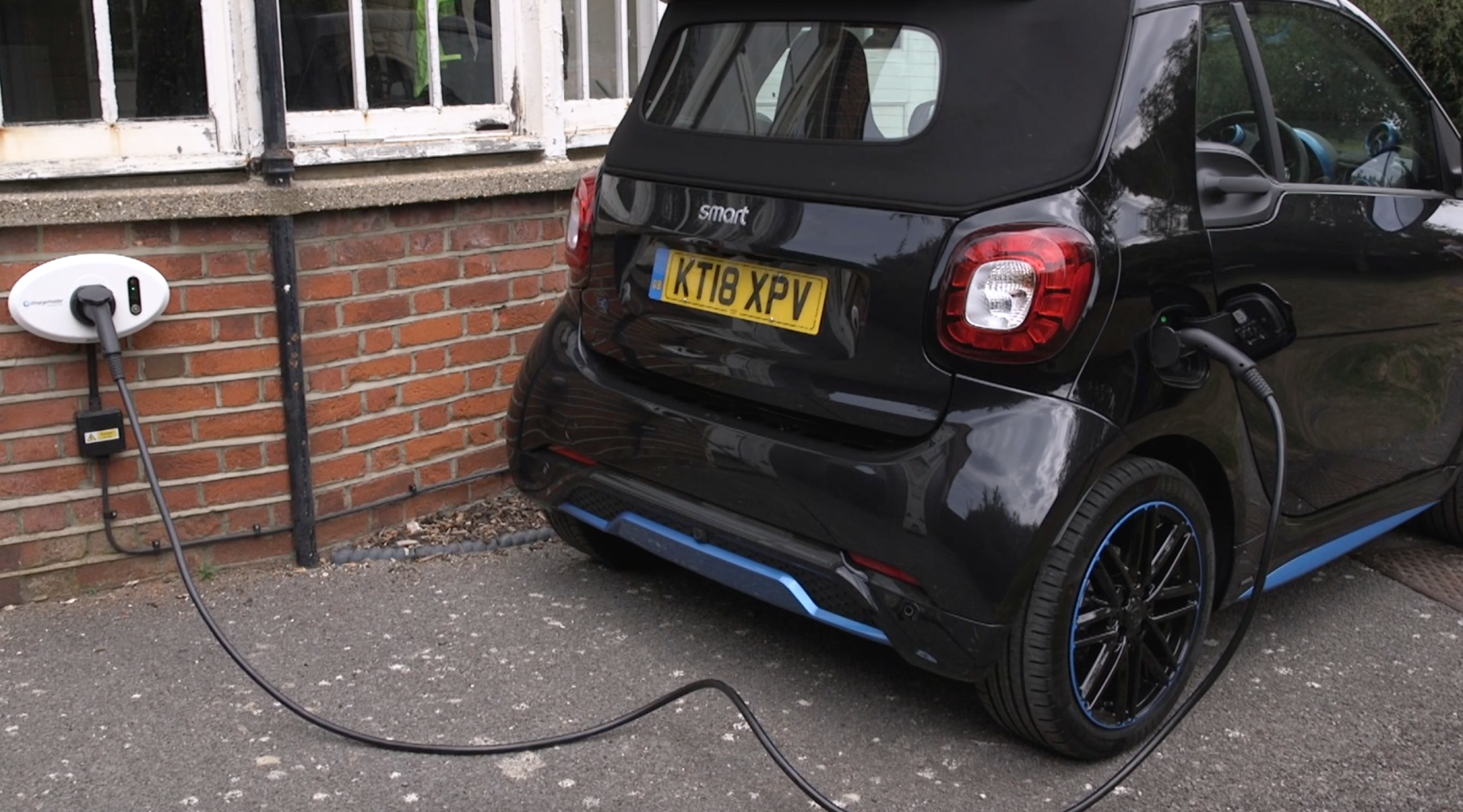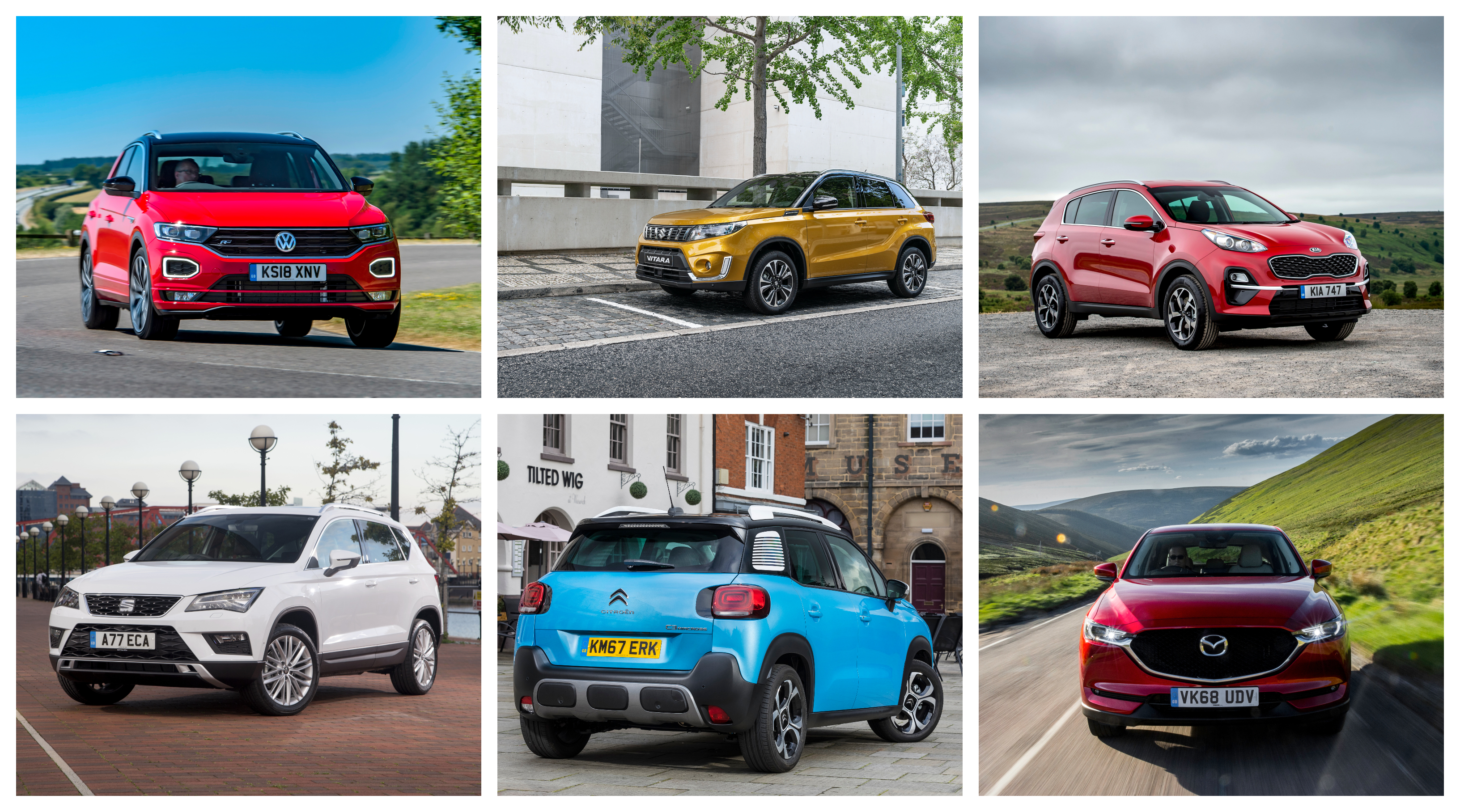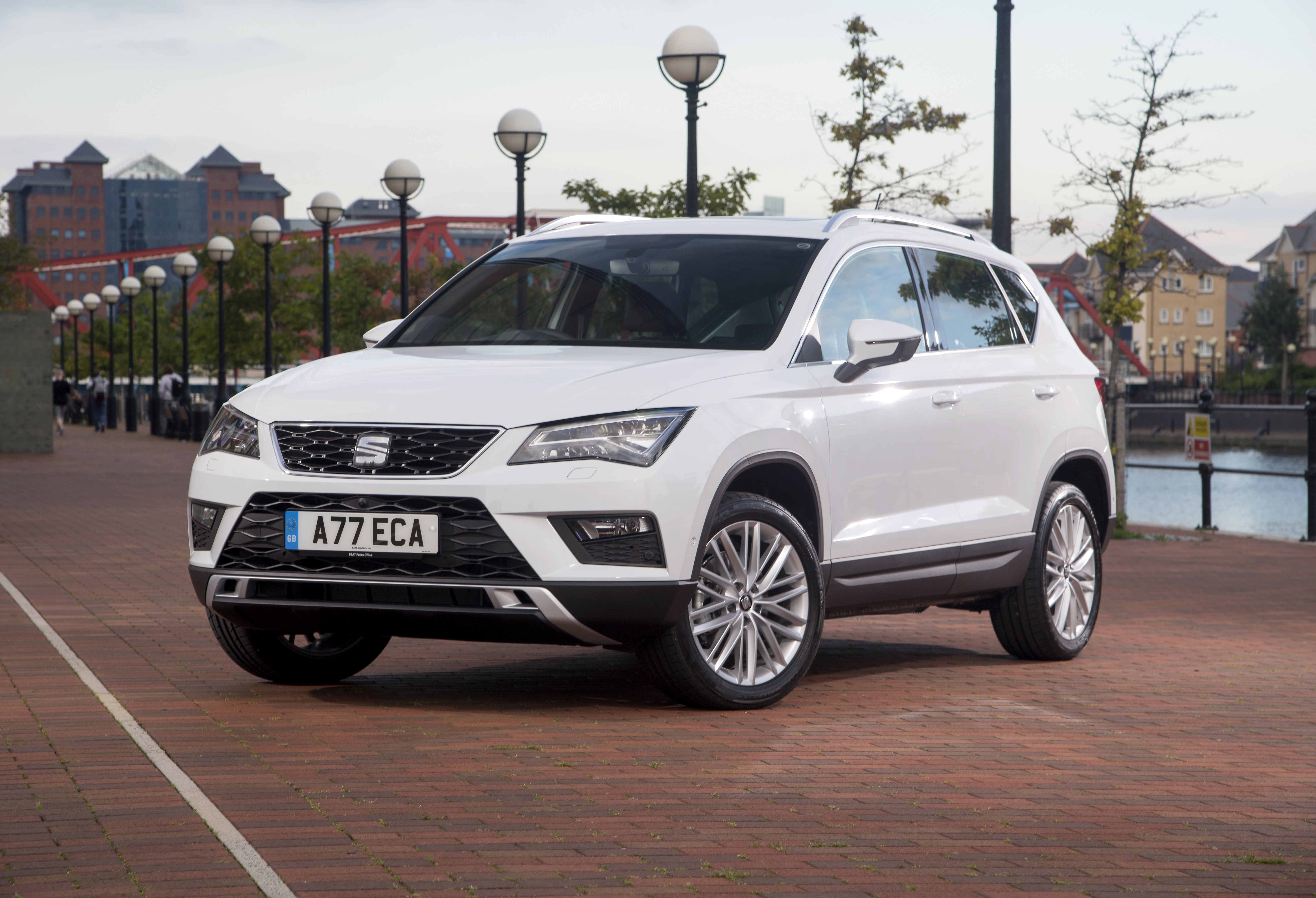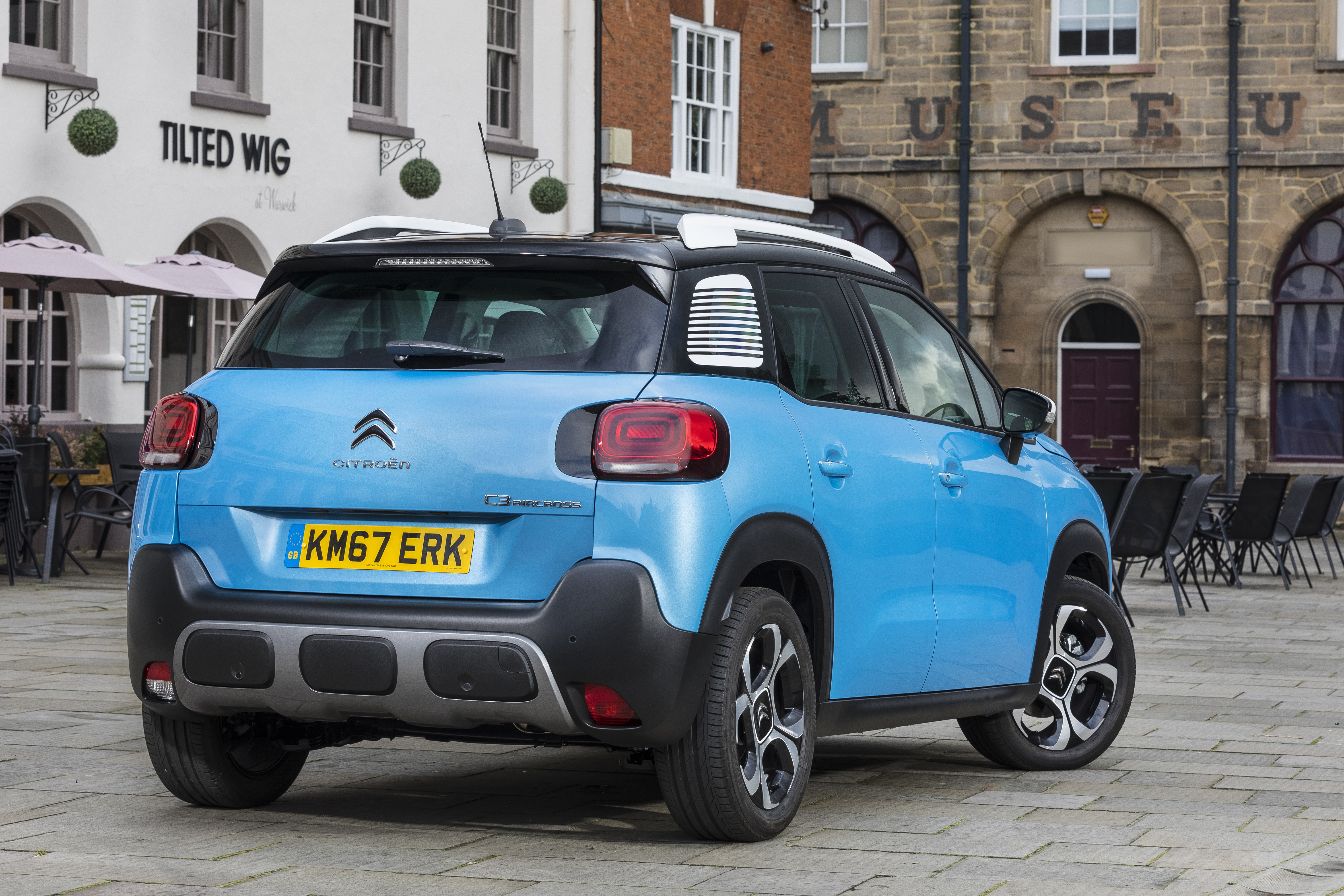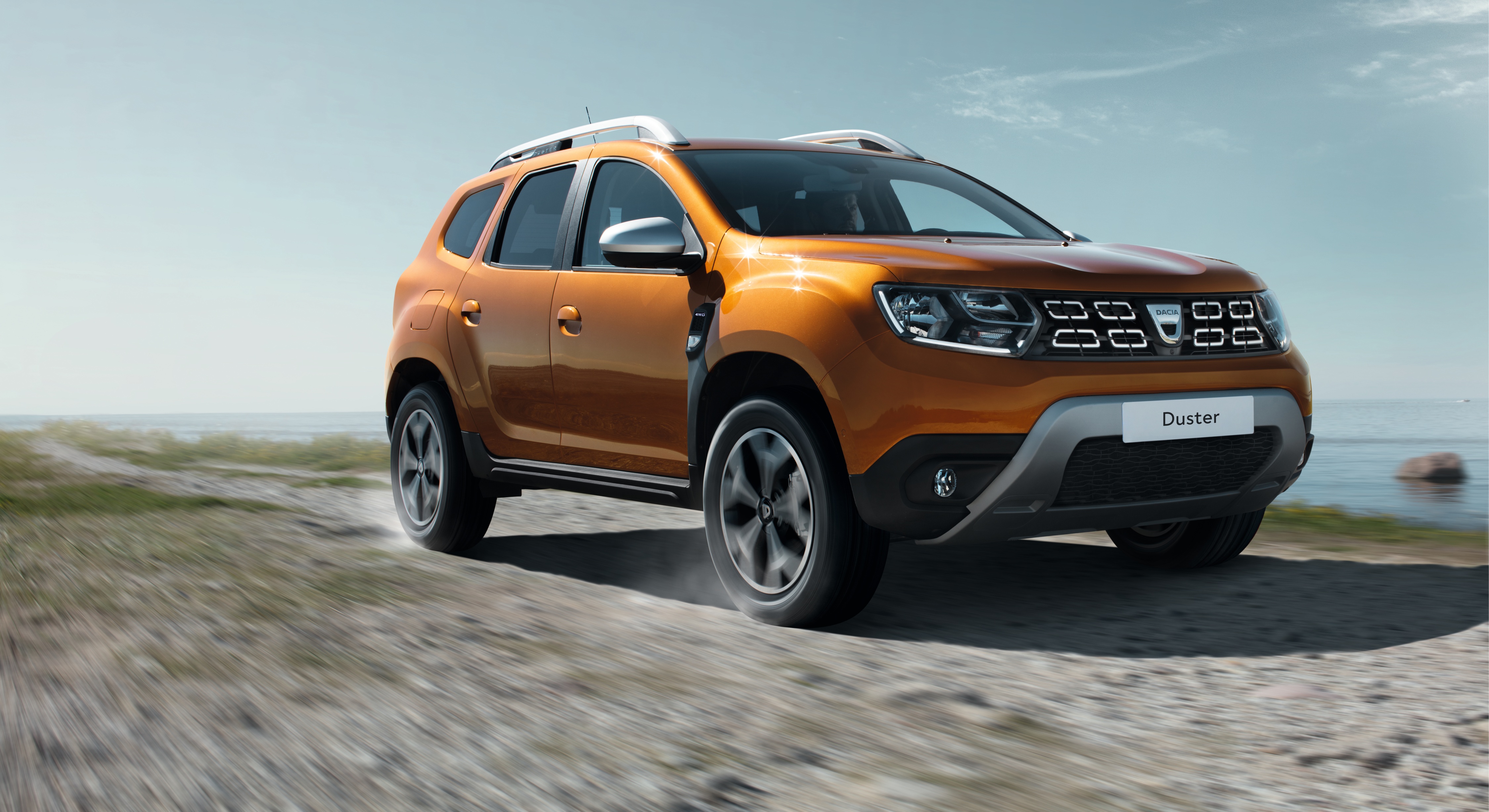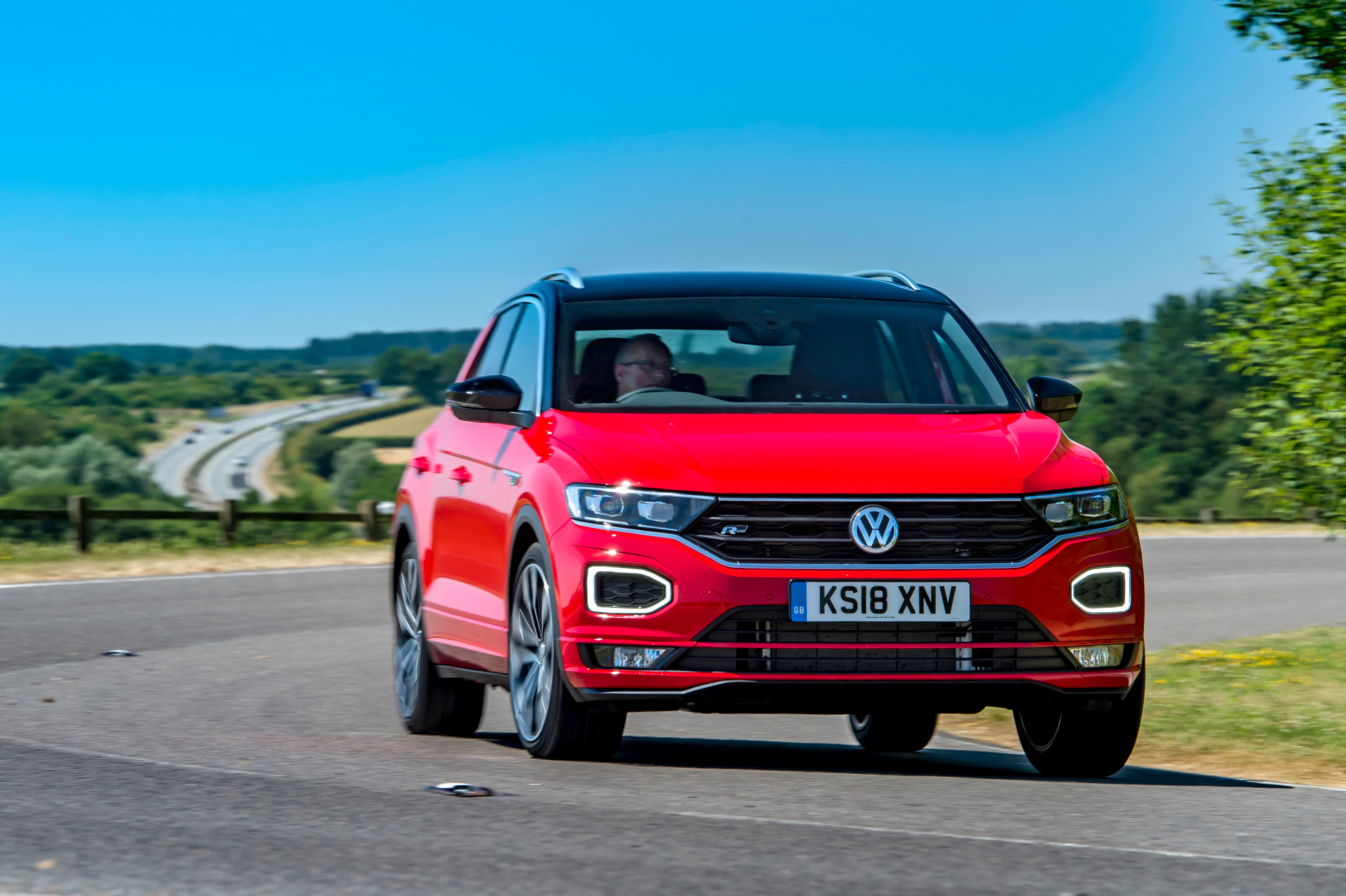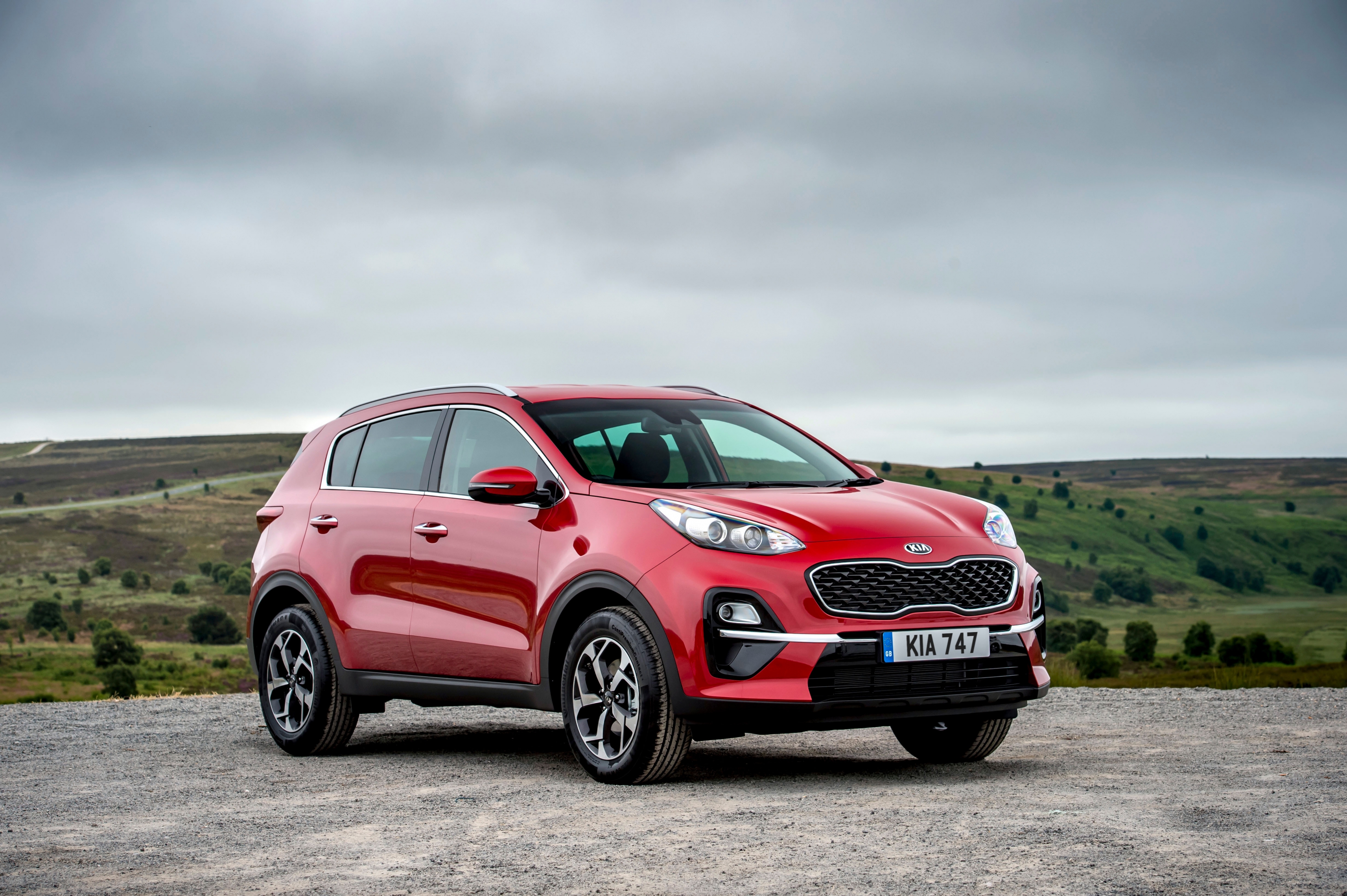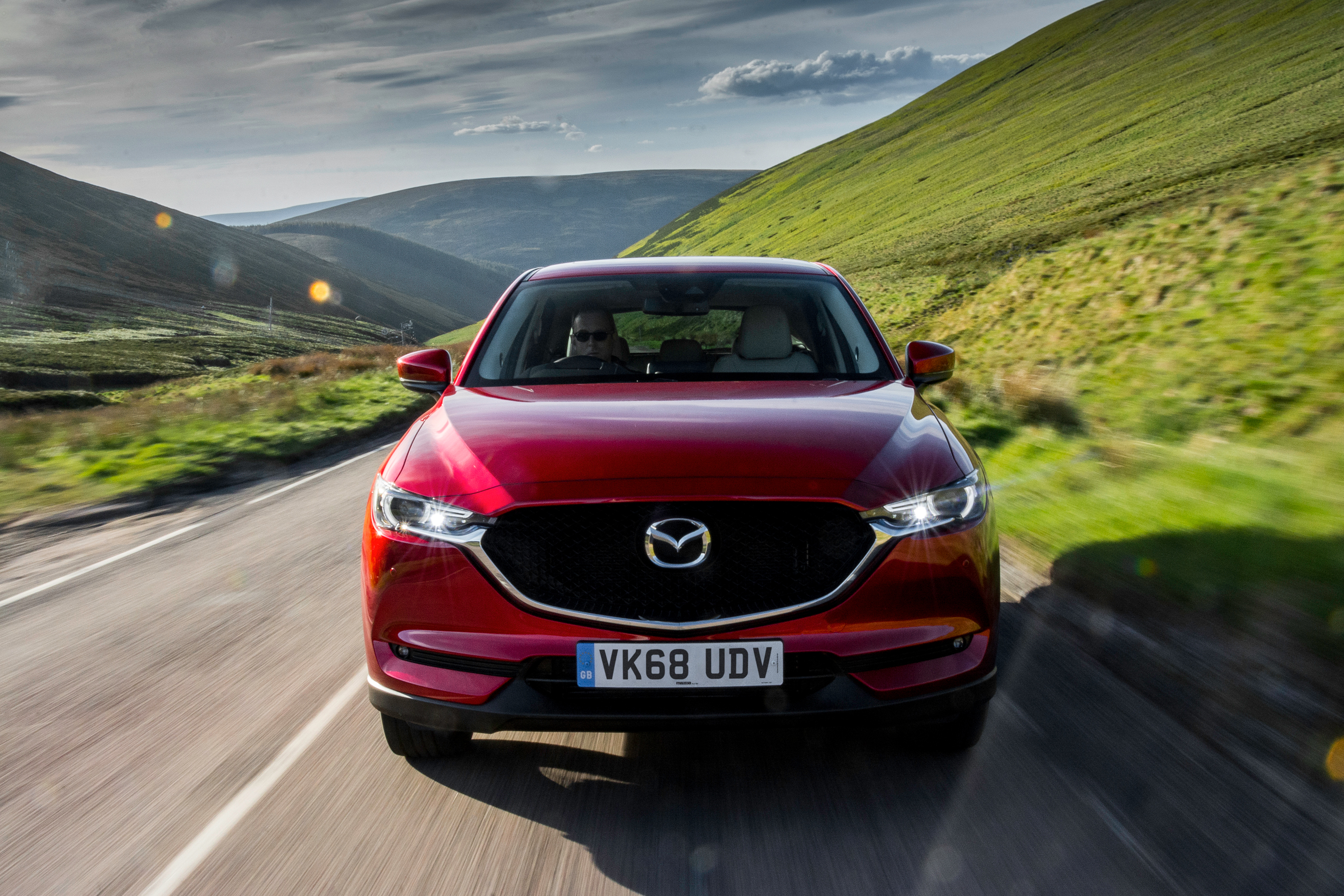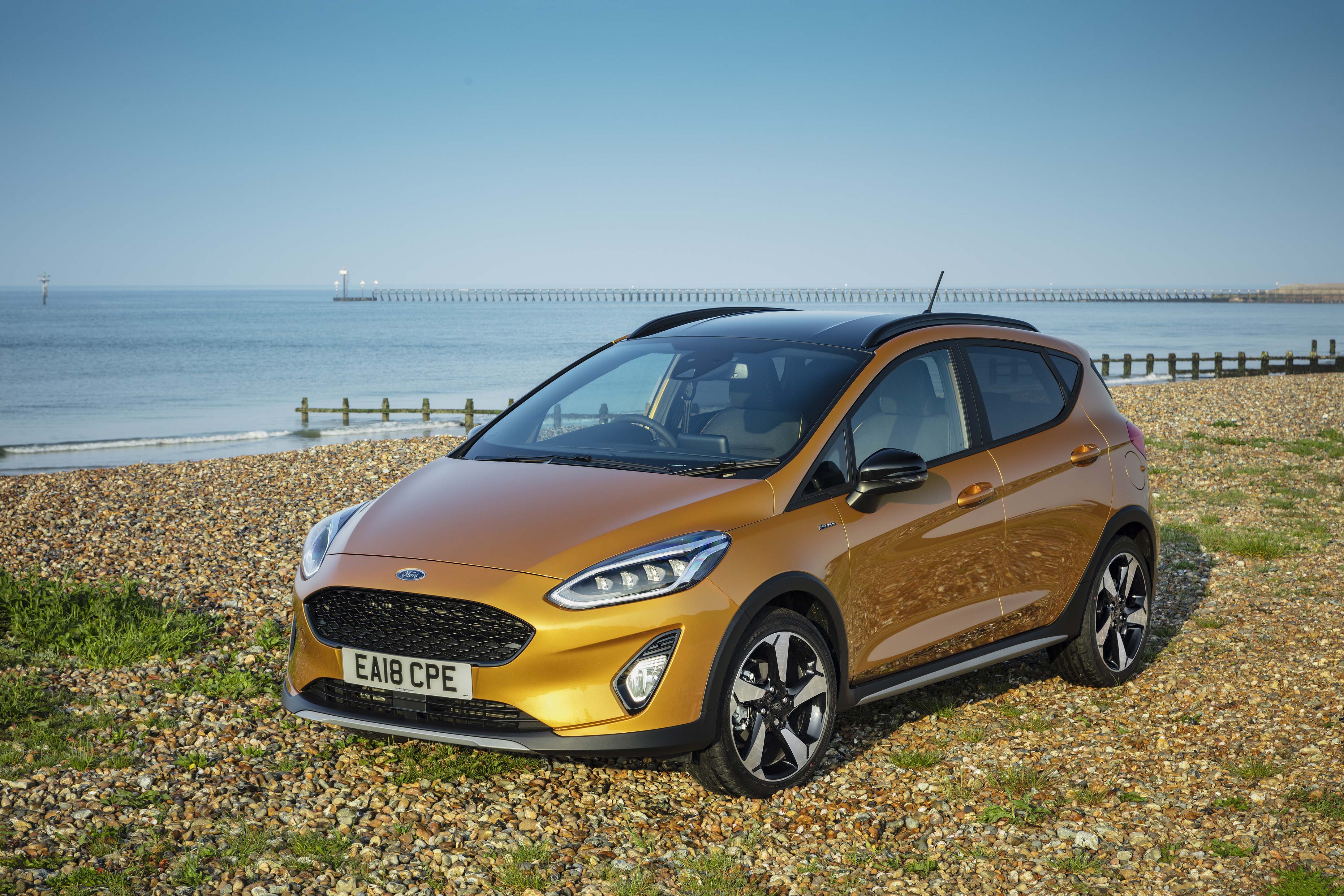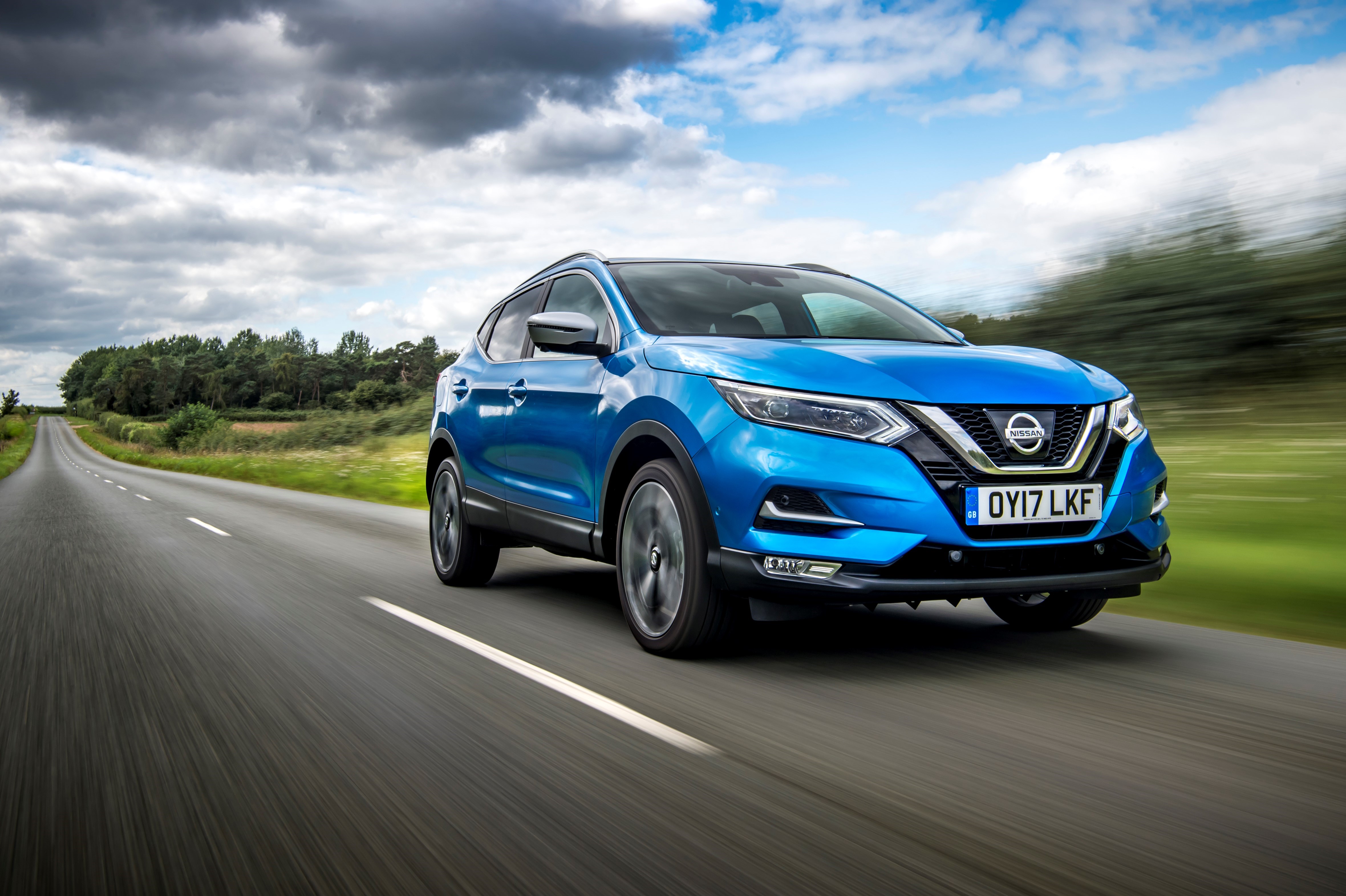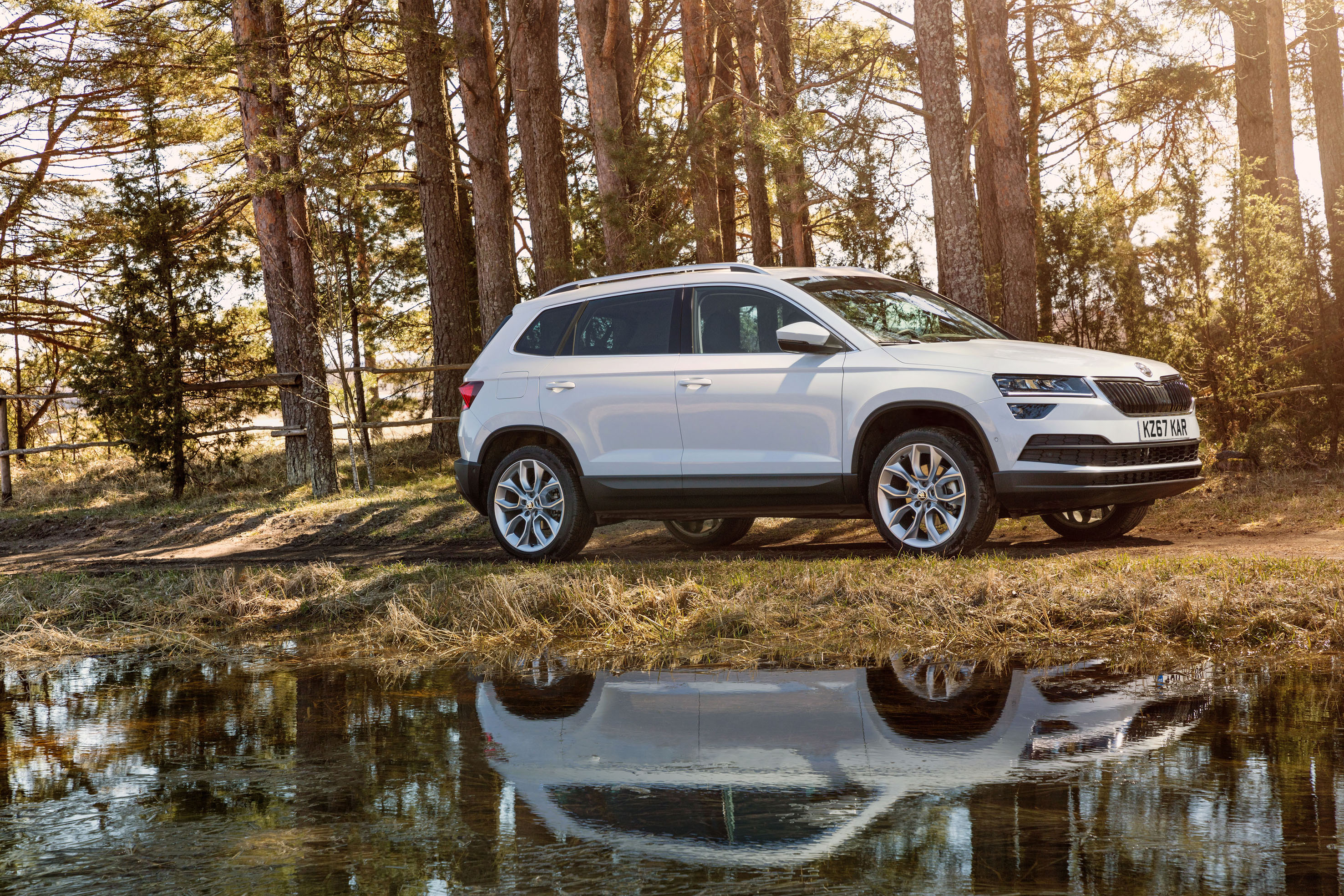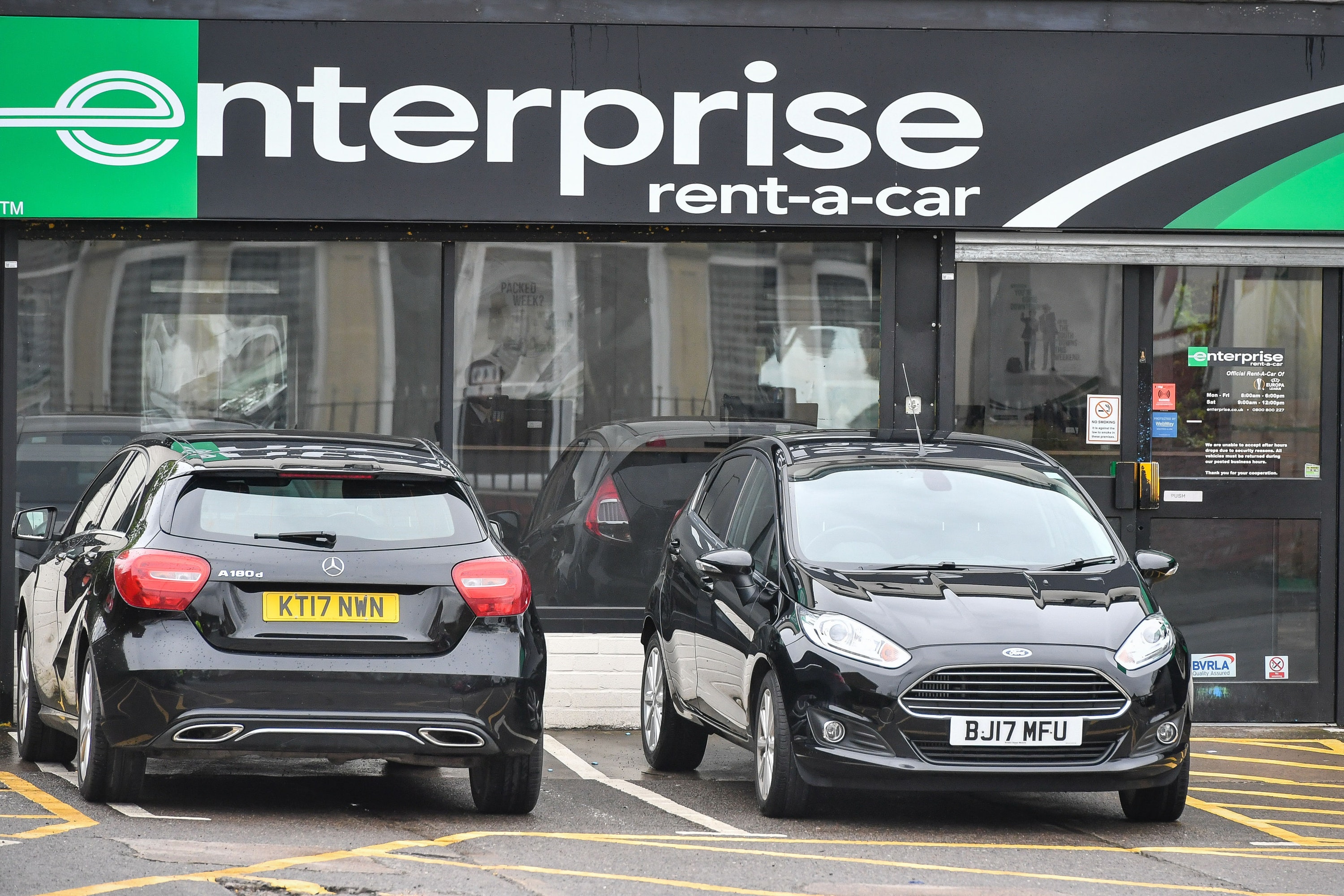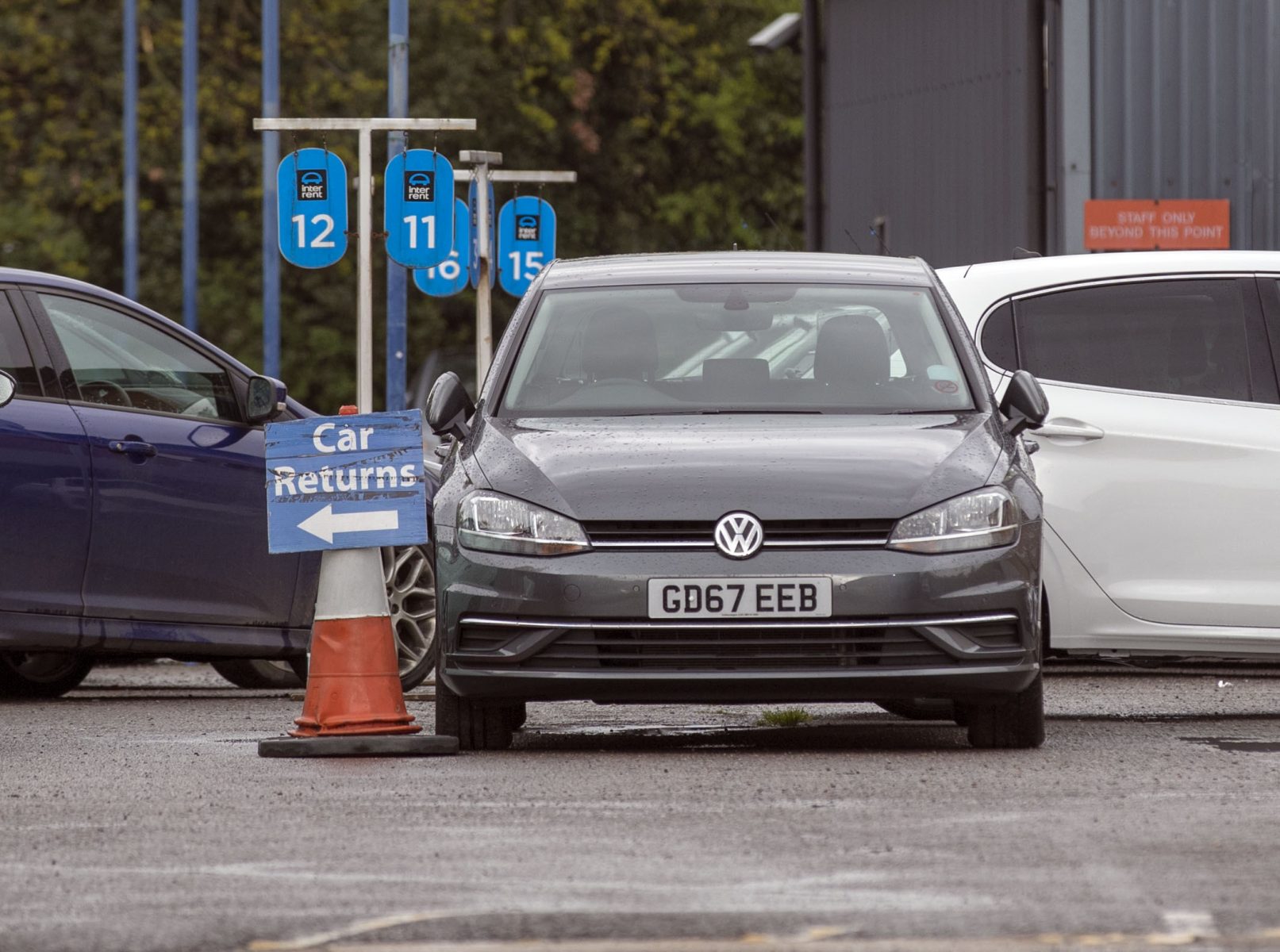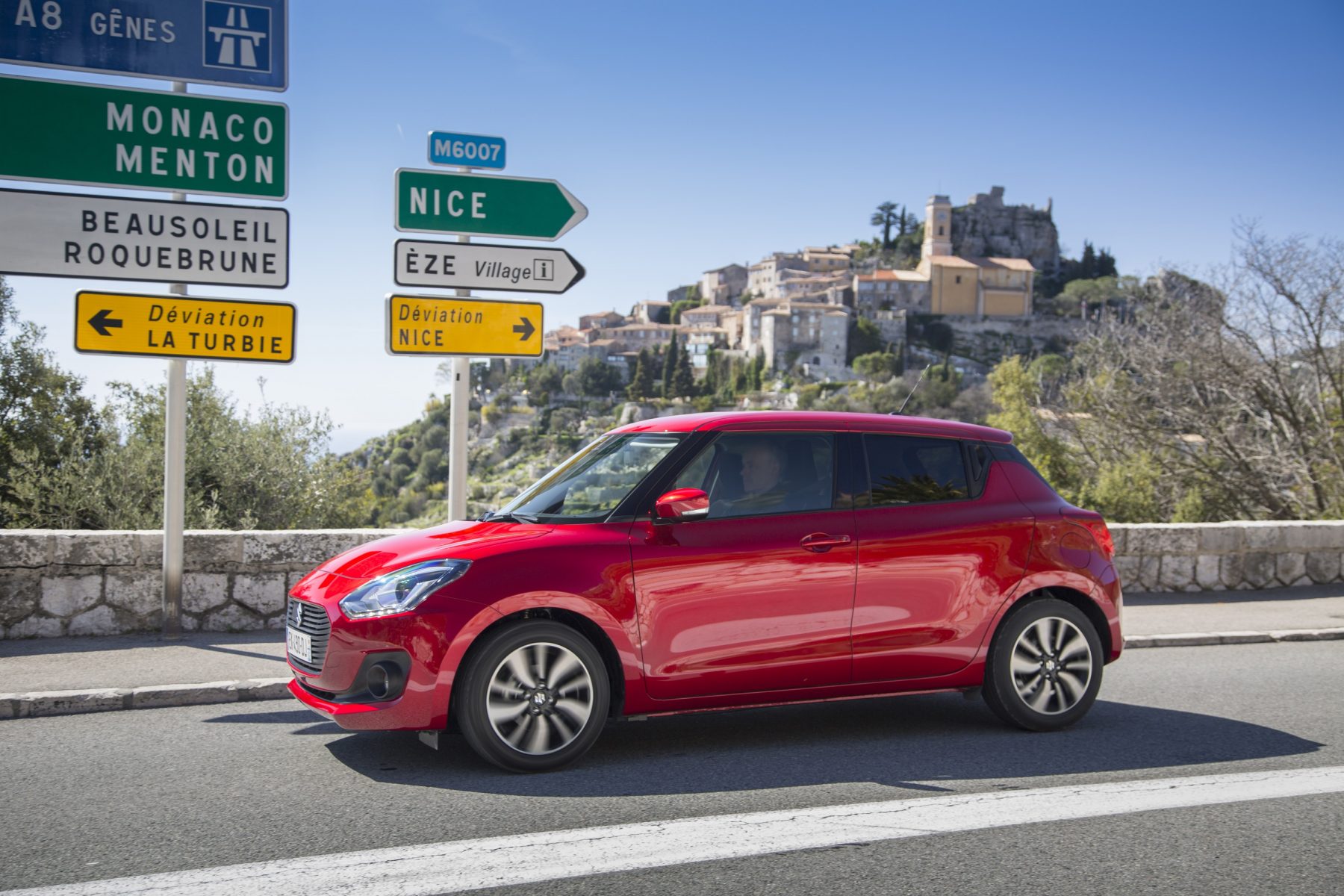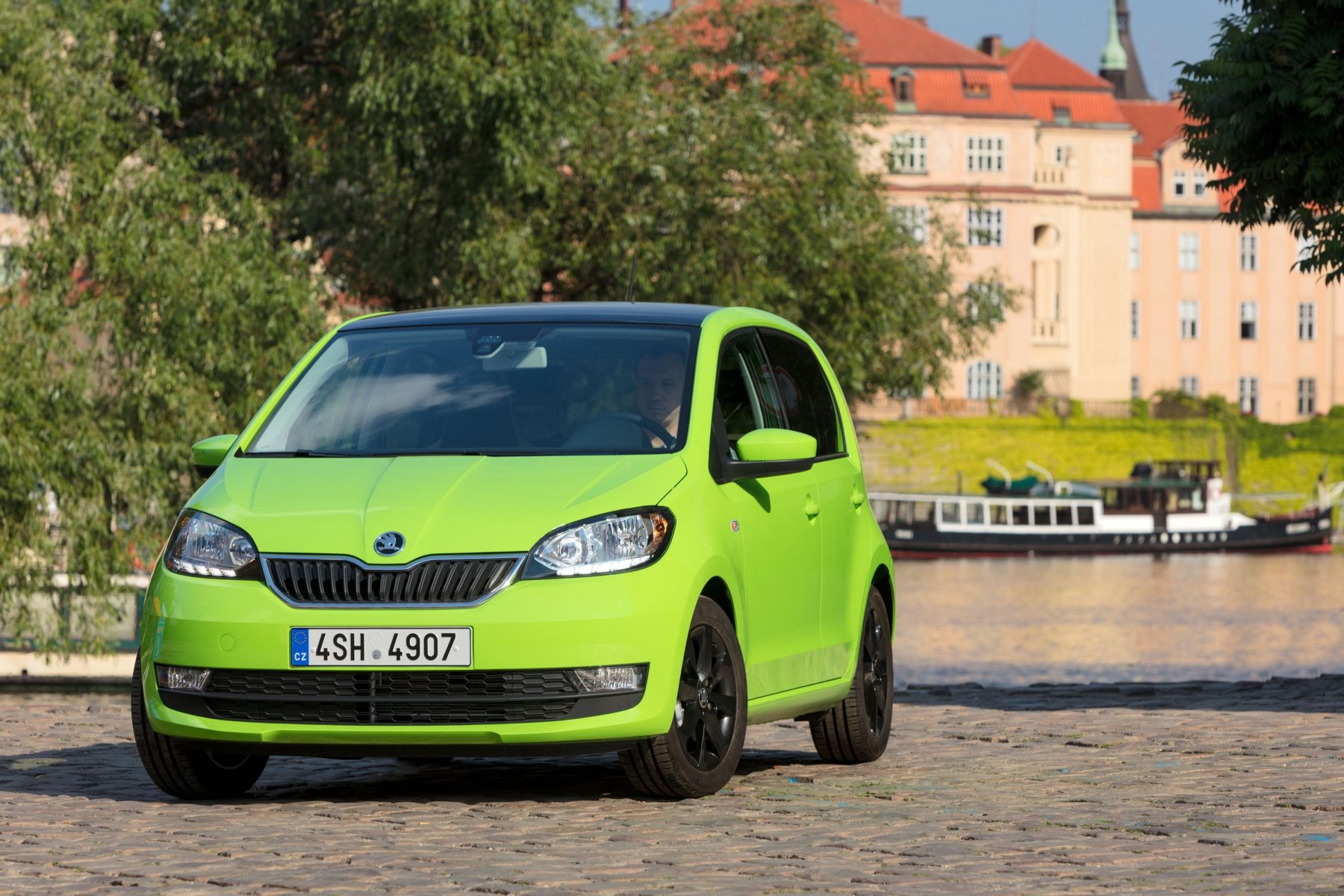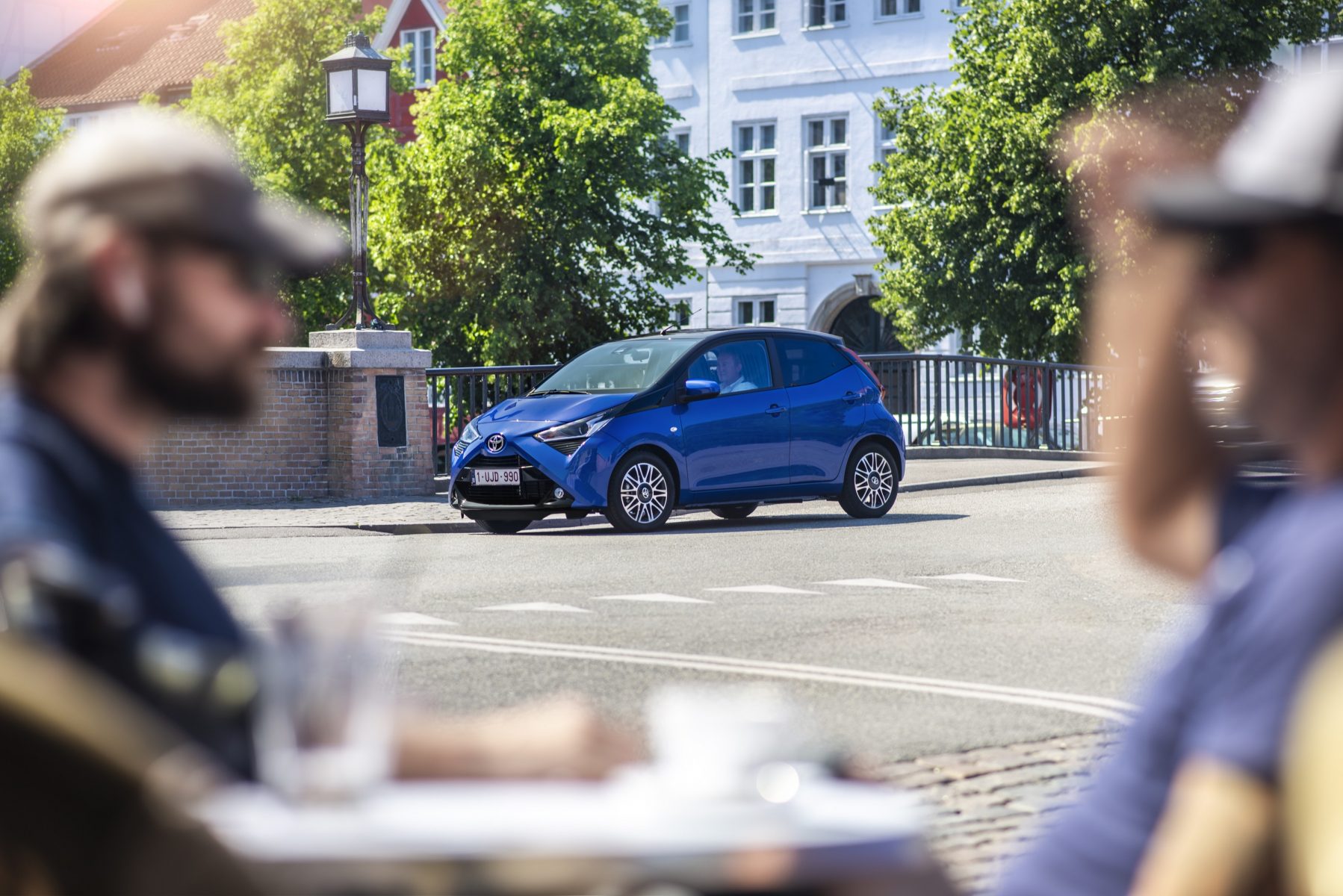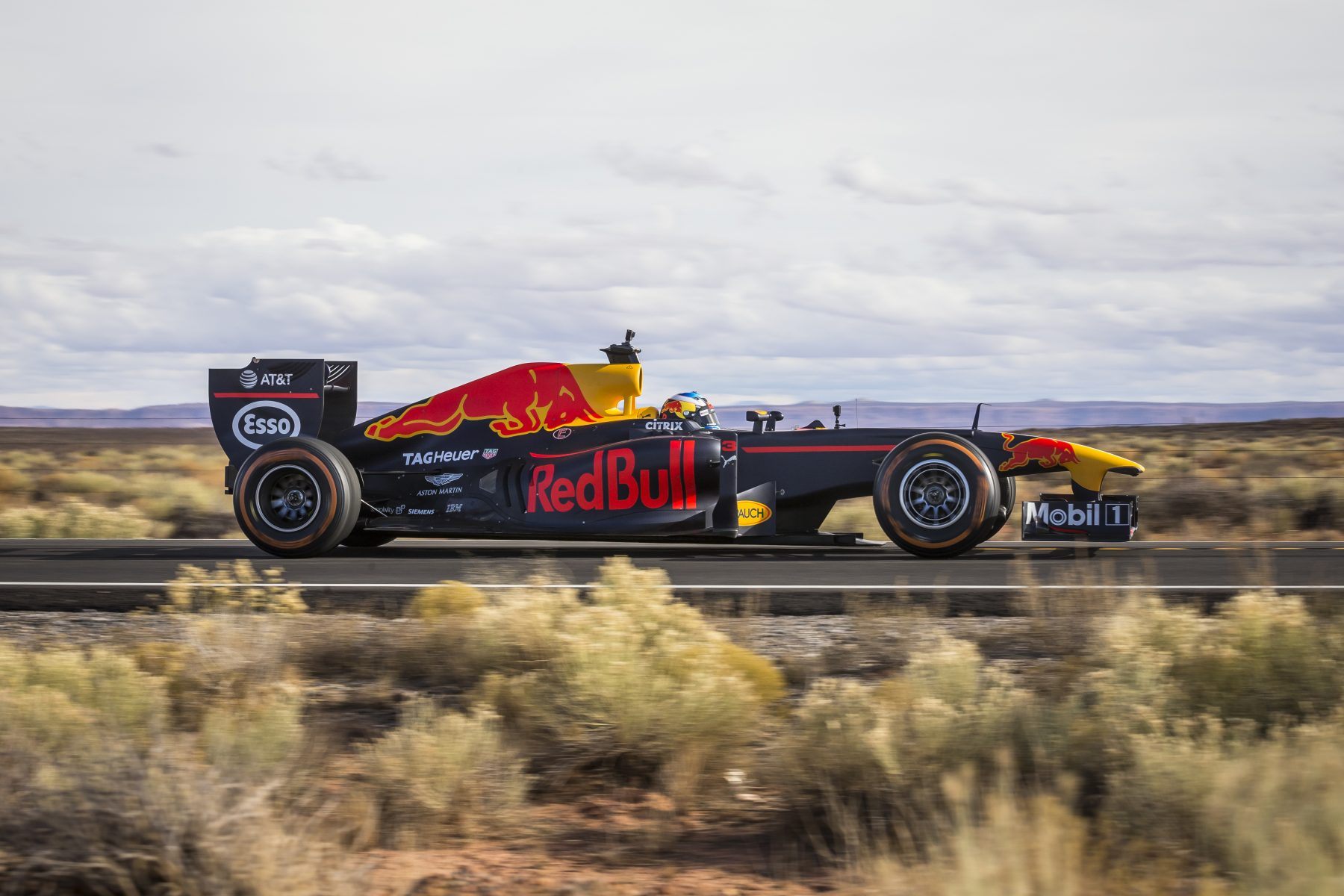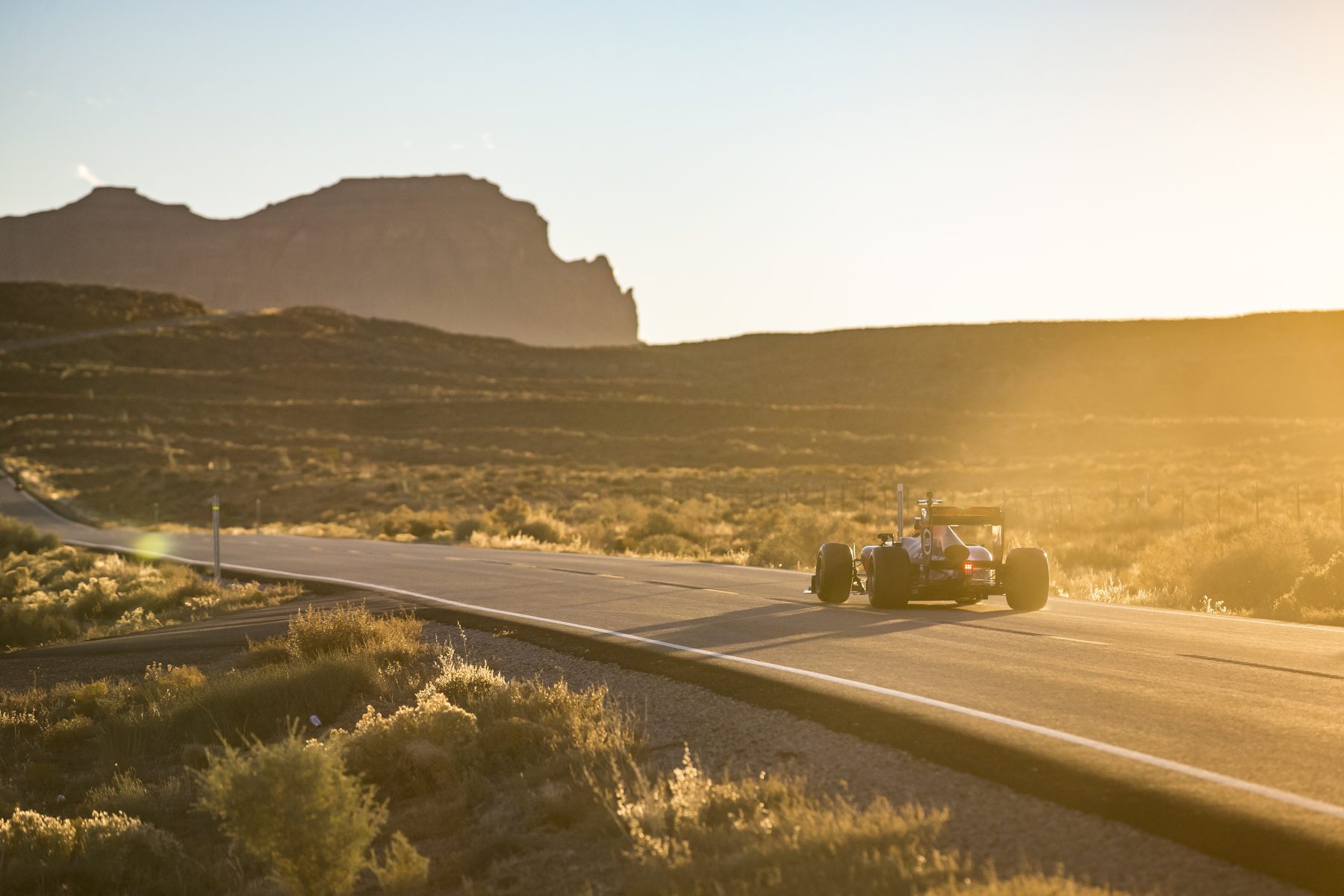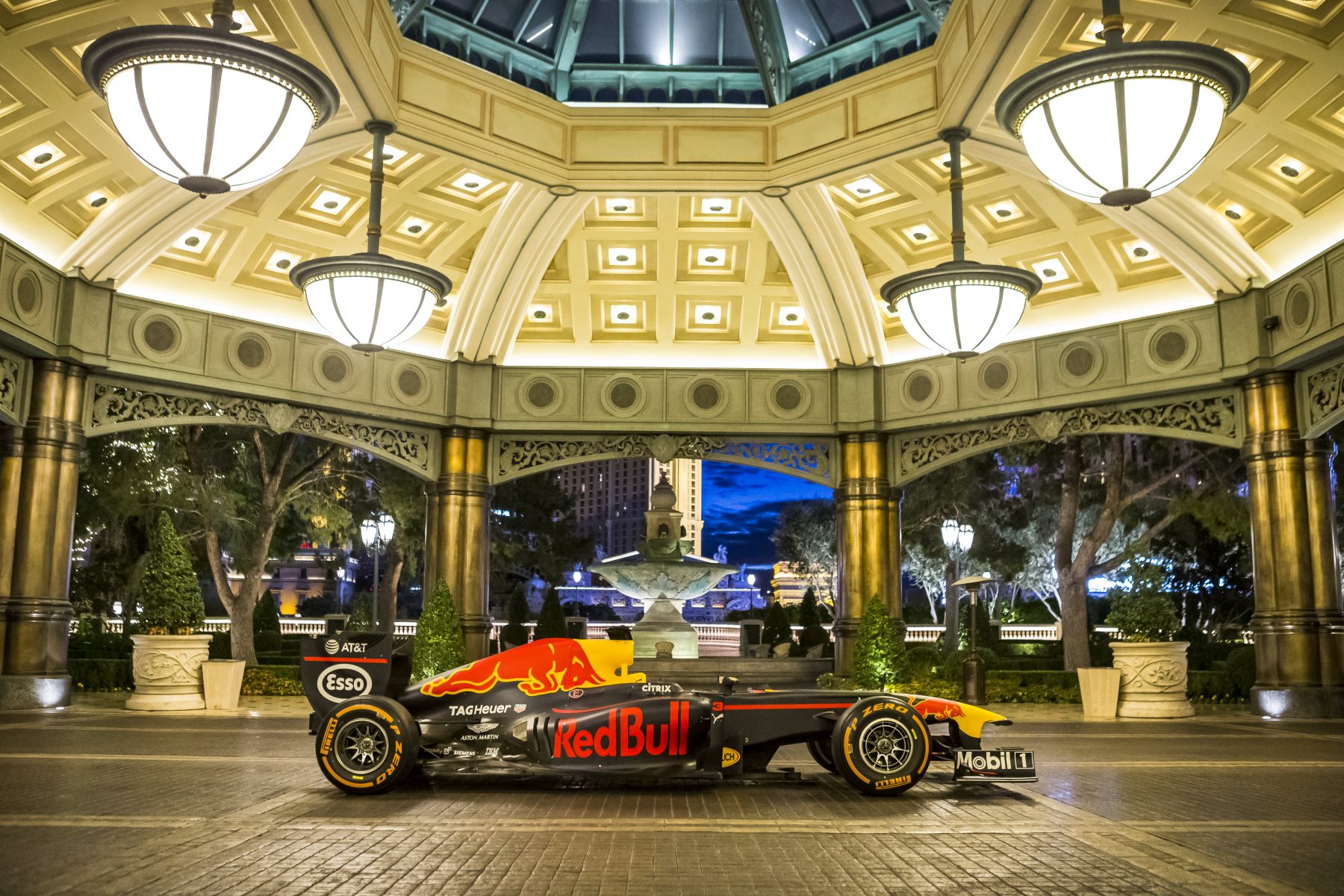Heads of state tend to be pretty staid in their transport choices – big, sobre limousines are usually the order of the day. But the head of the Catholic church is able to have a bit more fun with his choice of vehicle.
The Pope’s transport has to protect the pontiff, while allowing him to commune with the adoring crowds that characterise his visits. As such, a custom ‘Popemobile’ tends to be the vehicle of choice – affording his Holiness a commanding view of his surroundings atop a raised platform surrounded by bulletproof glass – deemed necessary after the assassination attempt on Pope John Paul II in 1981.
That’s not to say the Pope exclusively travels by Popemobile – there are a few other vehicles blessed enough for him to use.
Here are some of the best…
Mercedes M-Class Popemobile
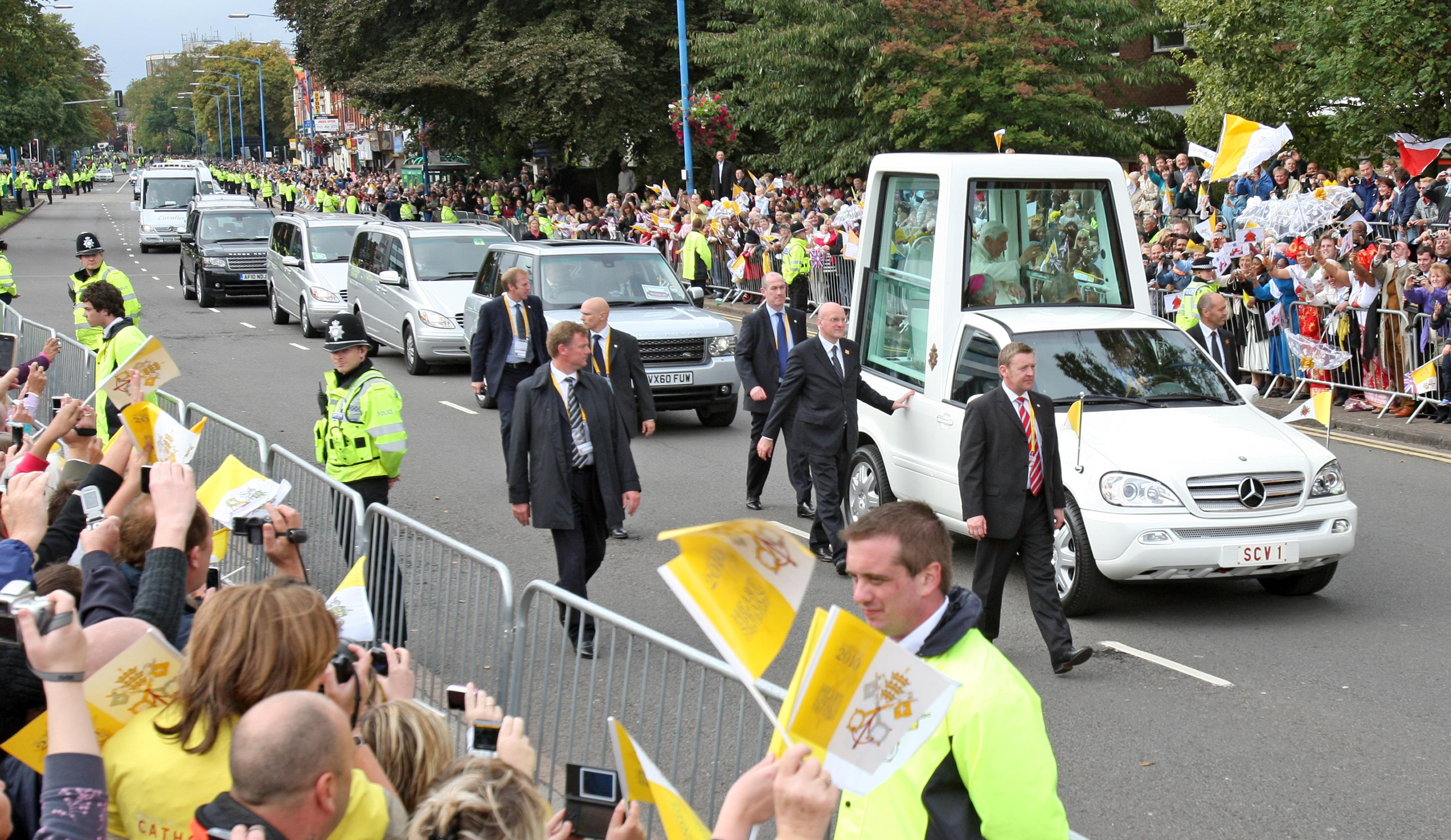
This is perhaps the best-used and most recognisable Popemobile around. Based on a 2007 Mercedes M-Class SUV, it features a raised platform at the rear, with a full-height door and steps leading into it.
Inside, there’s a handrail so that his Holiness can stand and wave, but there’s also a pair of comfy seats in case the weight of all that Catholicism gets to be too much to handle.
Lamborghini Huracan
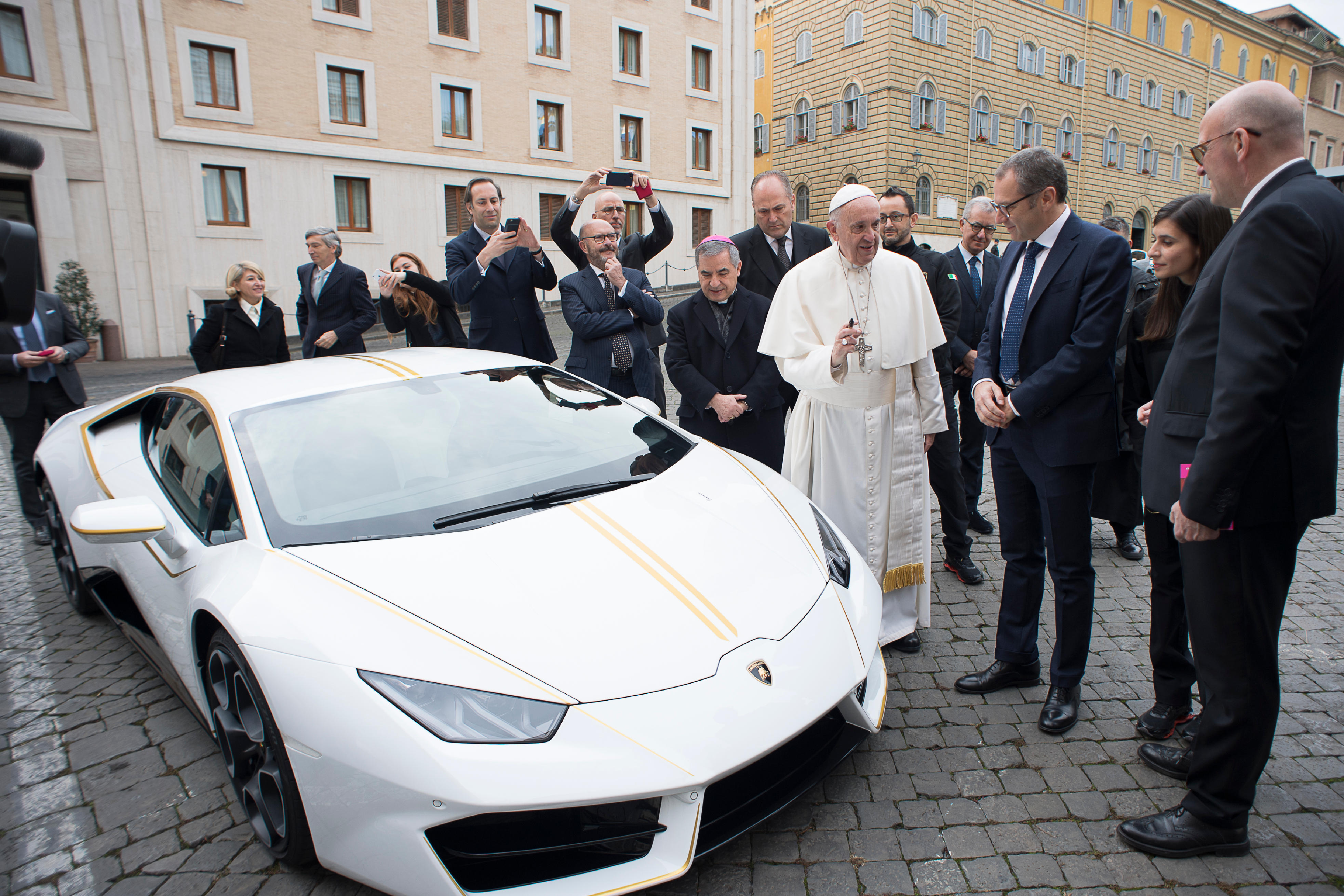
Being the Pope isn’t always easy – after all, if you were gifted a customised Lamborghini Huracan, you’d probably want to get in and go for a drive. But with the Vatican boasting so few roads, there’s little point in ownership – so when Pope Francis was given this gift by the Italian supercar manufacturer, he instead decided to sell it.
Resplendent in papal white with gold detailing, the Lamborghini fetched £630,000 for charity when RM Sotheby’s auctioned it off earlier this year. The Pope’s signature on the bonnet possibly helped the sale along.
Leyland Popemobile
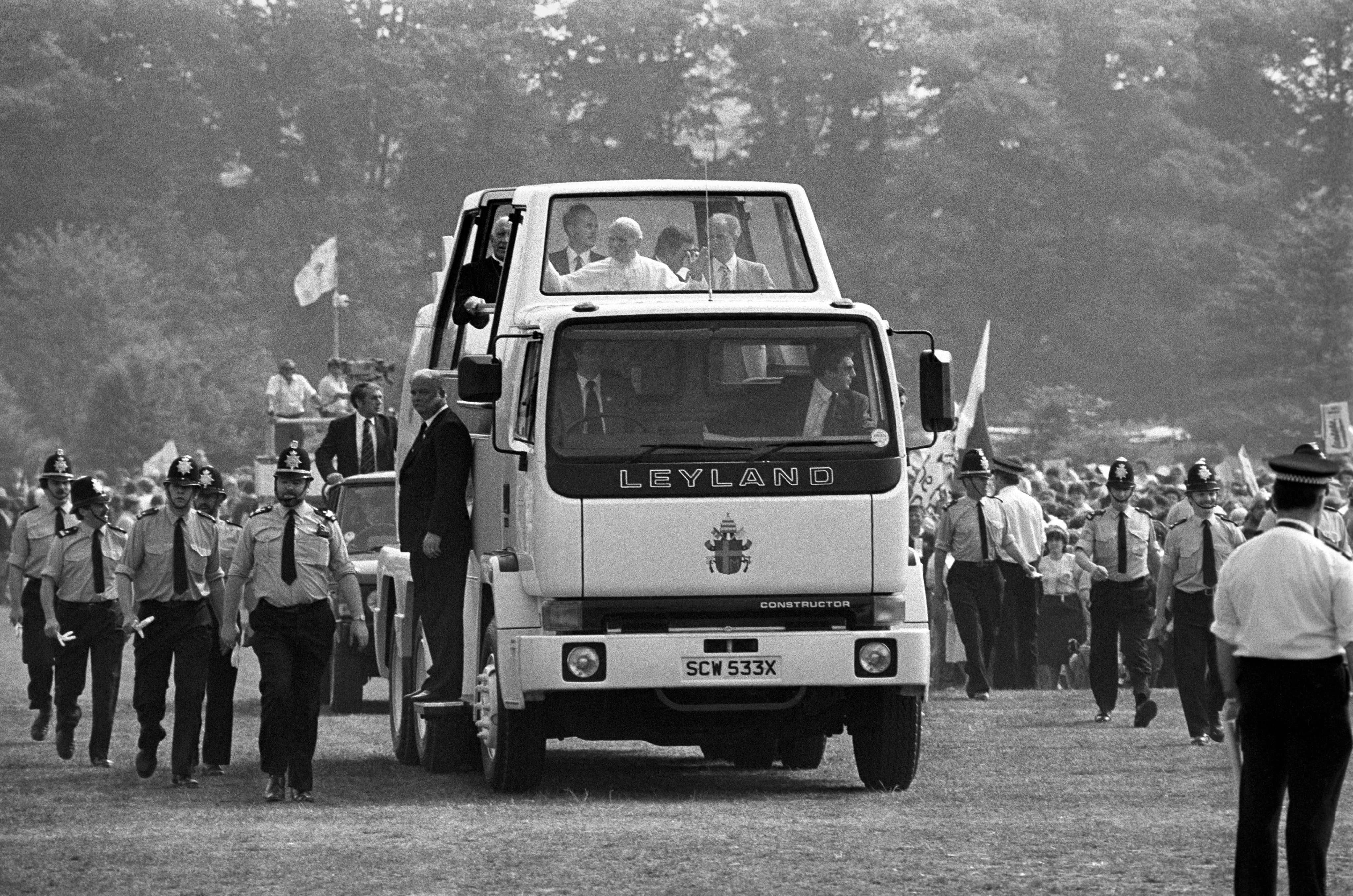
When Pope John Paul II visited the UK for five days in 1982, he was transported around in something a little heftier than the traditional Popemobile – a necessary evil due to an attempt on his life just a year earlier. The response from the UK was this monster – the 24 ton Leyland Popemobile.
It rode on a Leyland Constructor chassis, which was chosen because of its ability off-road as well as impressive acceleration for a commercial vehicle. Visitors to the British Commercial Vehicle Museum can still see the first of two such popemobiles in all of its glory.
Renault 4
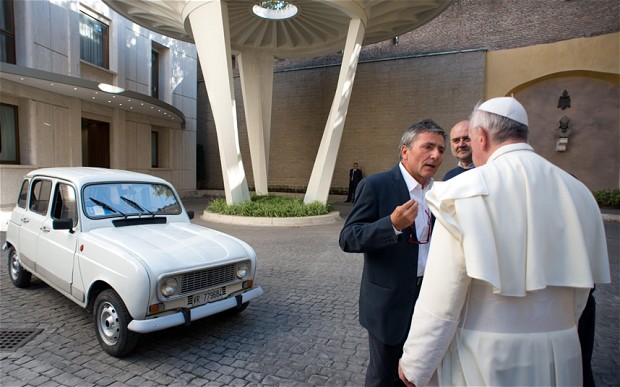
The current Pope, Francis, is well-known for being a very humble man – eschewing the finery of many of his predecessors and leading a less grand existence than you may expect. The same is reflected in his own personal transport, which is over thirty years old.
The Renault 4 was gifted to Francis by Father Renzo Zocca of Italy, and his Holiness uses it to nip about the Vatican.
Fiat Campagnola Popemobile
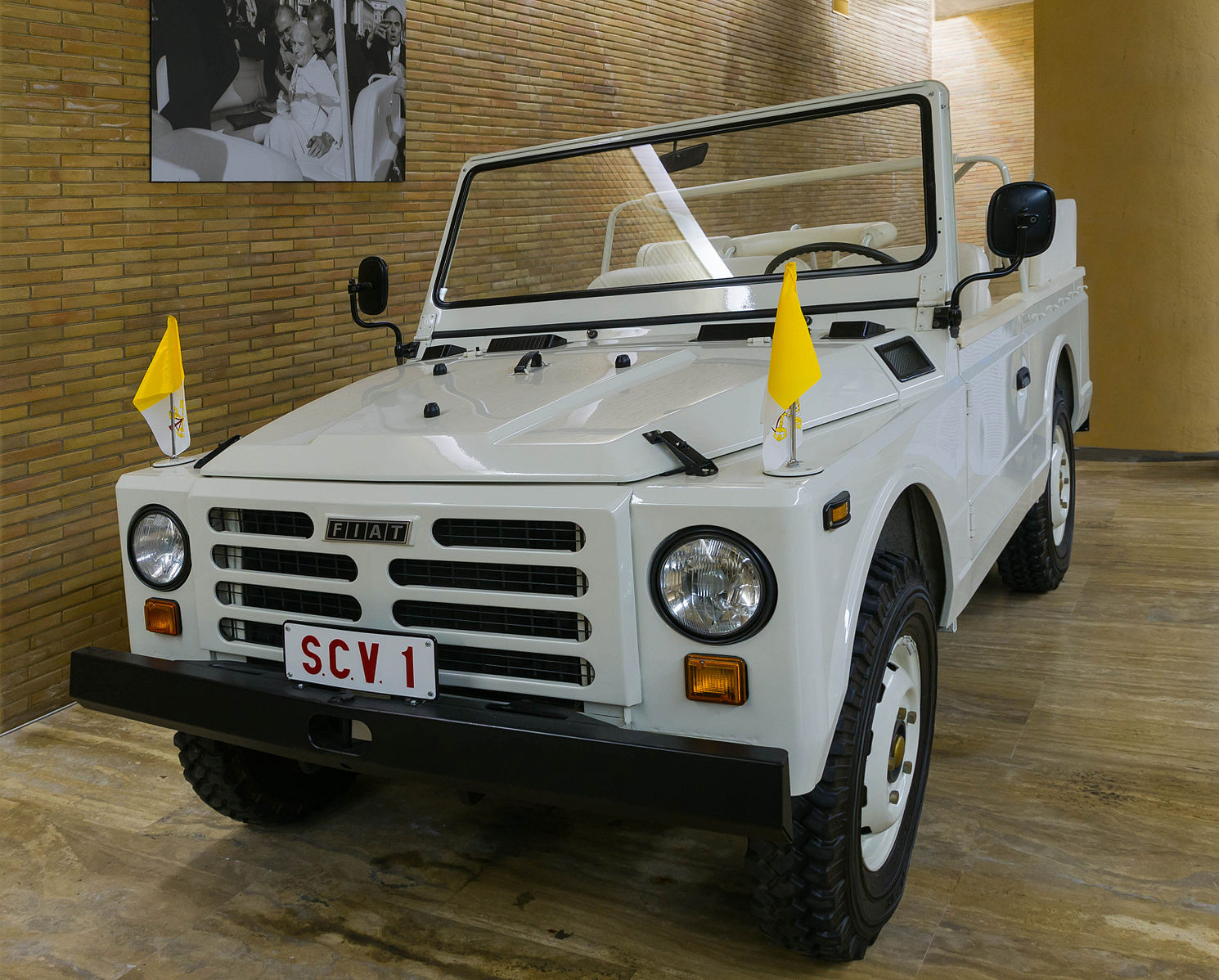
With the Vatican being fully surrounded by Italy, it’s no surprise that the pontiff spends a lot of his time in Fiat vehicles. This Campagnola is one of the more popular models, but fell out of favour in 1981 after an attempt on Pope John Paul II’s life. Since then, most Popemobiles have been fitted with bulletproof glass.
Seat Panda Popemobile
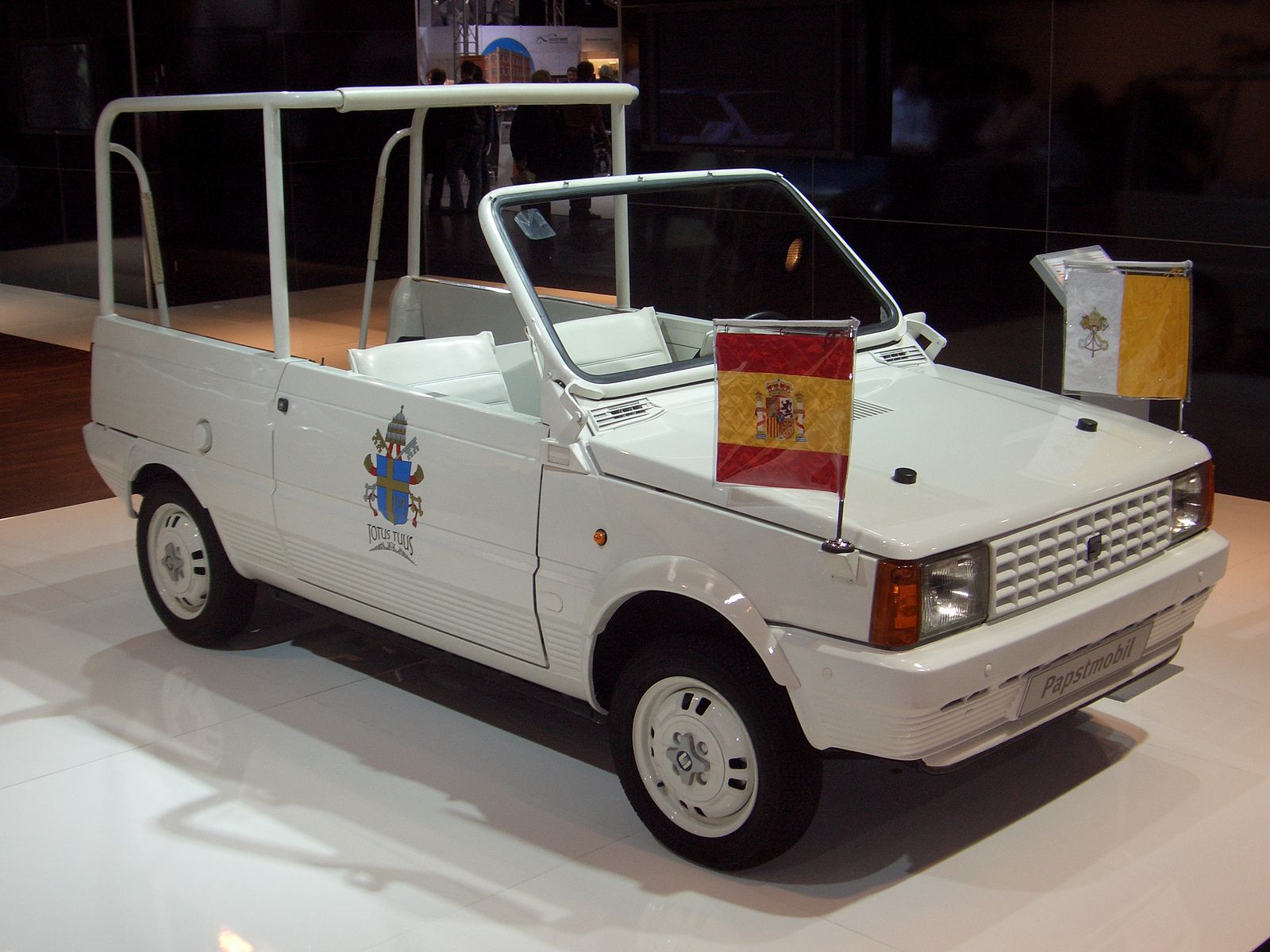
Not all Popemobiles have to be based on SUVs. This adorable Seat Panda – build on Fiat Panda designs under license by Spanish brand Seat – was used in 1982 during John Paul IIs visit to Spain.
Ferrari Enzo
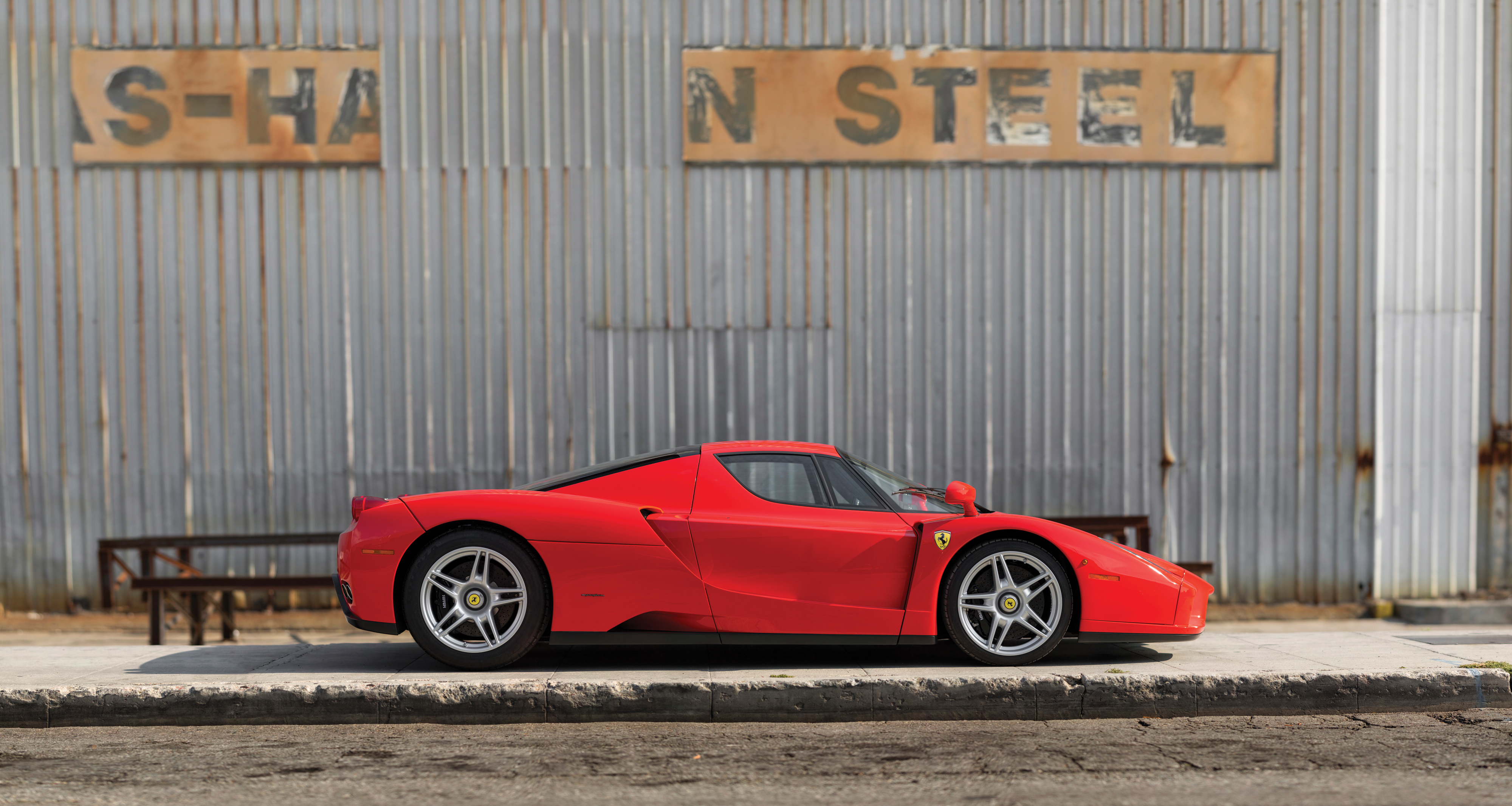
The 400th and final Ferrari Enzo was gifted to John Paul II by Ferrari – another example of a Pope being given a supercar he can’t drive. It’s presented in a rare Rosso Scuderia colour, with a unique bare carbon-fibre spoiler.
It was auctioned off in 2005, sadly after the death of John Paul II – but his successor, Benedict XVI, received a cheque with the proceeds to be donated to charity. The Enzo was last sold in 2015 by RM Sotheby’s, making over $6 million.
Skoda Rapid
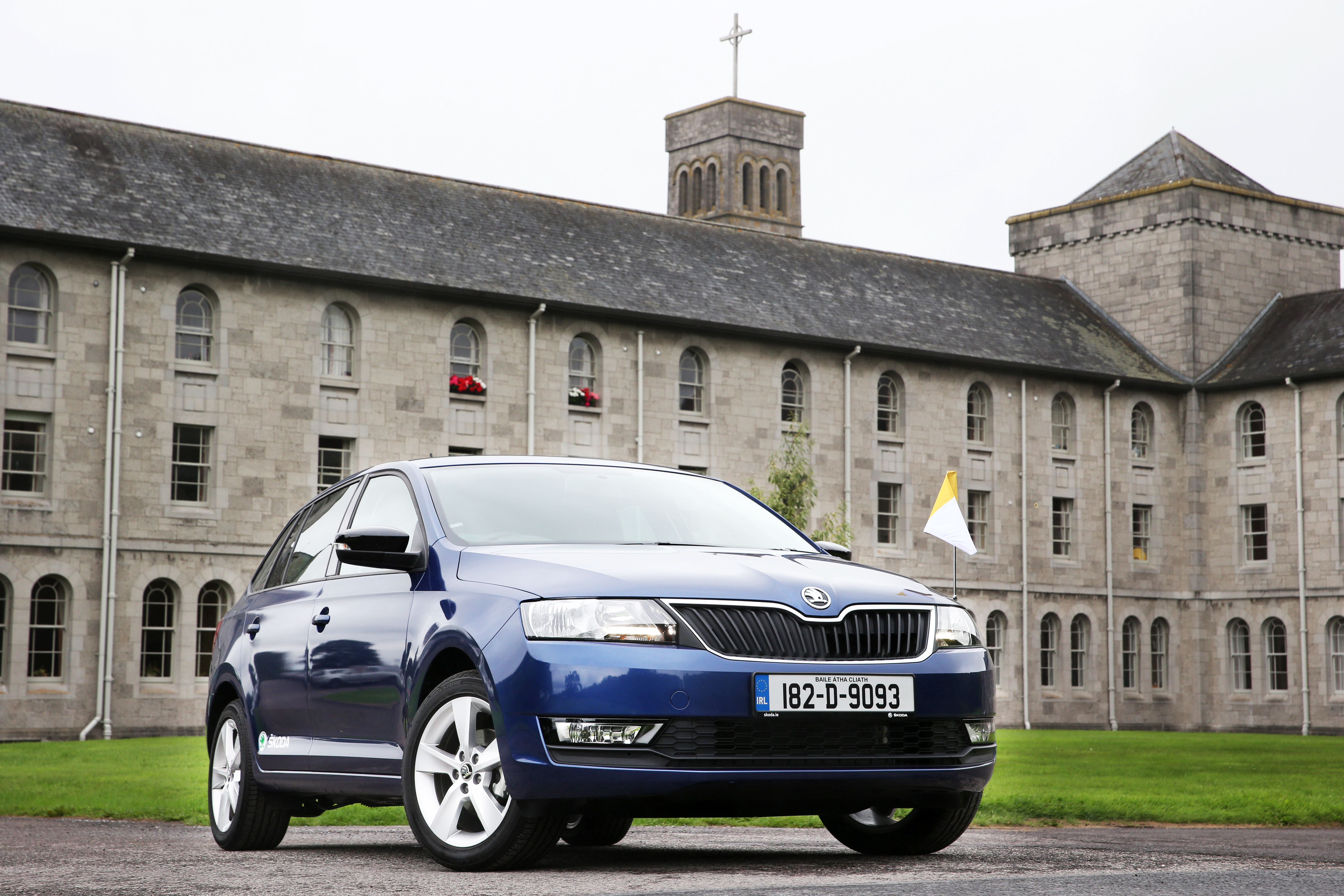
The latest transport to be used by his Holiness is slightly more auspicious than some of its predecessors. Set to be used by Francis on his visit to Dublin next week, the modified Rapid has been donated by Skoda of Ireland, and will be supplied with toughened glass, flag holders on the front wings and a custom armrest to keep the pontiff comfortable.


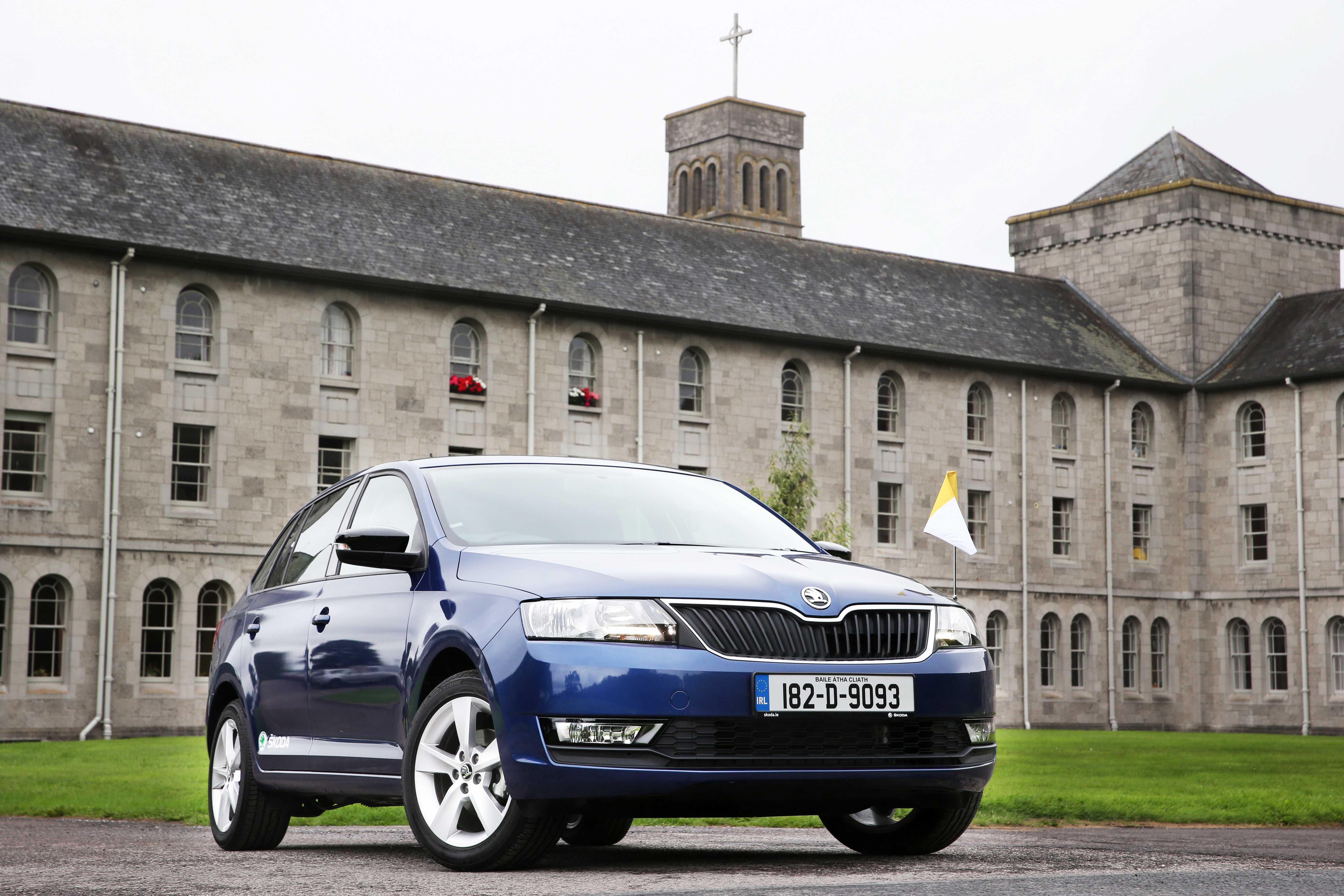

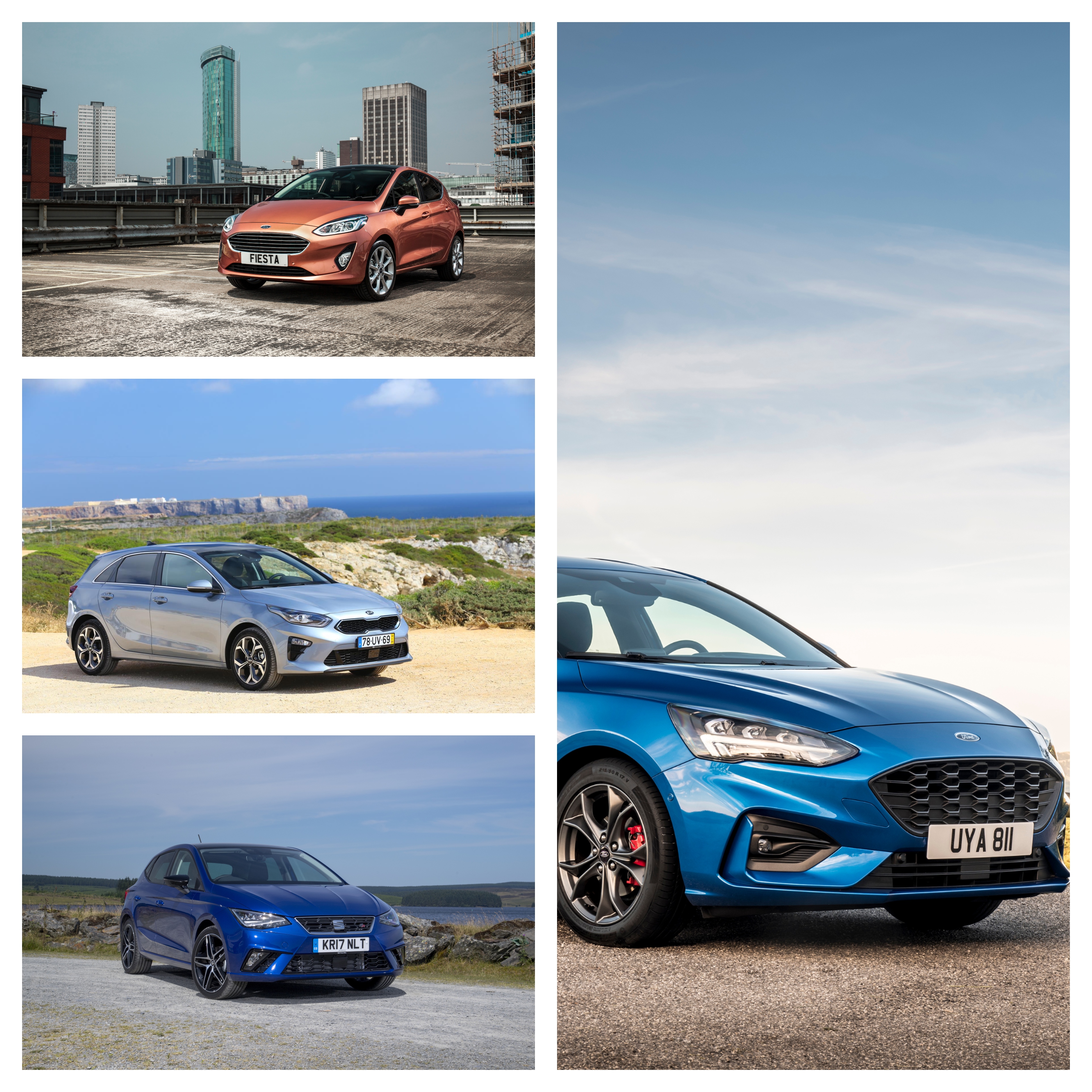
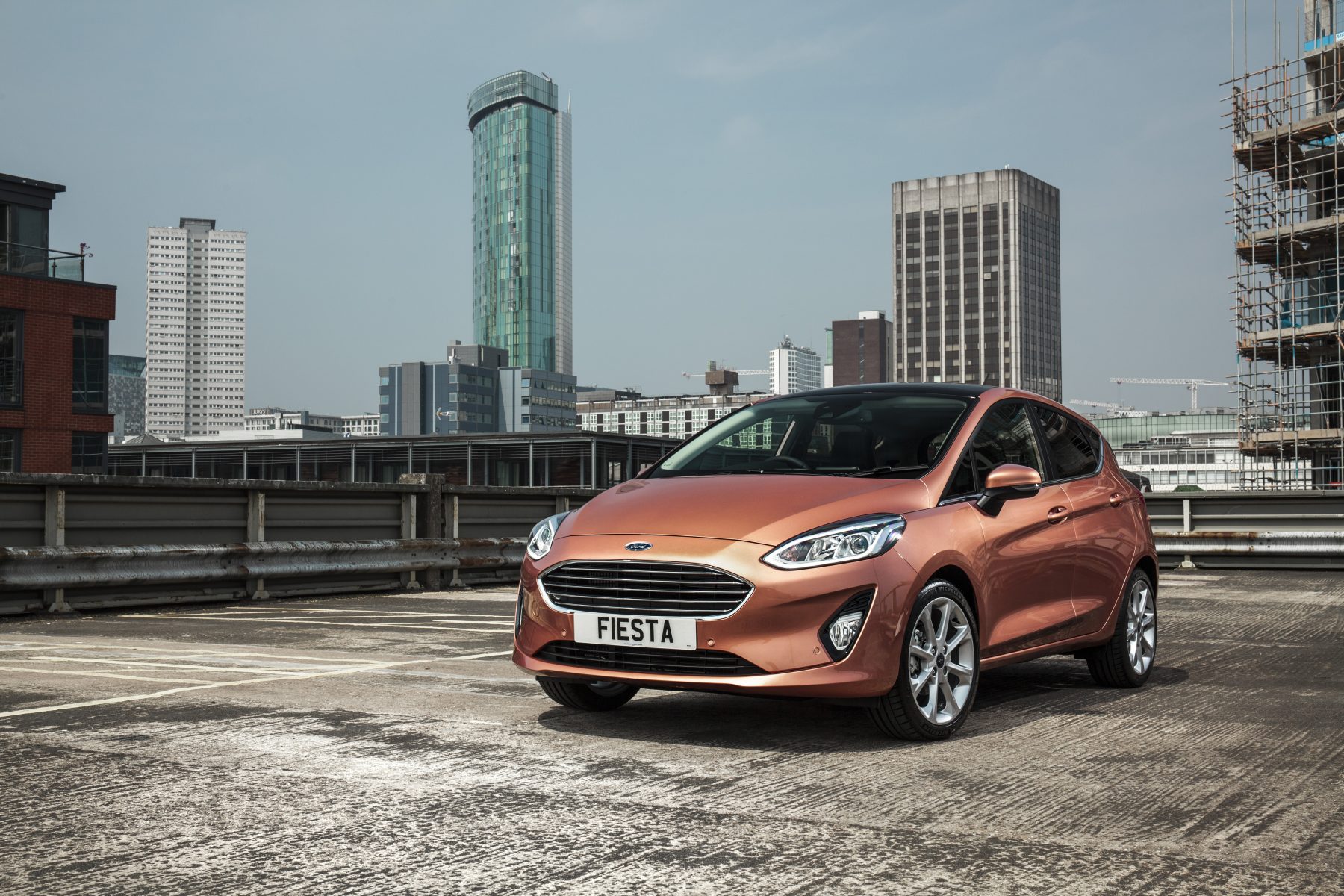
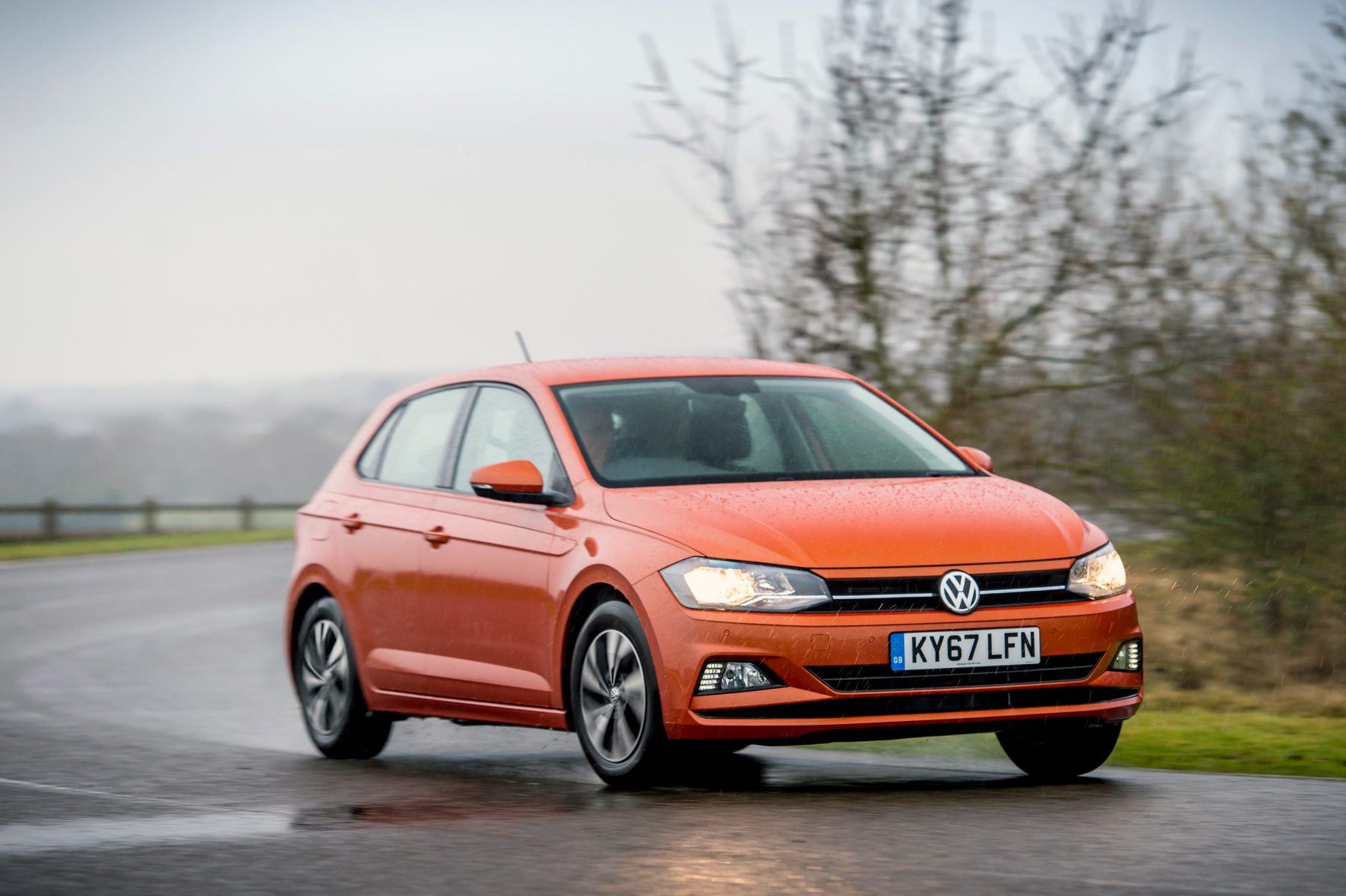
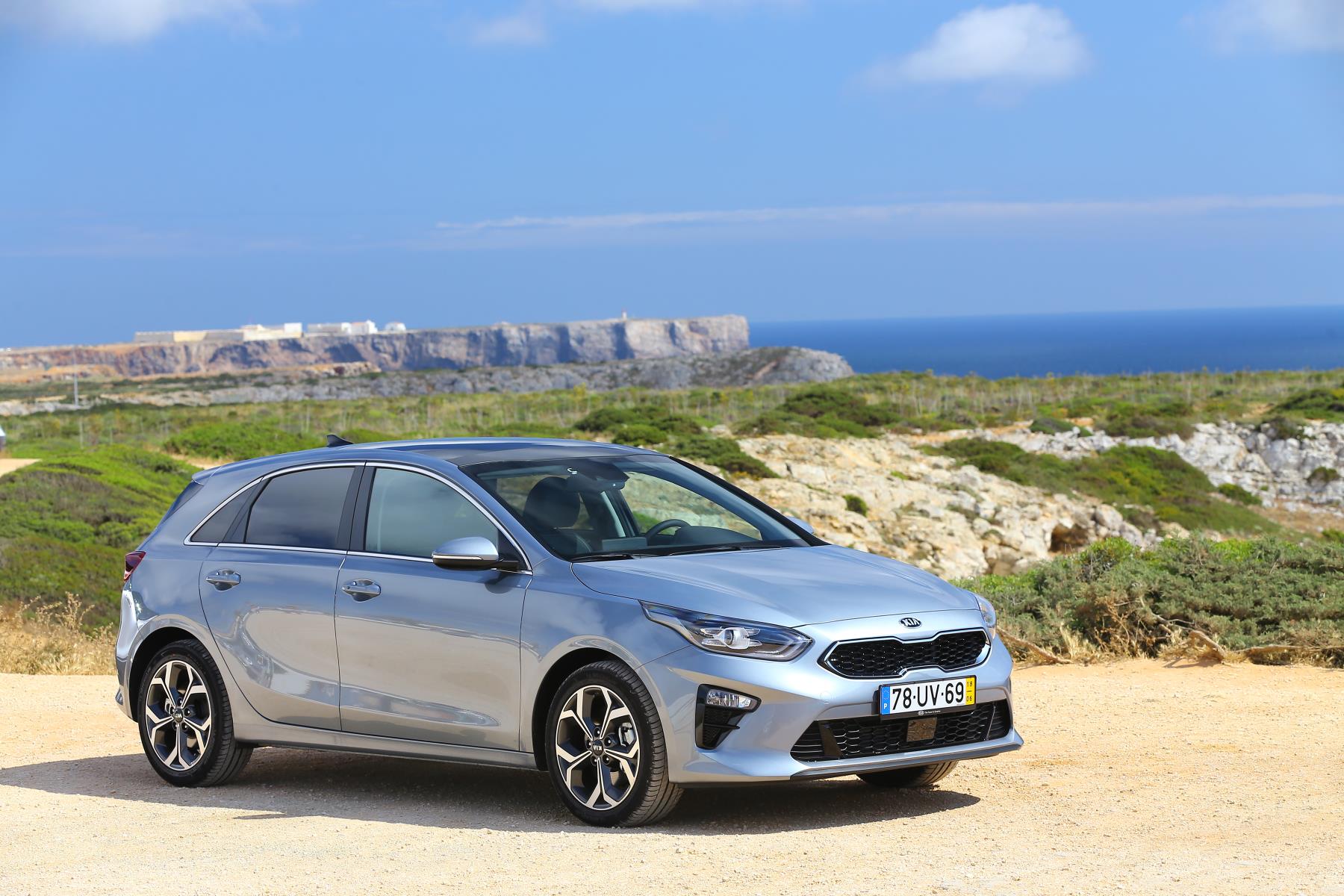
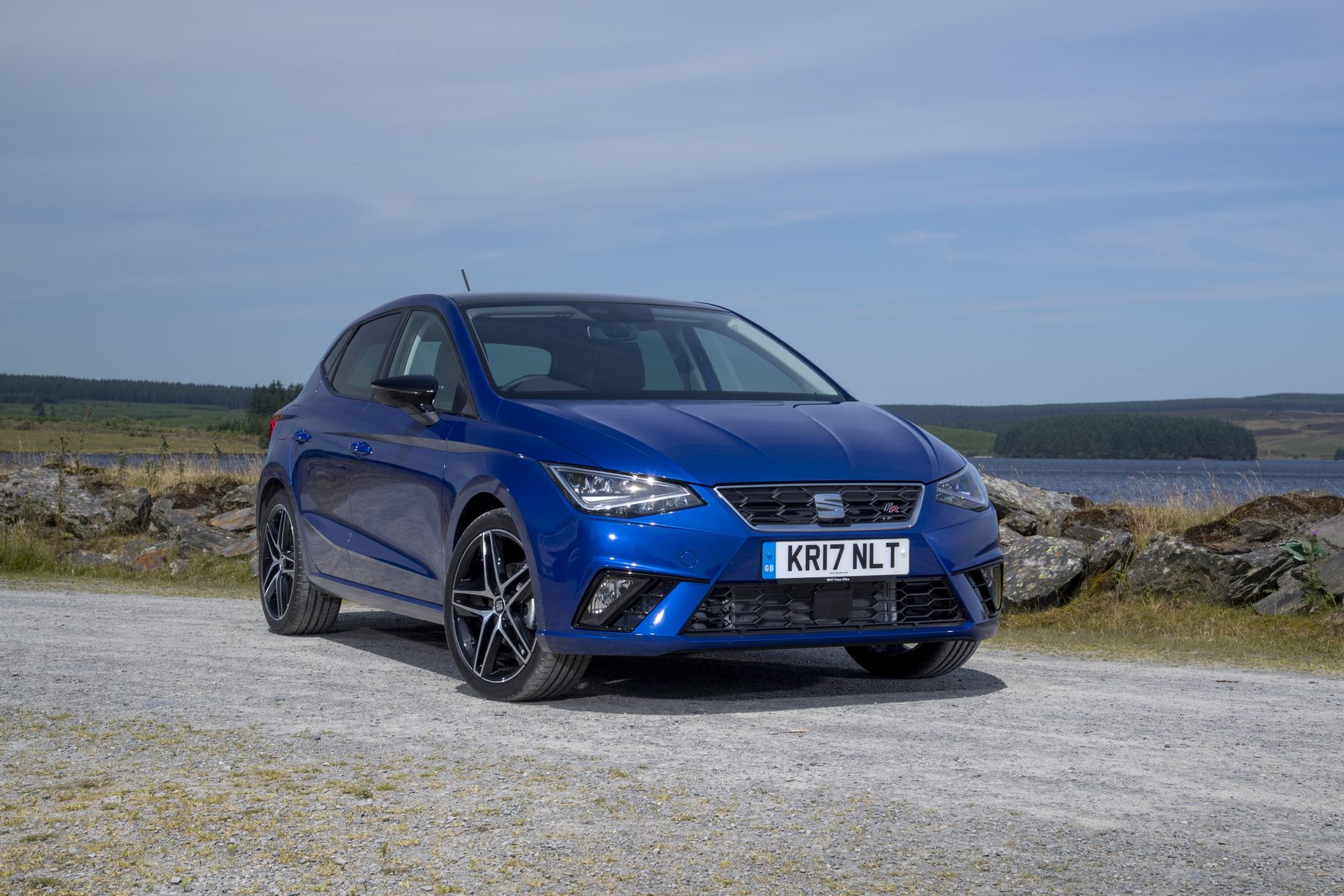
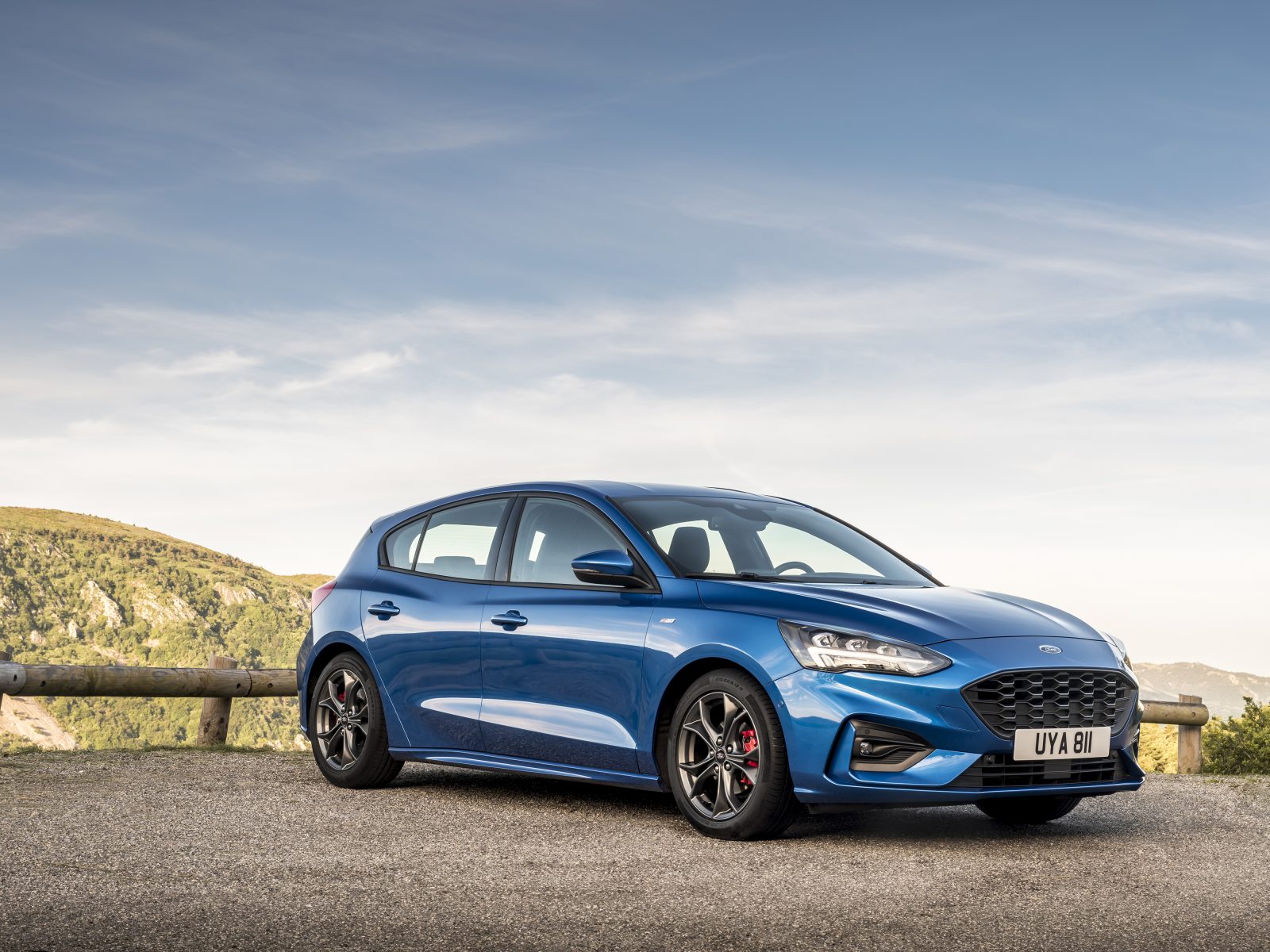
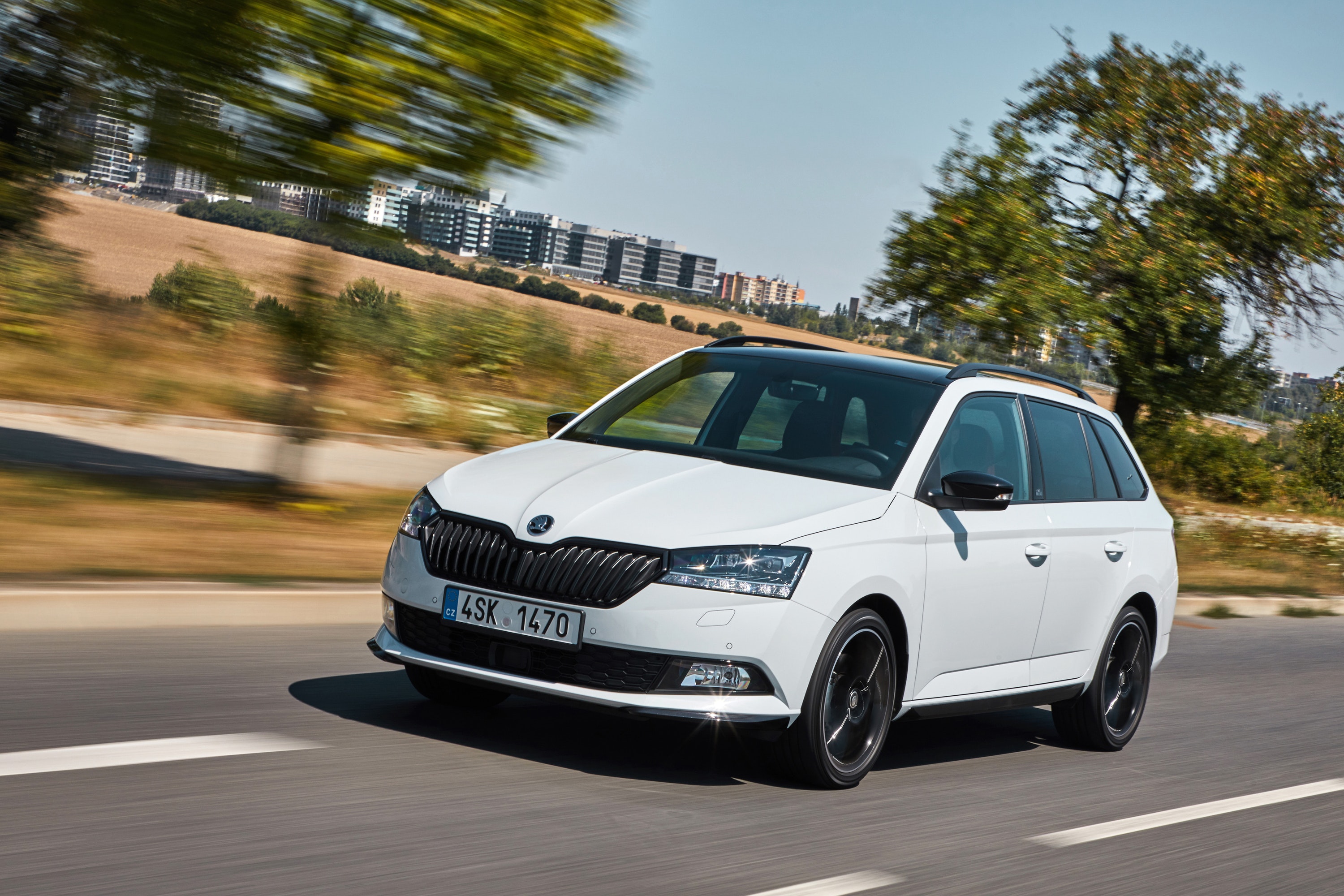
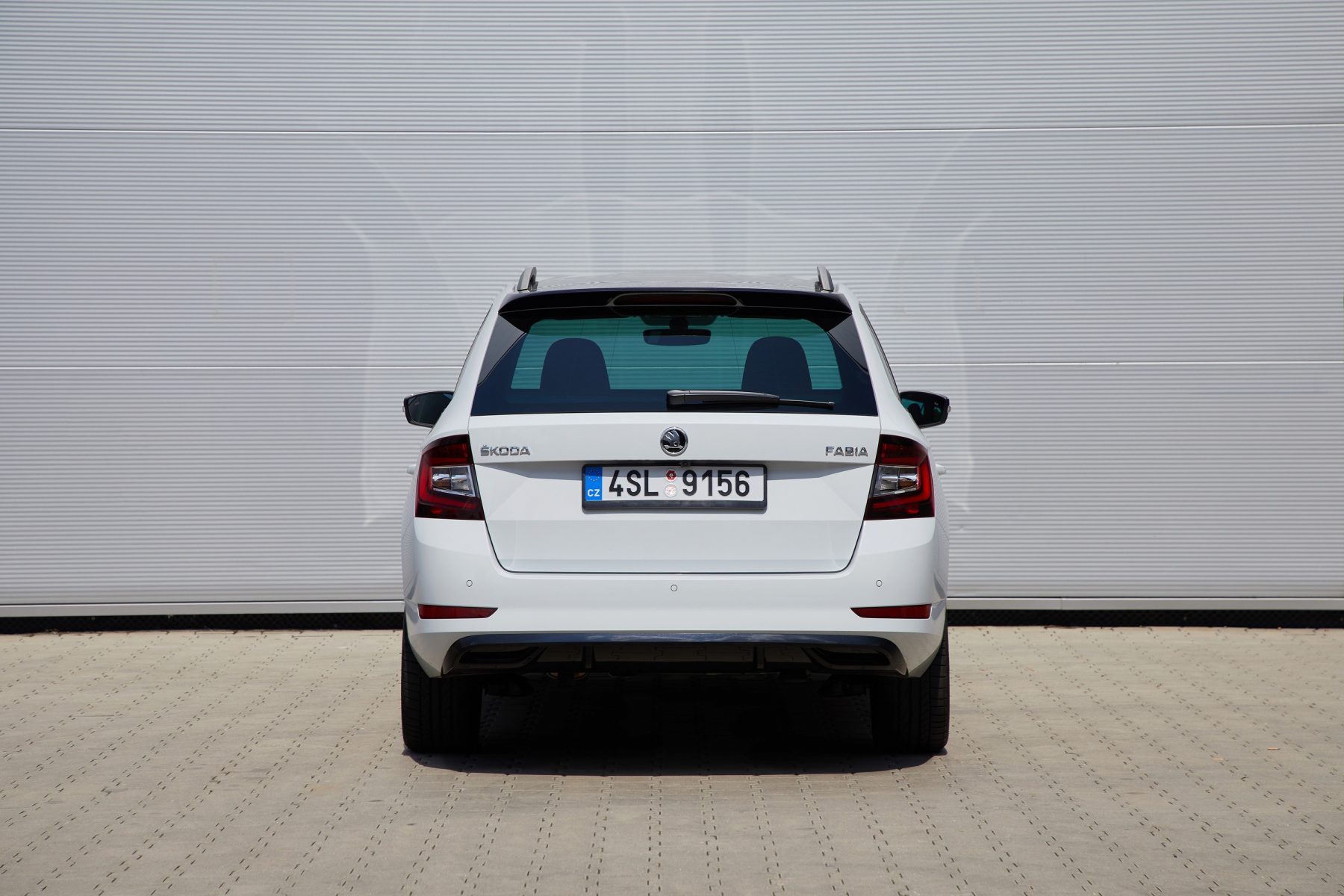
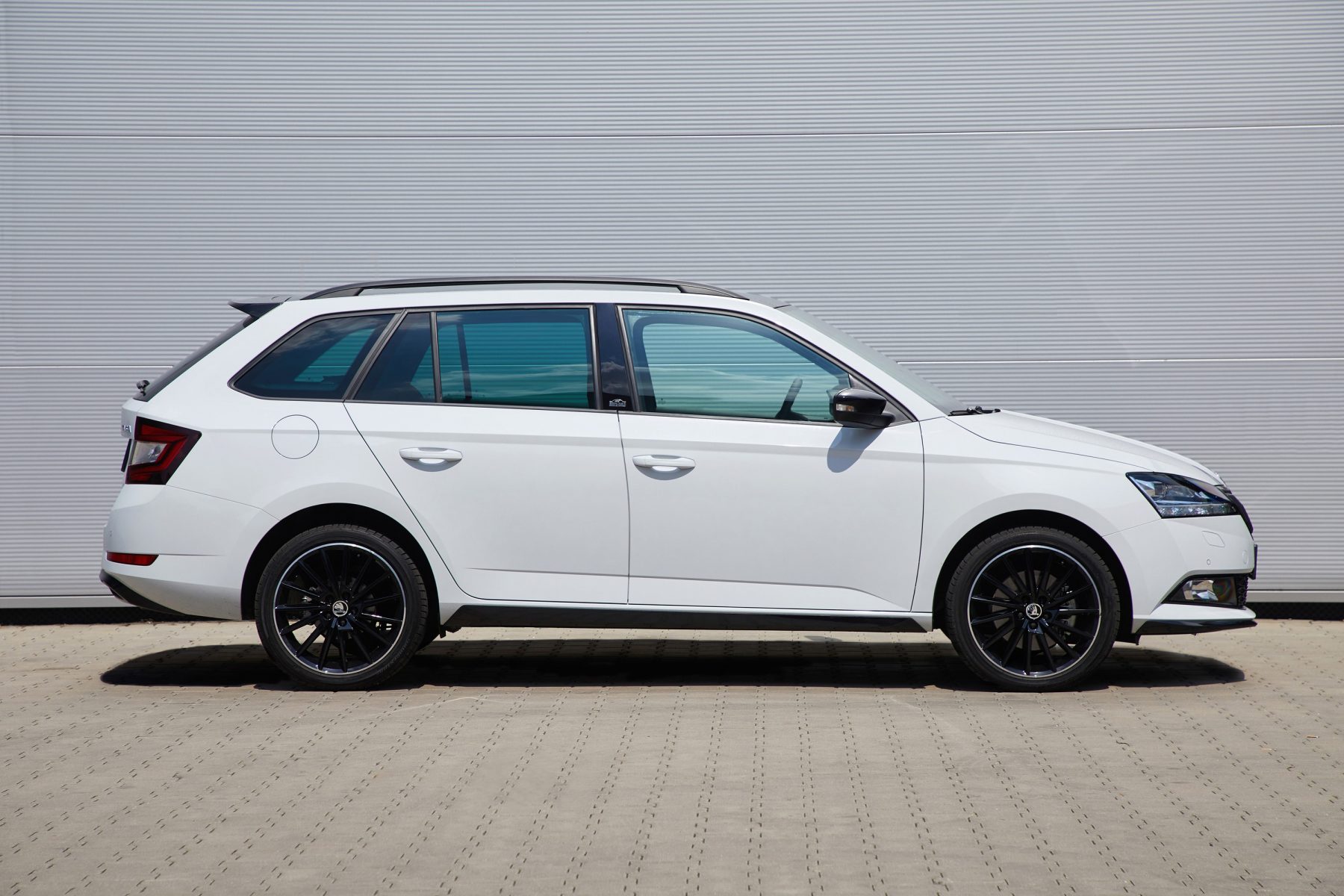
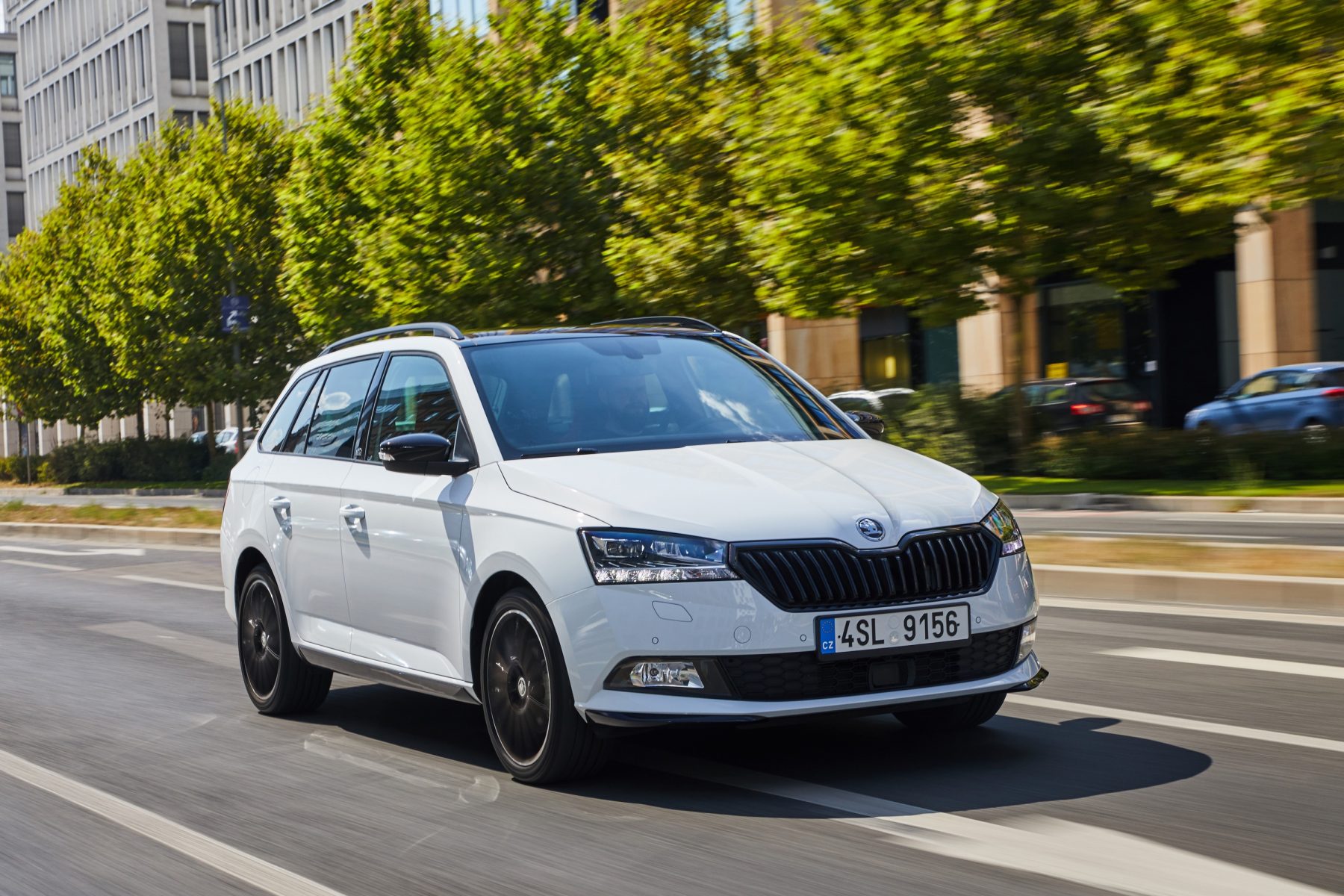
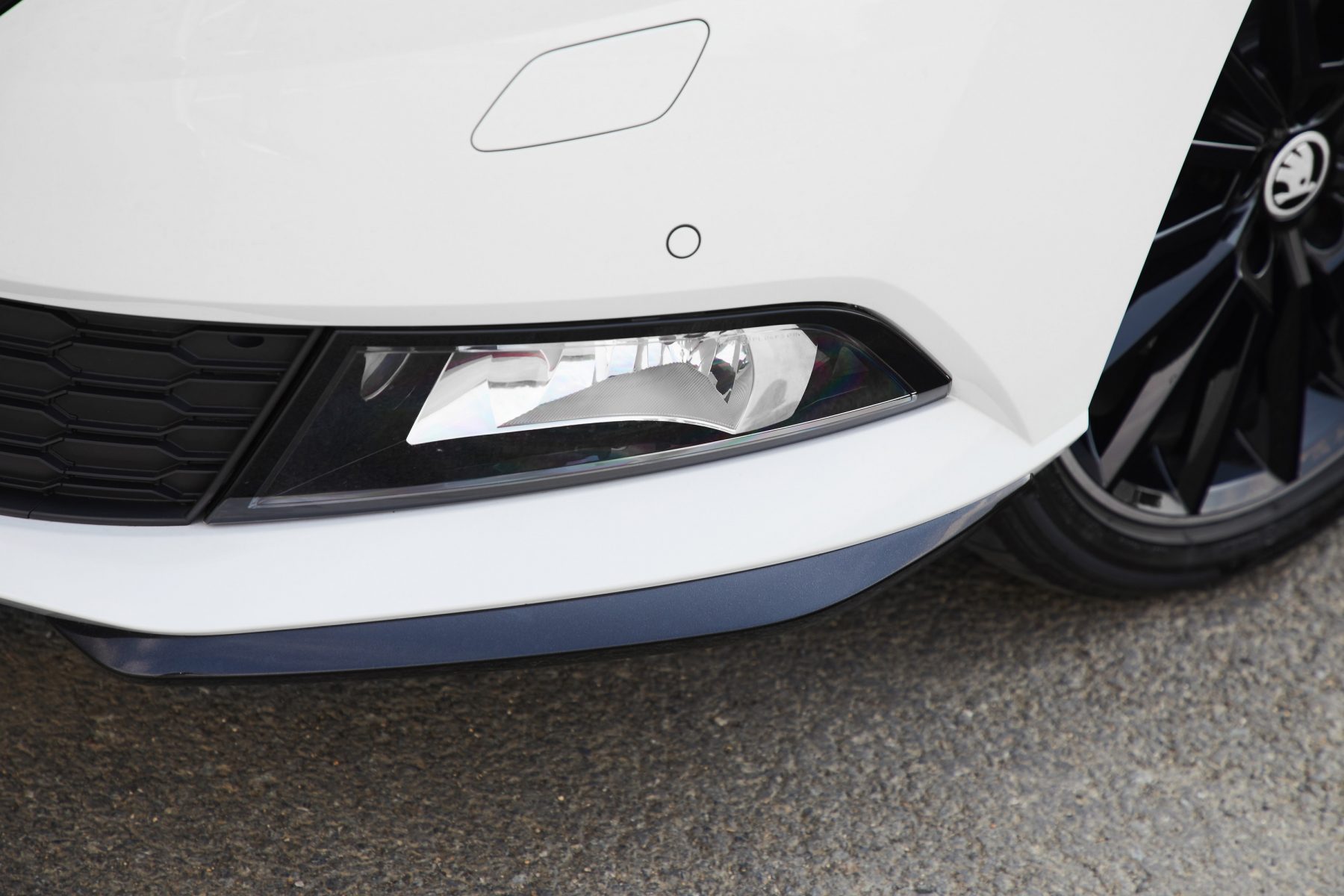
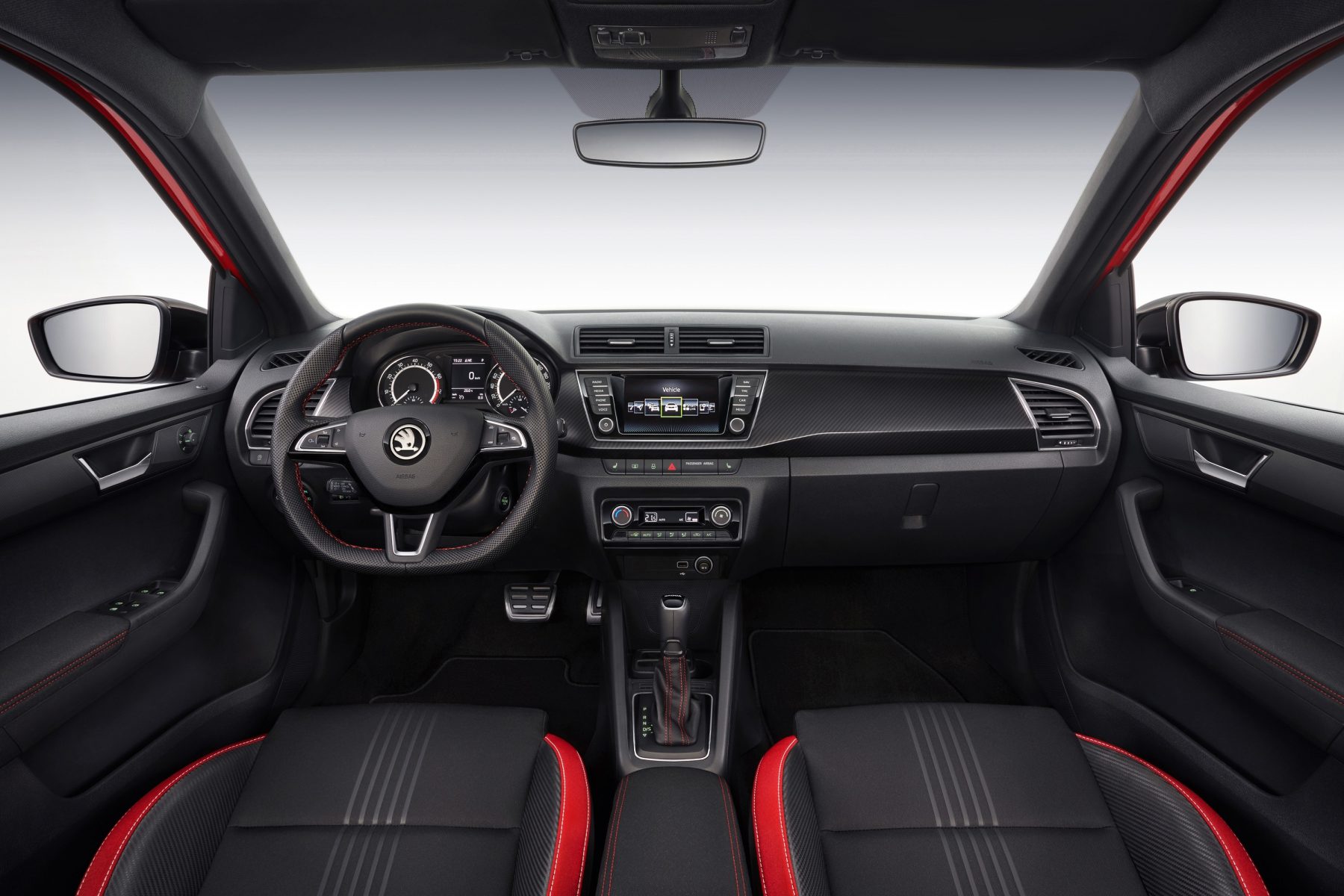
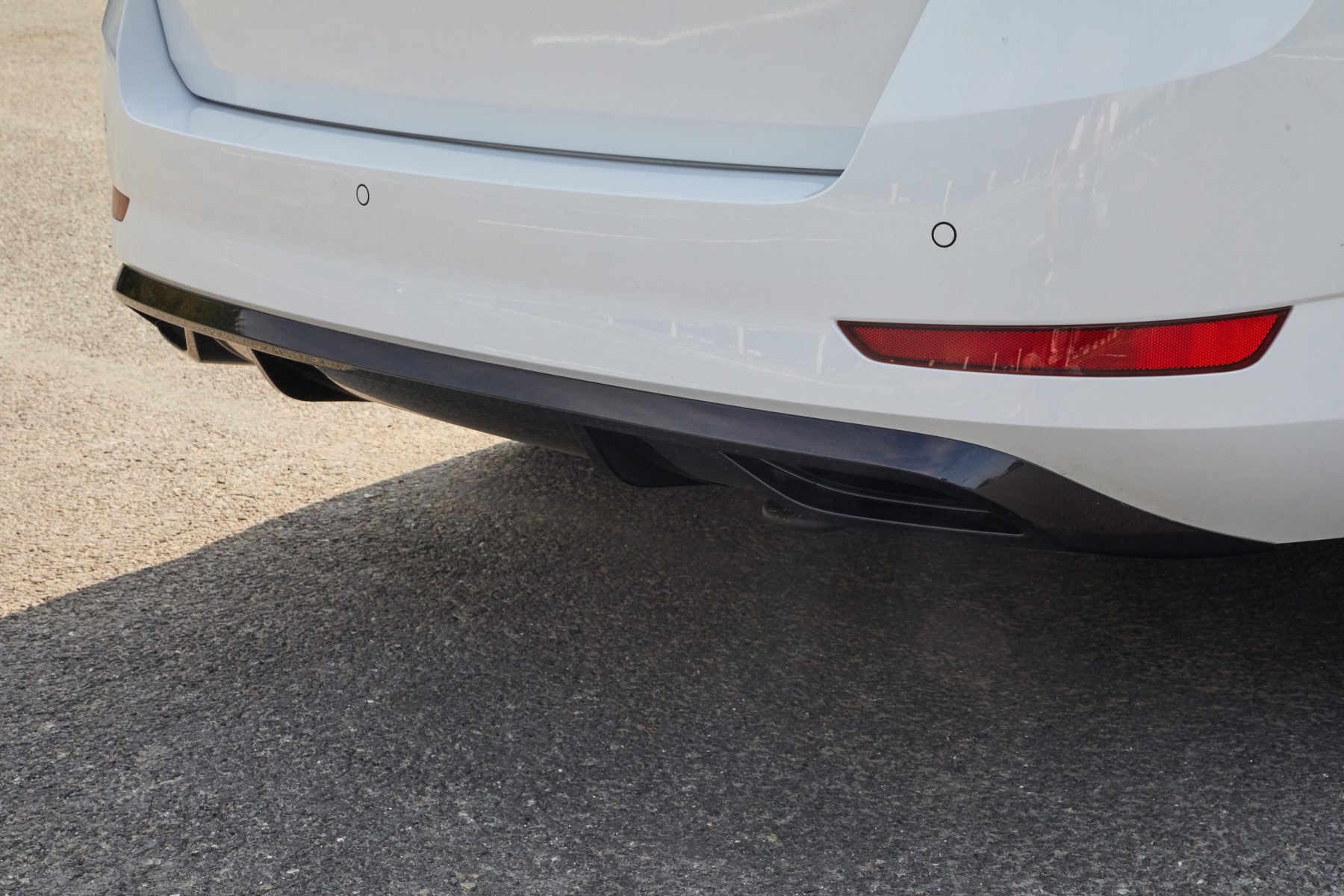
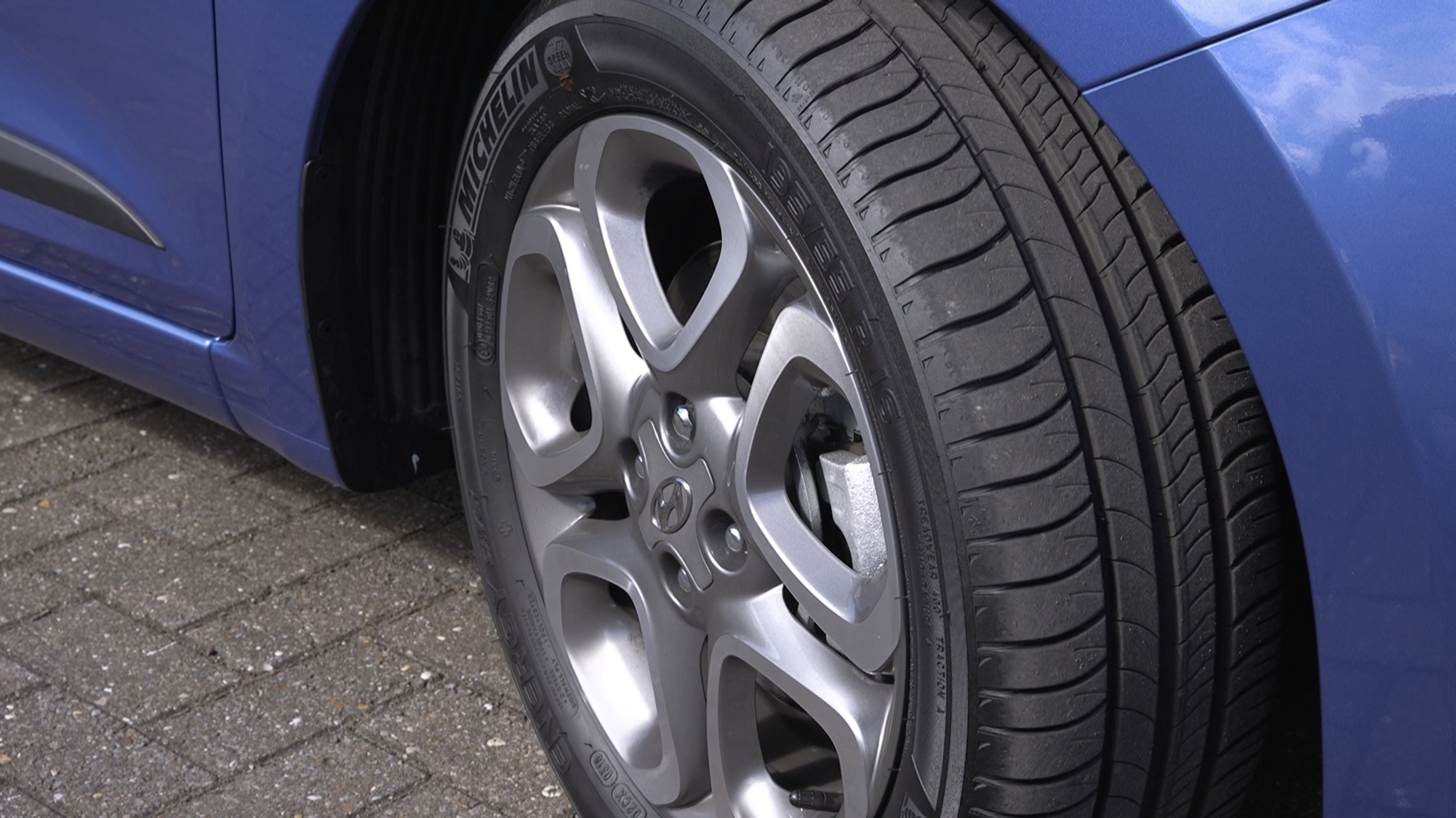
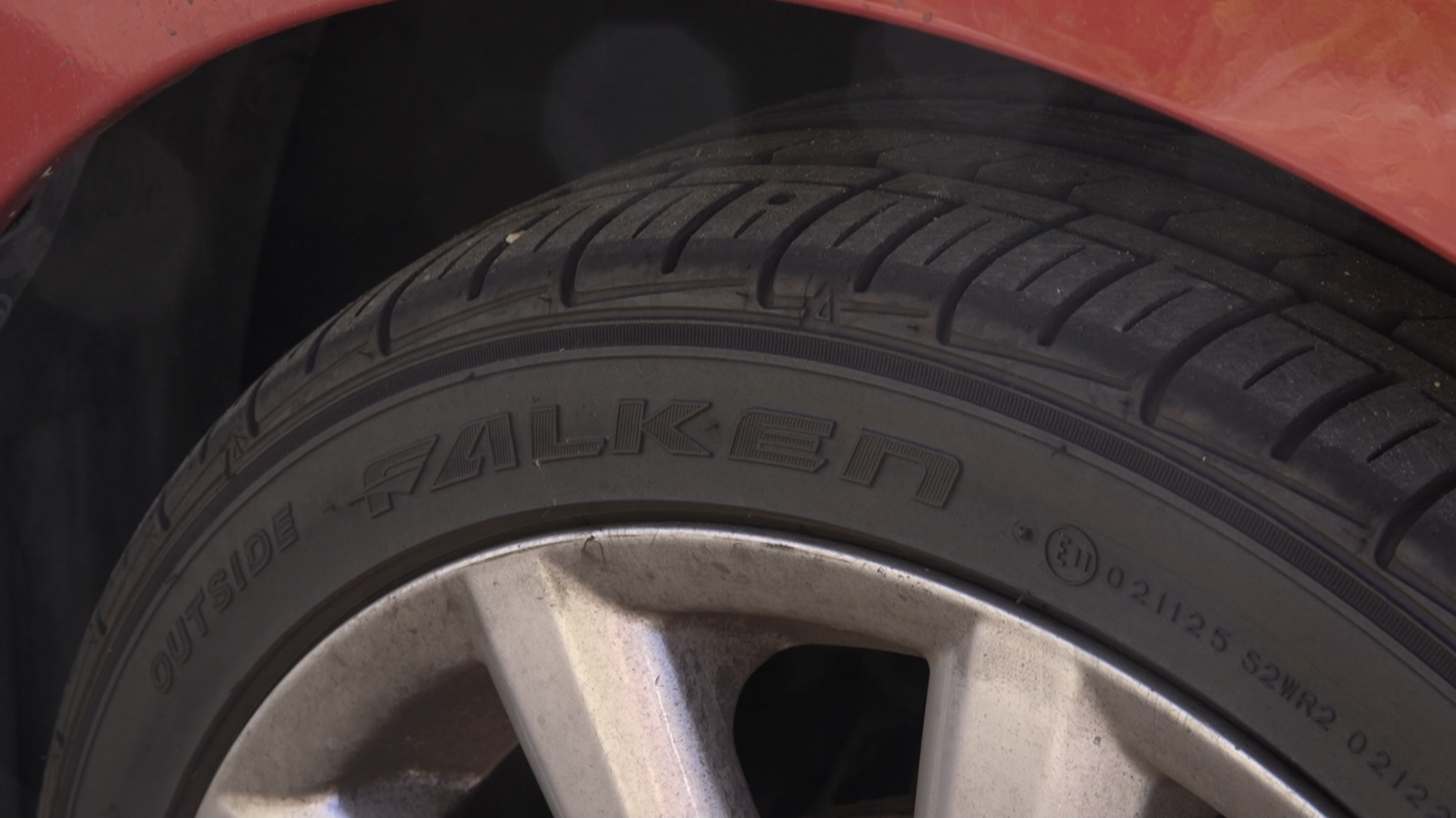 While it may be tempting to go for those £40 tyres from a brand nobody’s ever heard of, you could be doing more harm to your wallet in the long run.
While it may be tempting to go for those £40 tyres from a brand nobody’s ever heard of, you could be doing more harm to your wallet in the long run.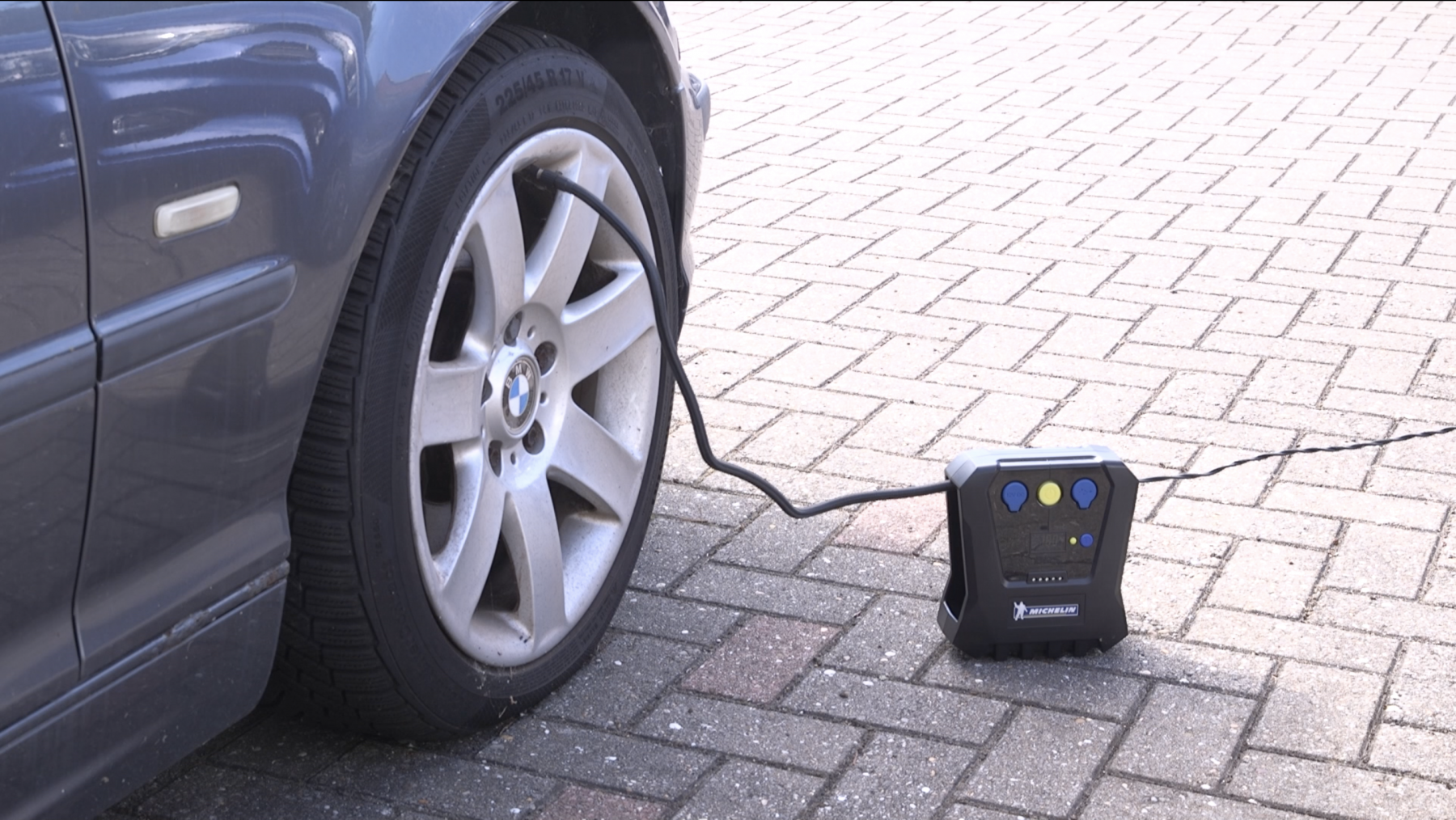 Underinflated tyres have a higher rolling resistance than those at the correct level, increasing wear on the sidewall. To keep your tyres lasting longer, regularly check pressures and keep them at manufacturer recommendations — which can be found in the owner’s manual, and inside the door sill of many cars.
Underinflated tyres have a higher rolling resistance than those at the correct level, increasing wear on the sidewall. To keep your tyres lasting longer, regularly check pressures and keep them at manufacturer recommendations — which can be found in the owner’s manual, and inside the door sill of many cars.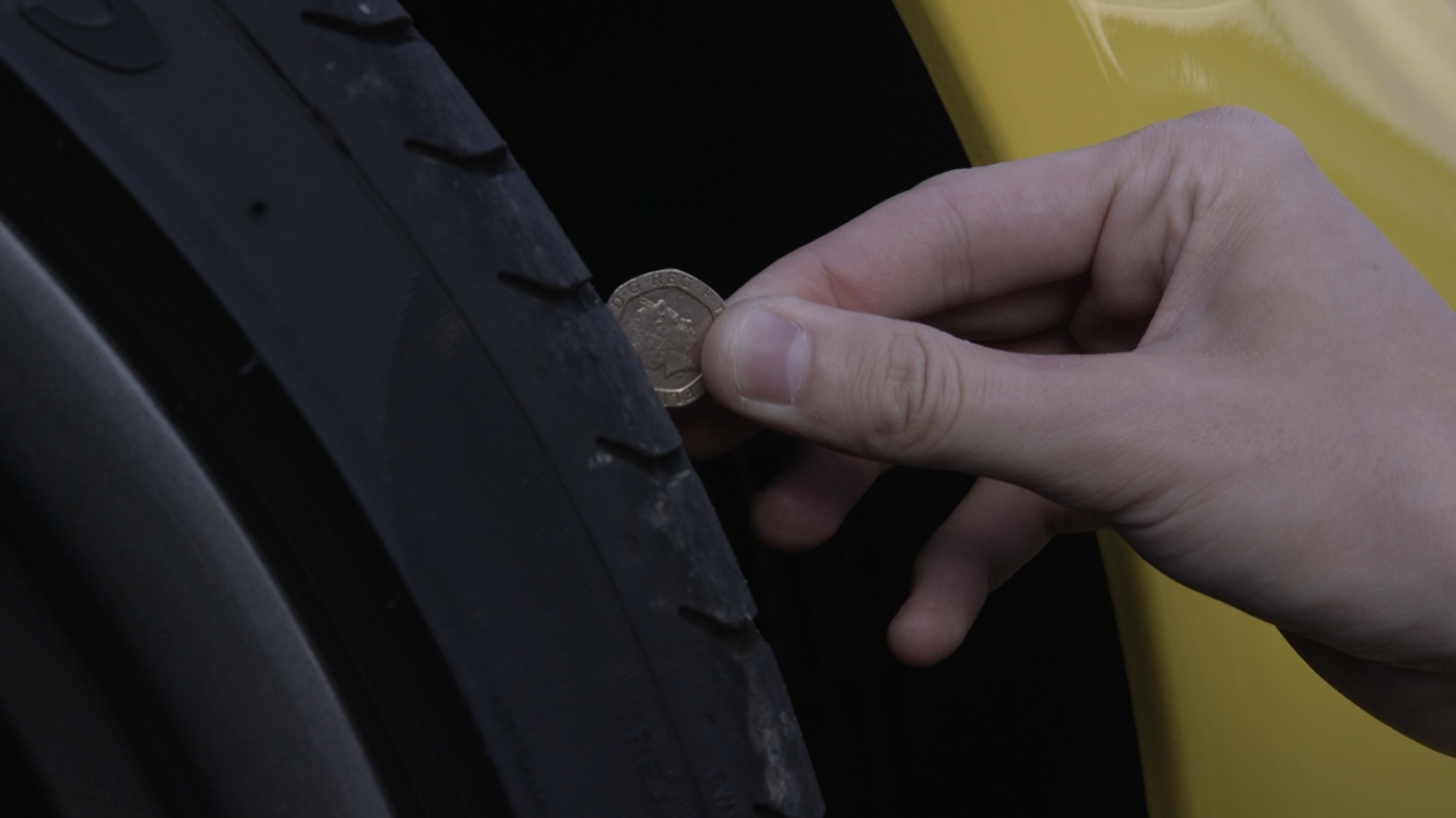 Tread is the part of the tyre that contacts the road, and as a result, wears out. Not only is it important to ensure you have a good amount of tread for your own safety, it’s also a legal requirement to have at least 1.6mm of it on all four tyres.
Tread is the part of the tyre that contacts the road, and as a result, wears out. Not only is it important to ensure you have a good amount of tread for your own safety, it’s also a legal requirement to have at least 1.6mm of it on all four tyres.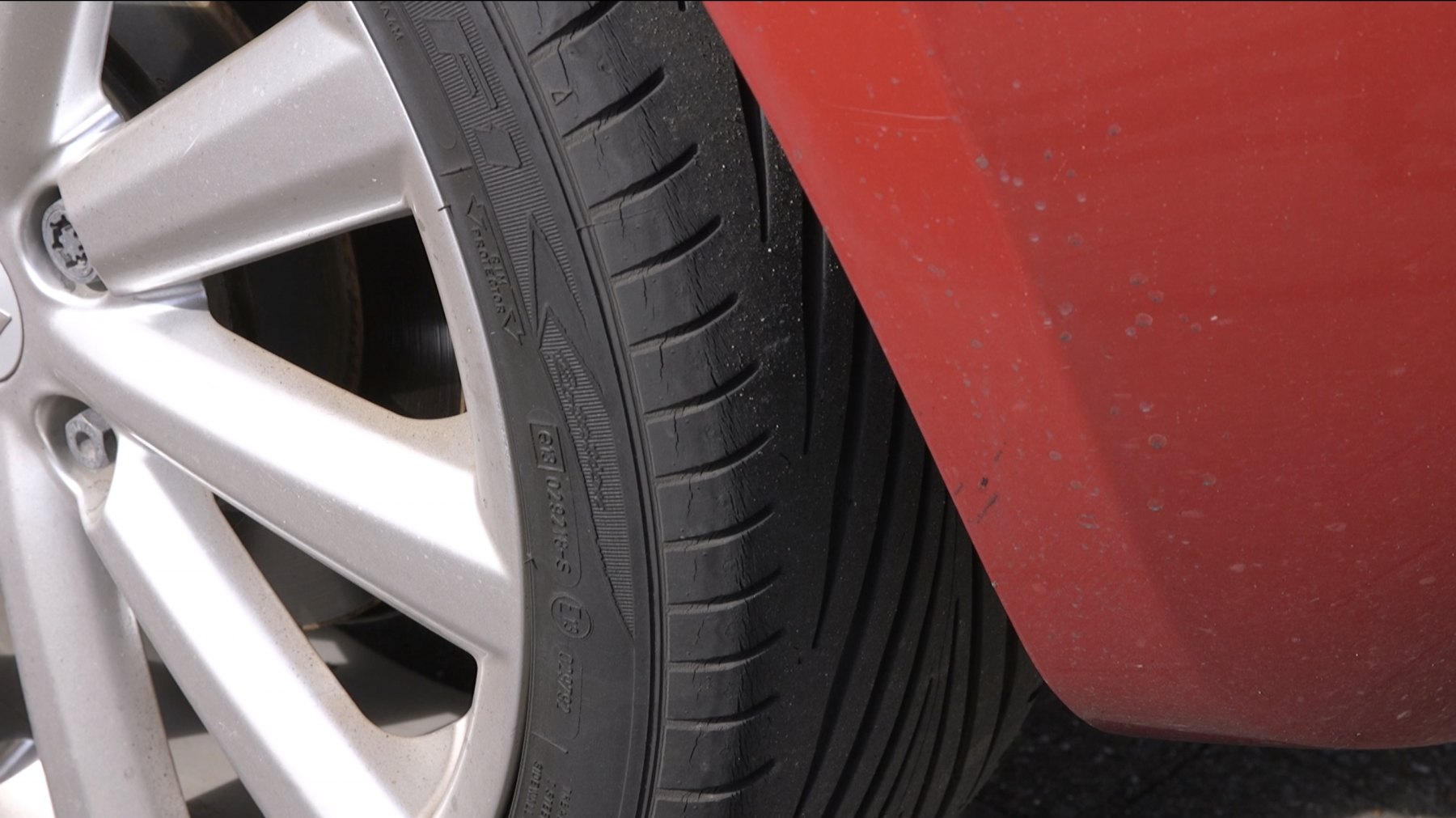 Find your right foot often pinned to the floor? Brake heavily? Corner hard? You’re probably doing some harm to your tyres.
Find your right foot often pinned to the floor? Brake heavily? Corner hard? You’re probably doing some harm to your tyres.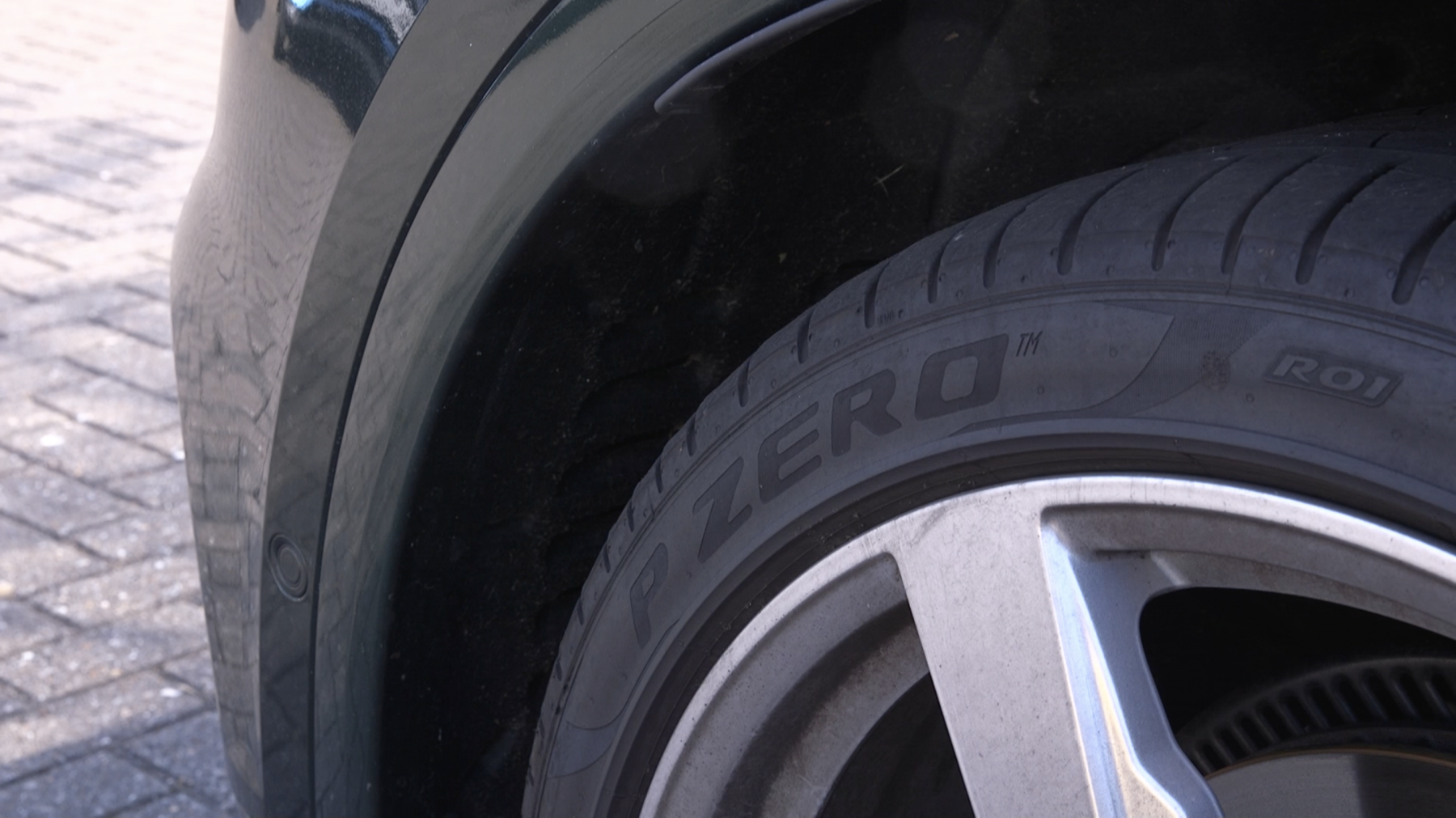 If your car’s wheels have gone out of alignment, the tyres will see more stress on a smaller contact patch. The result is quicker and uneven wear.
If your car’s wheels have gone out of alignment, the tyres will see more stress on a smaller contact patch. The result is quicker and uneven wear.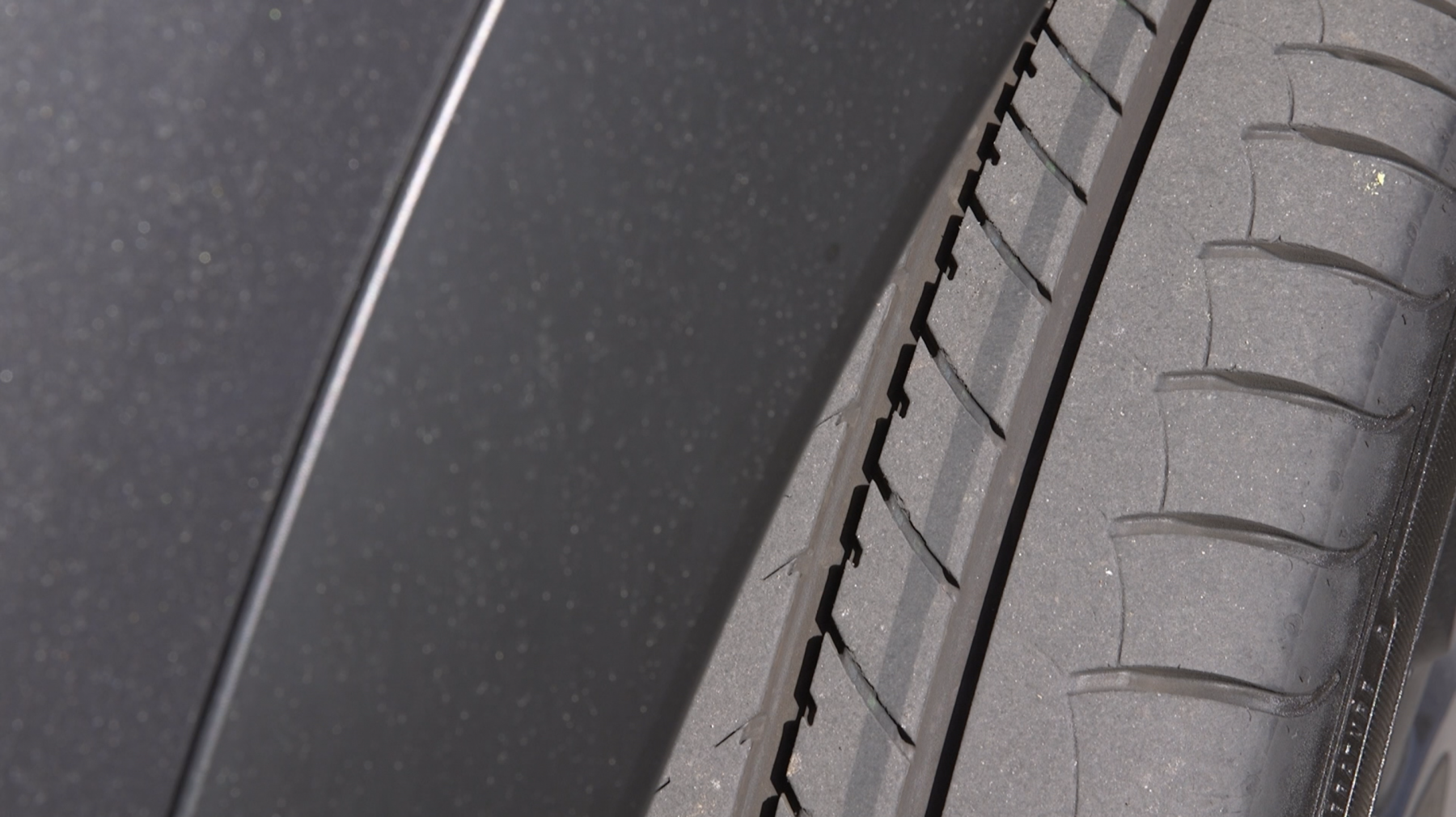 No matter how careful your driving style, new your tyres are or even if they’ve all been fitted at the same time — they’re going to wear unevenly.
No matter how careful your driving style, new your tyres are or even if they’ve all been fitted at the same time — they’re going to wear unevenly.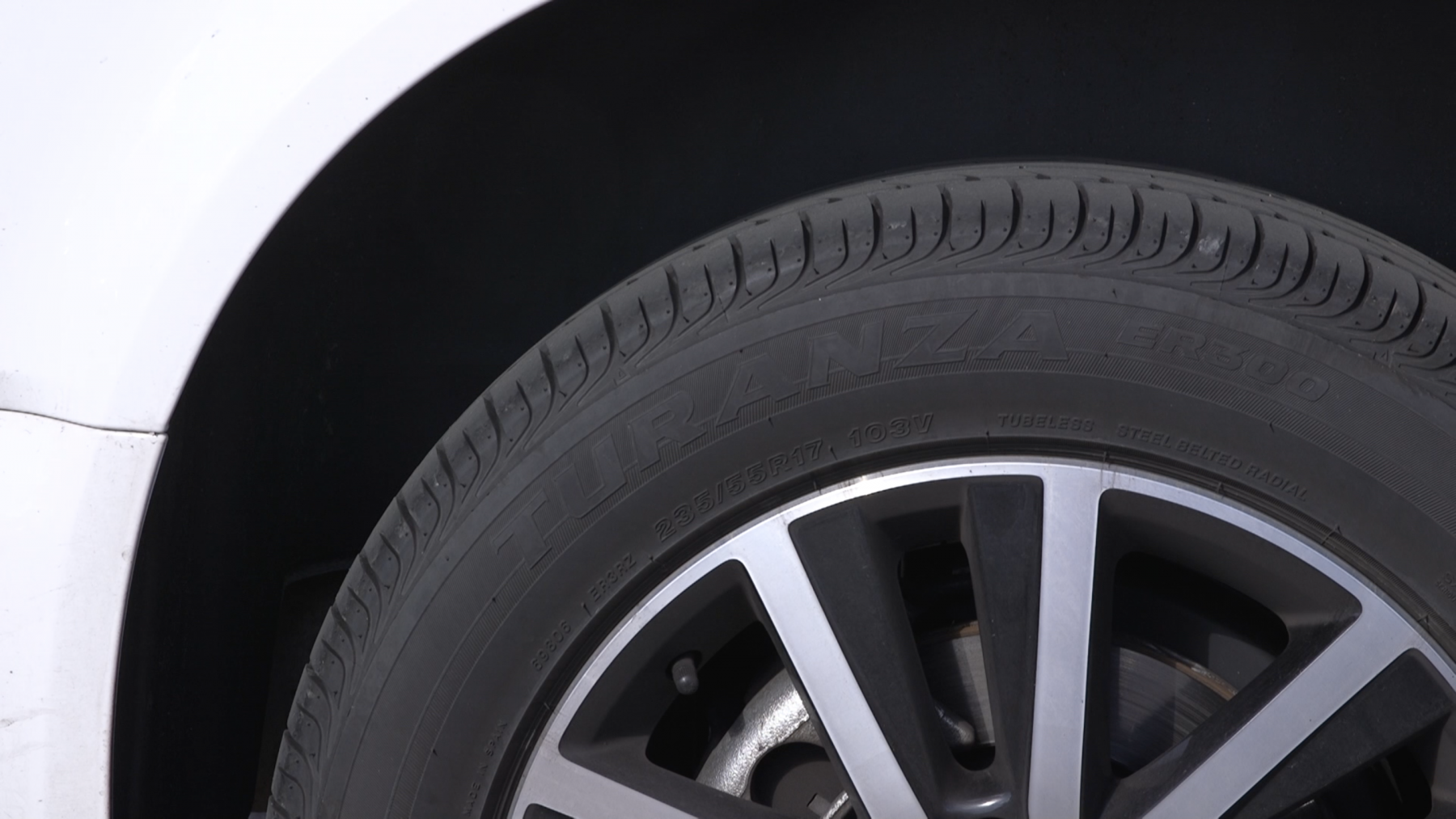 While all-season tyres can offer plenty of grip all year round, splashing out for season-specific tyres can keep prepared for all eventualities.
While all-season tyres can offer plenty of grip all year round, splashing out for season-specific tyres can keep prepared for all eventualities.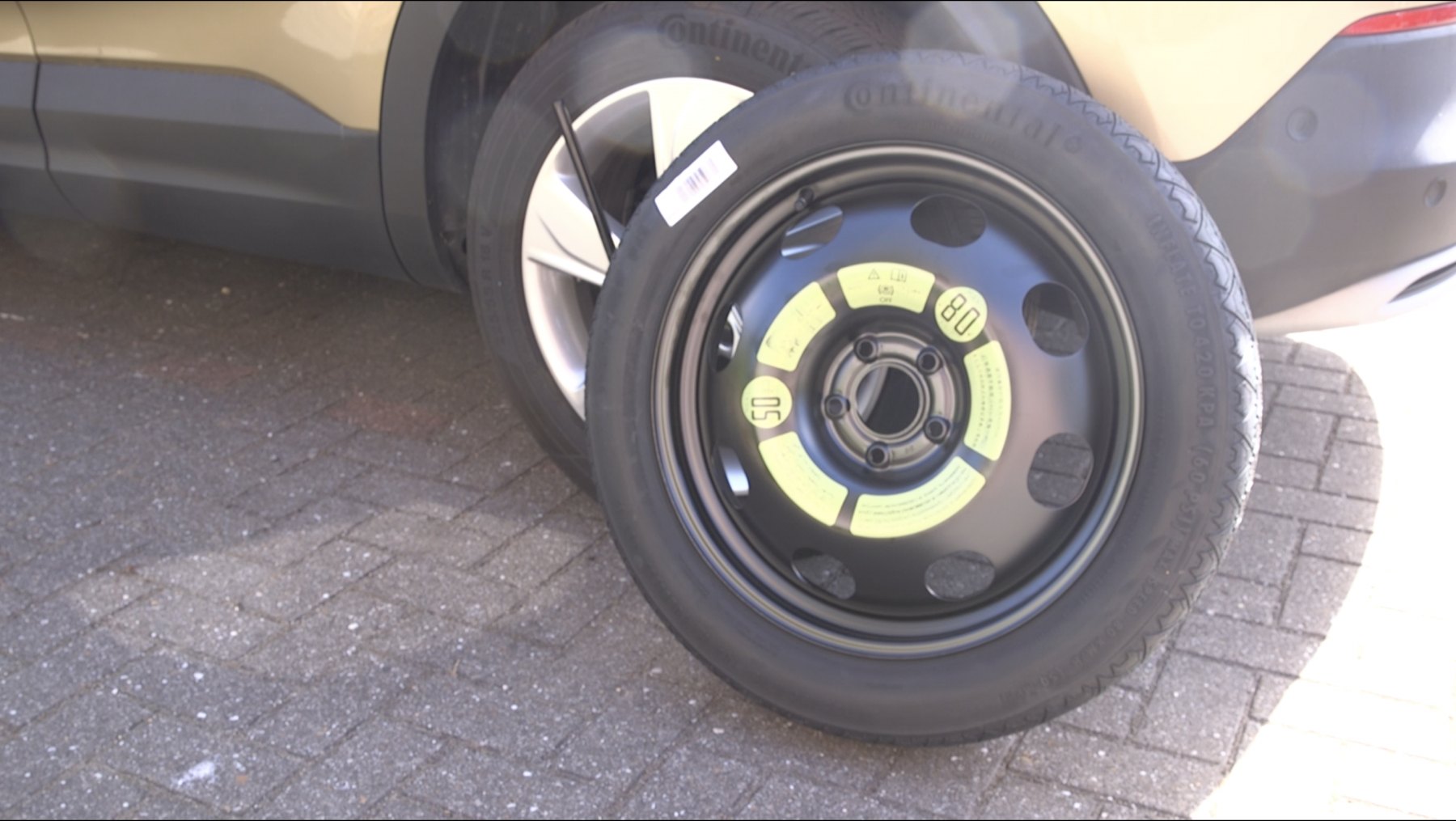 It’s easy to forget about looking after a spare tyre — after all, you’ll ideally never have to use it.
It’s easy to forget about looking after a spare tyre — after all, you’ll ideally never have to use it.